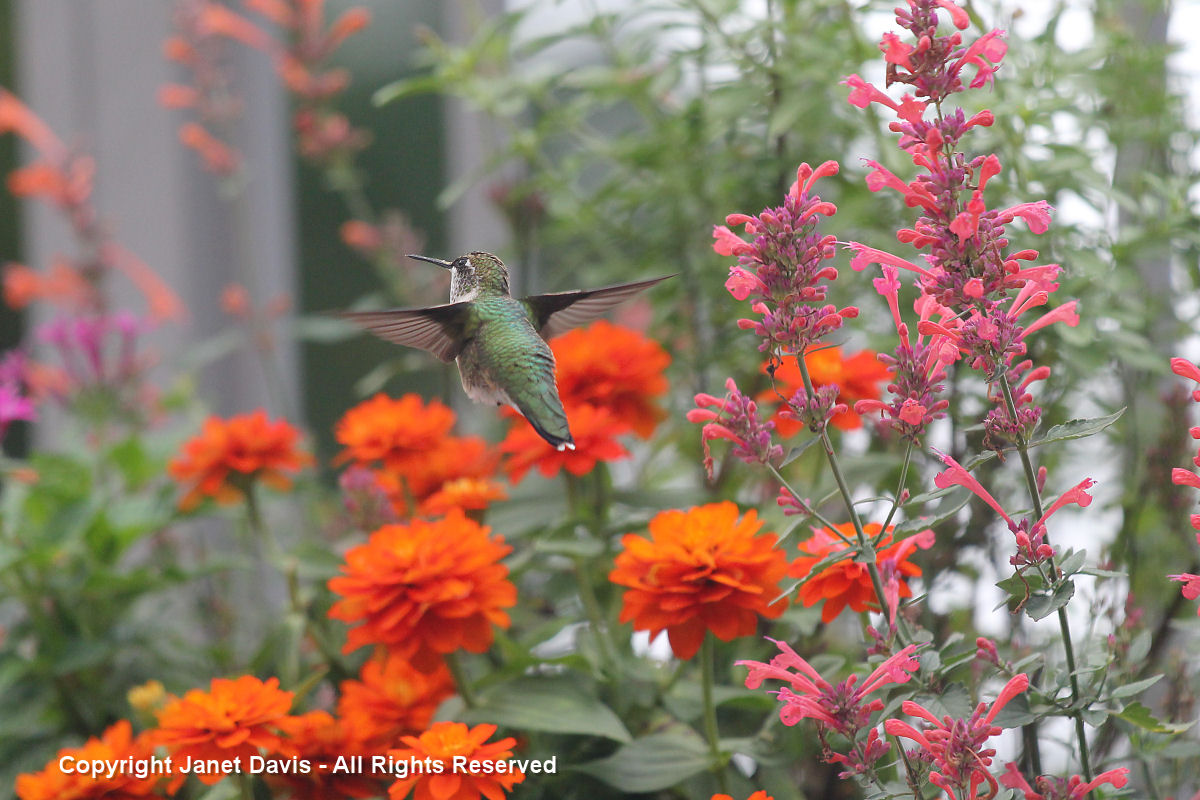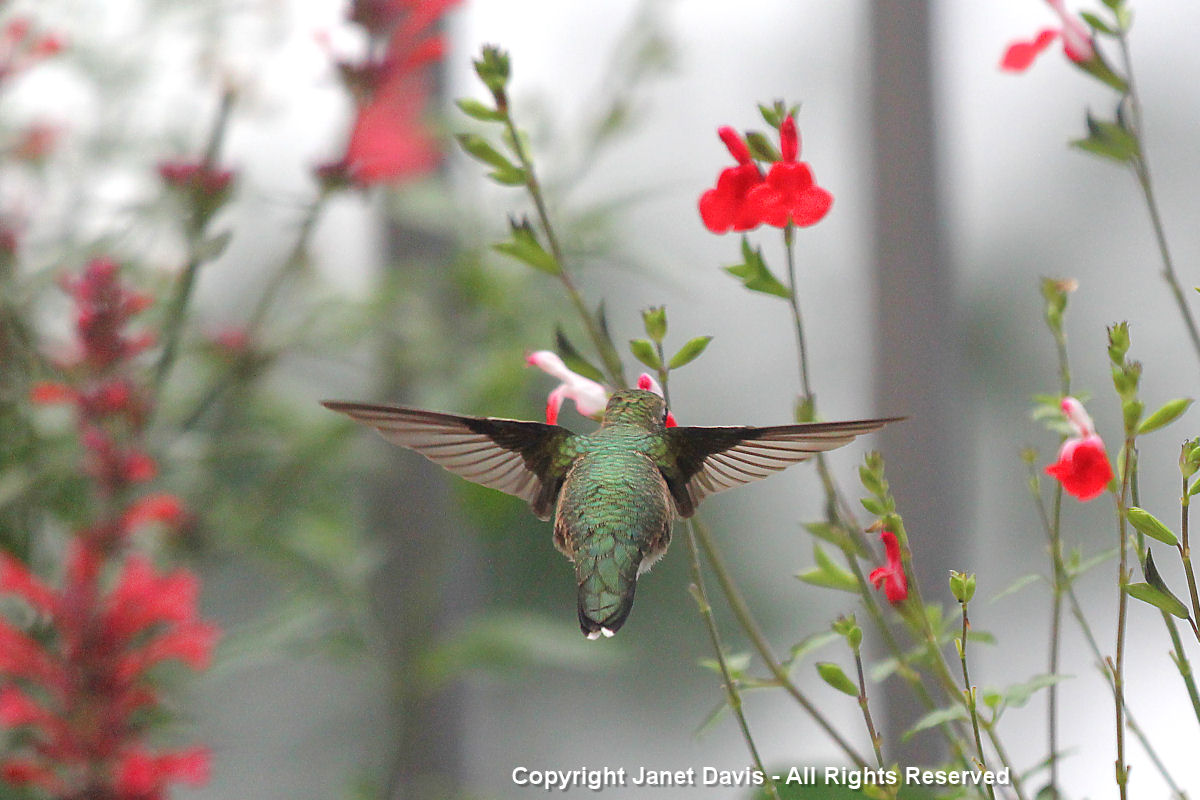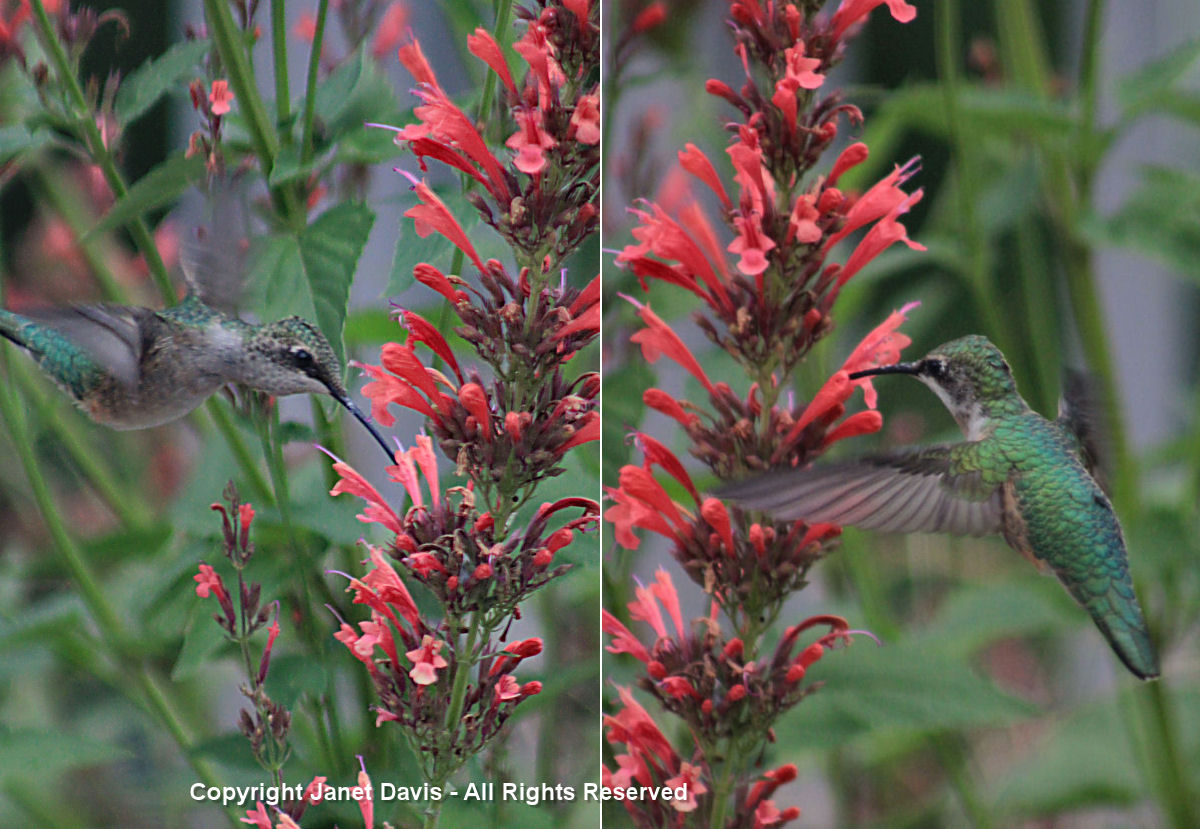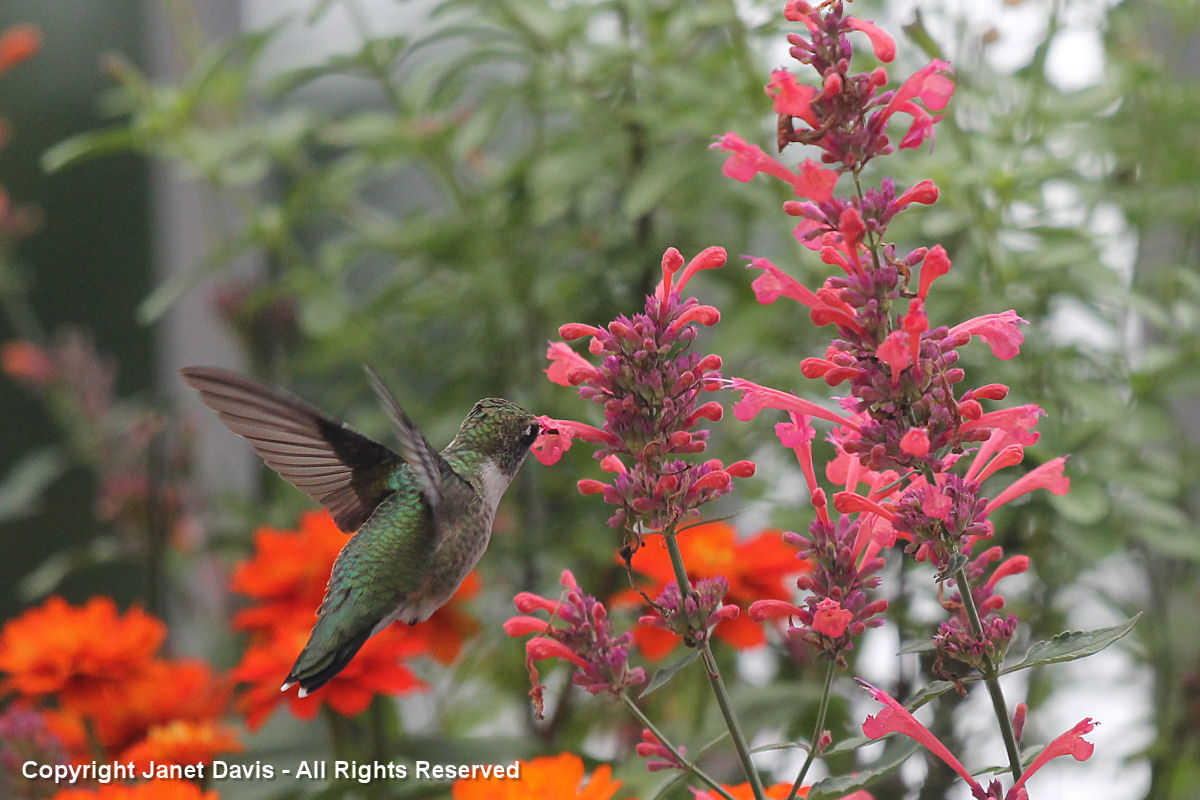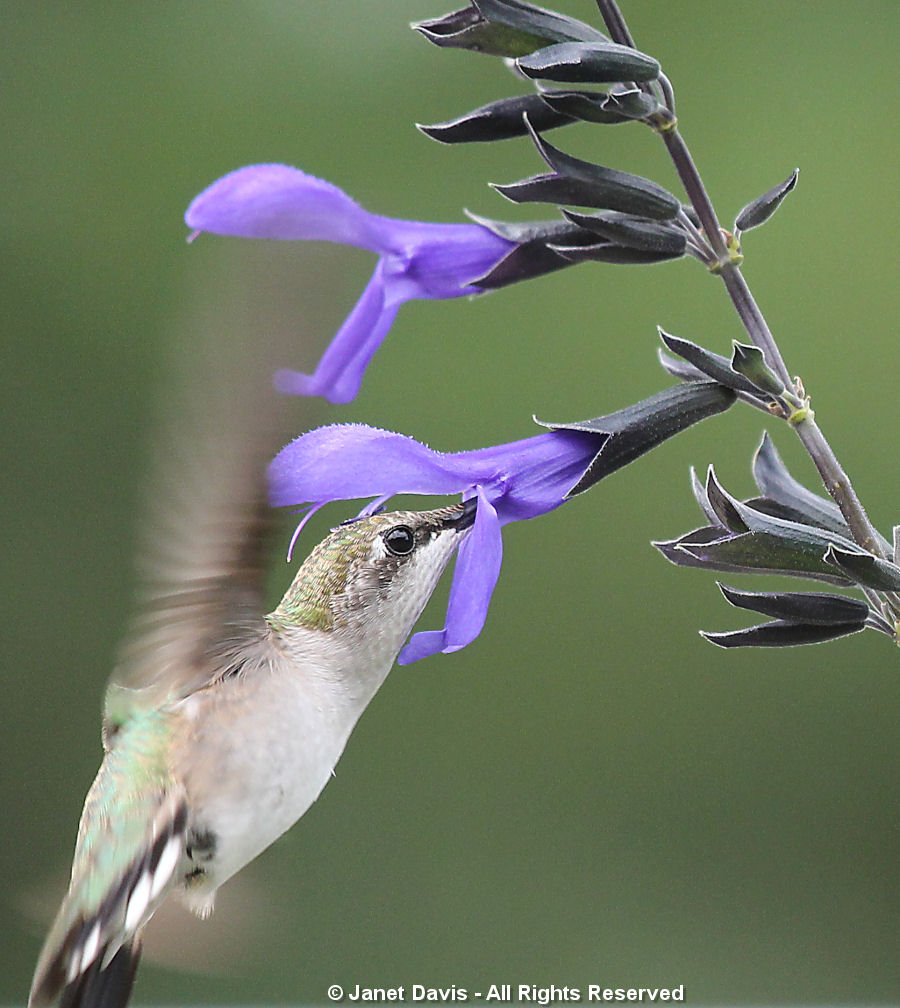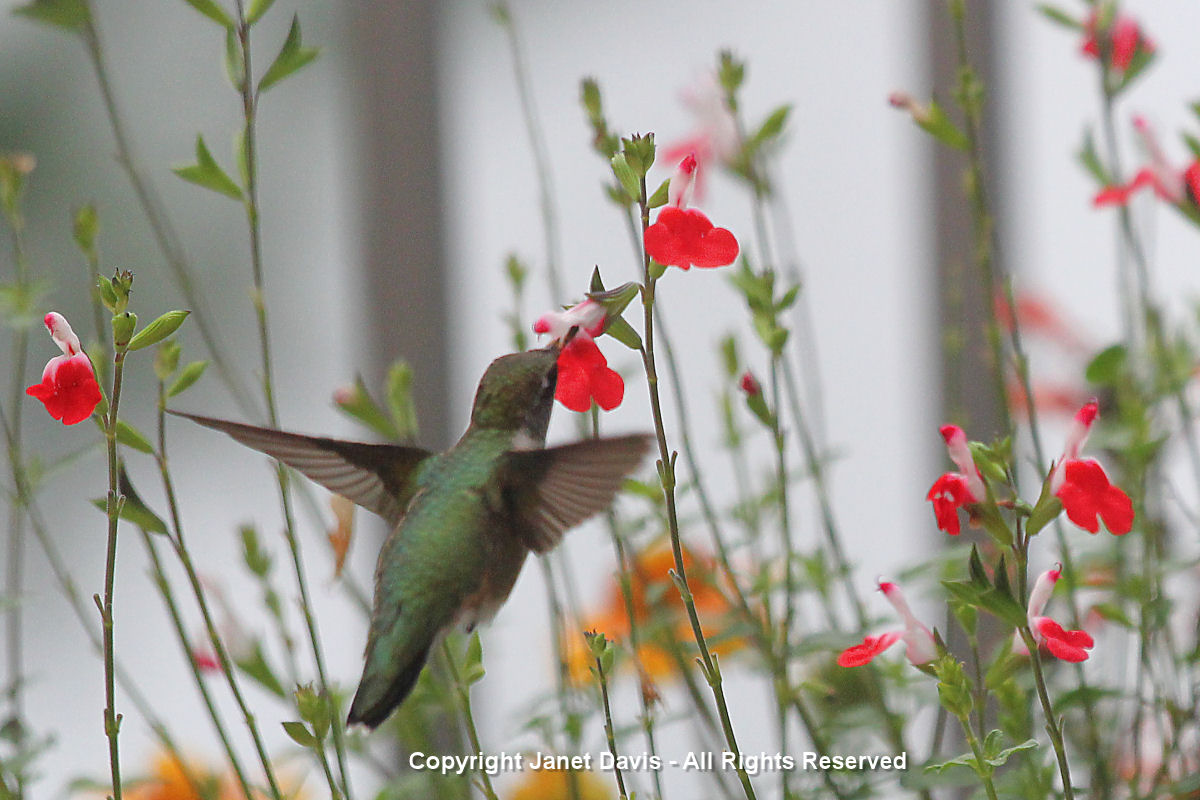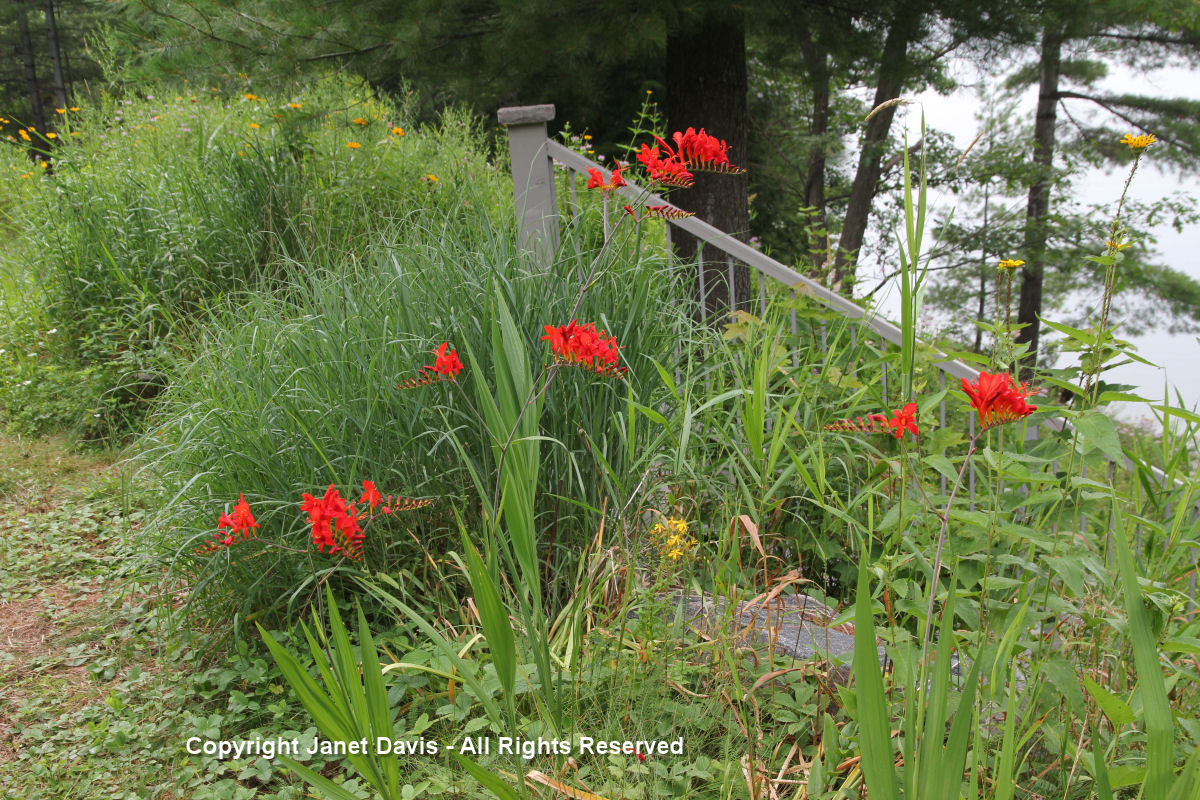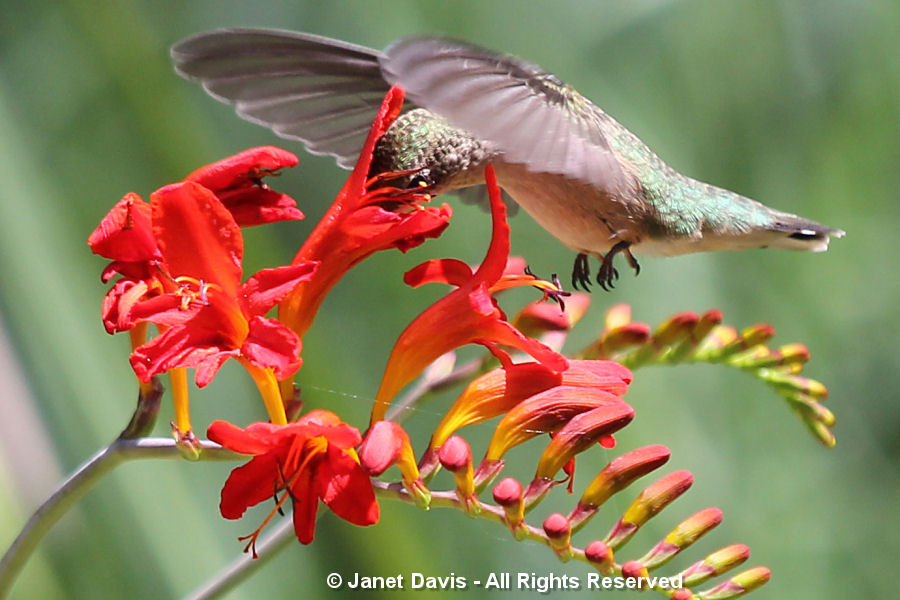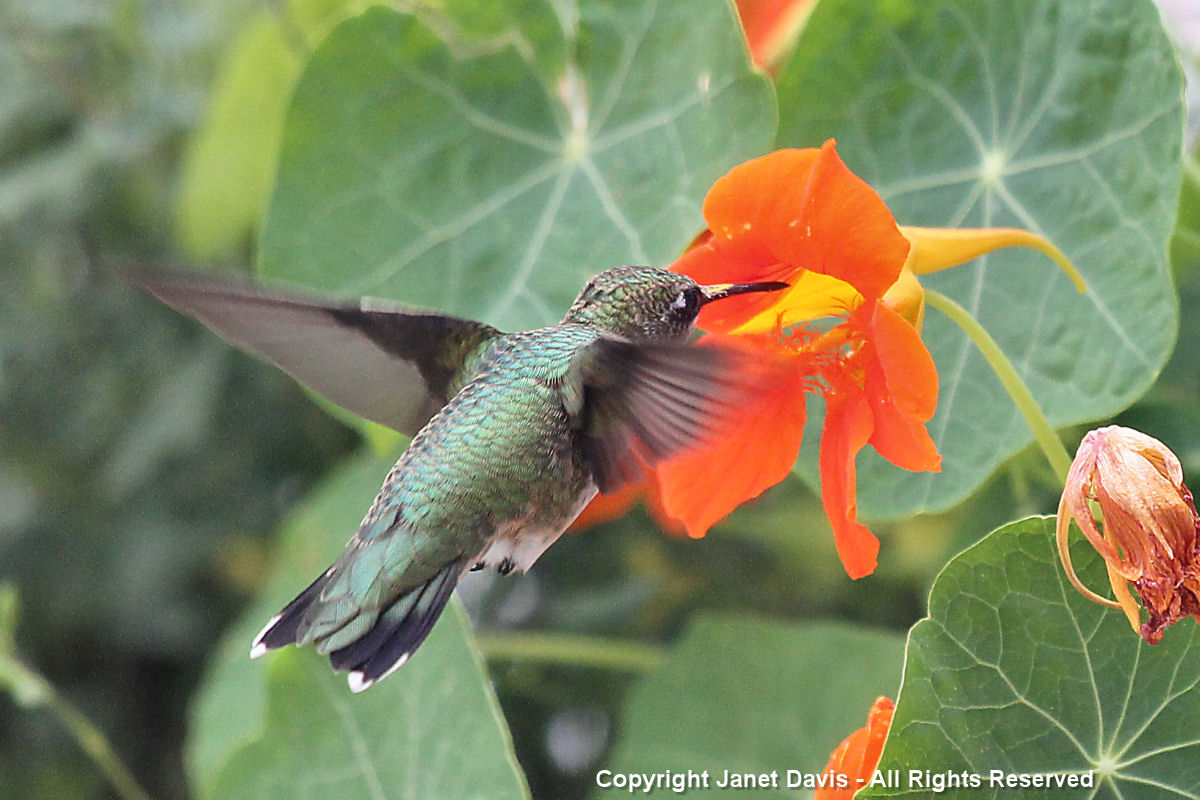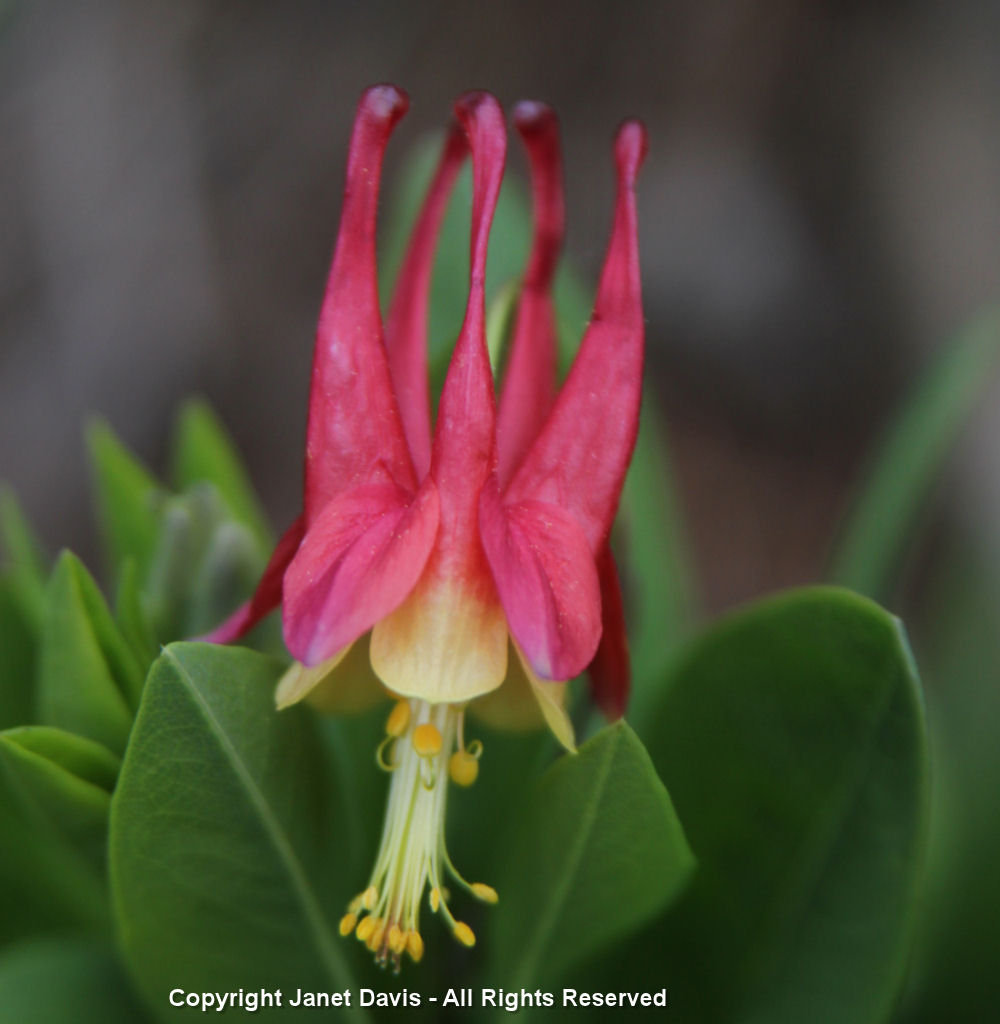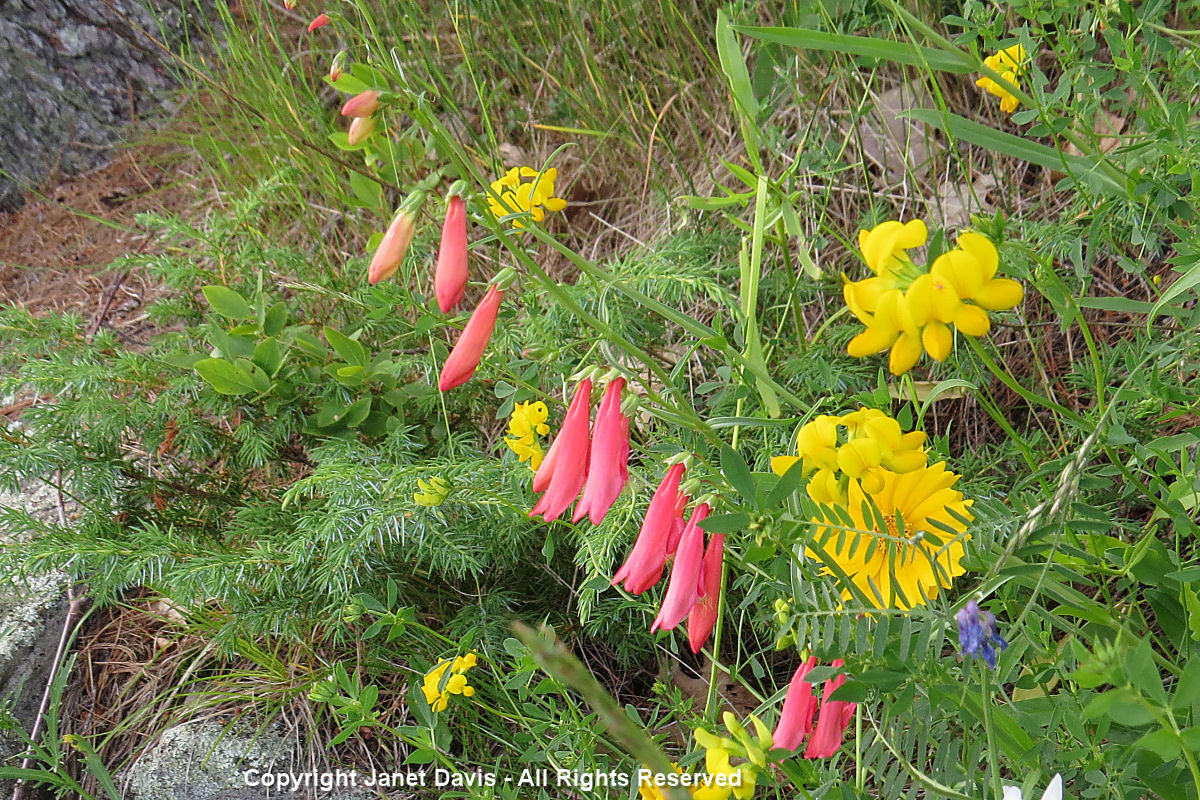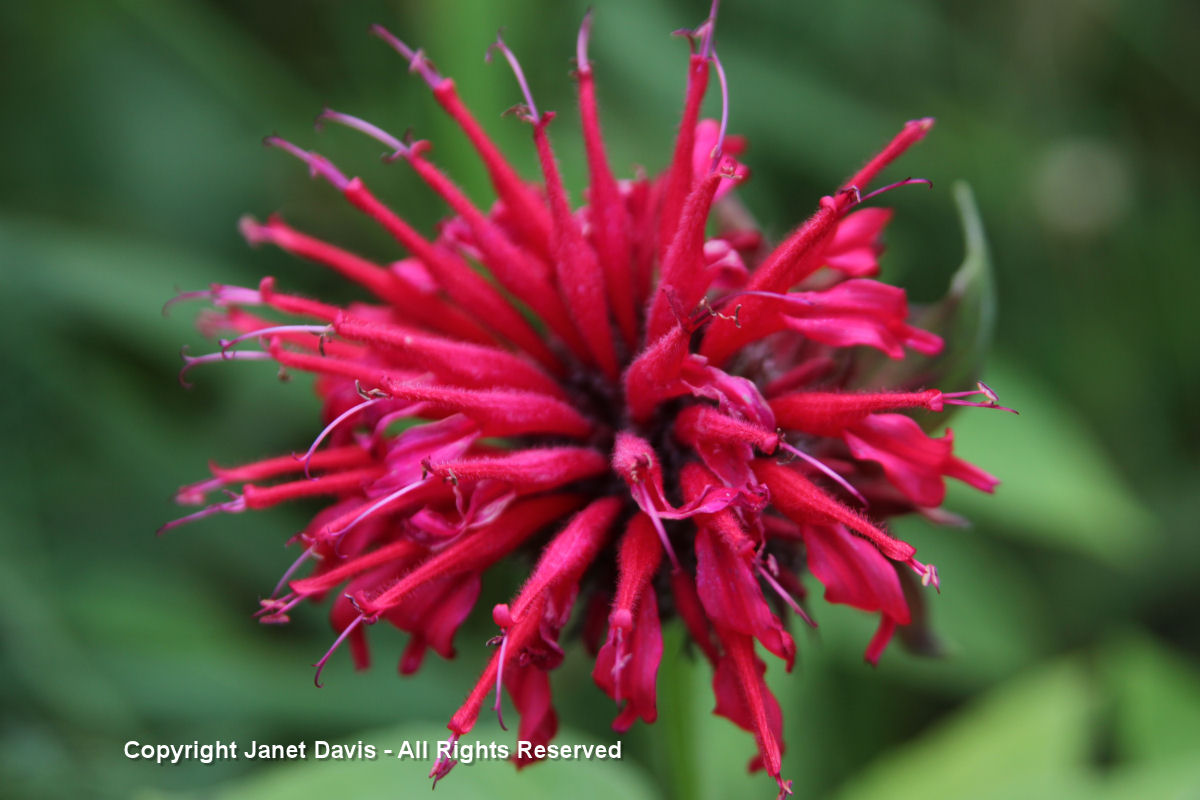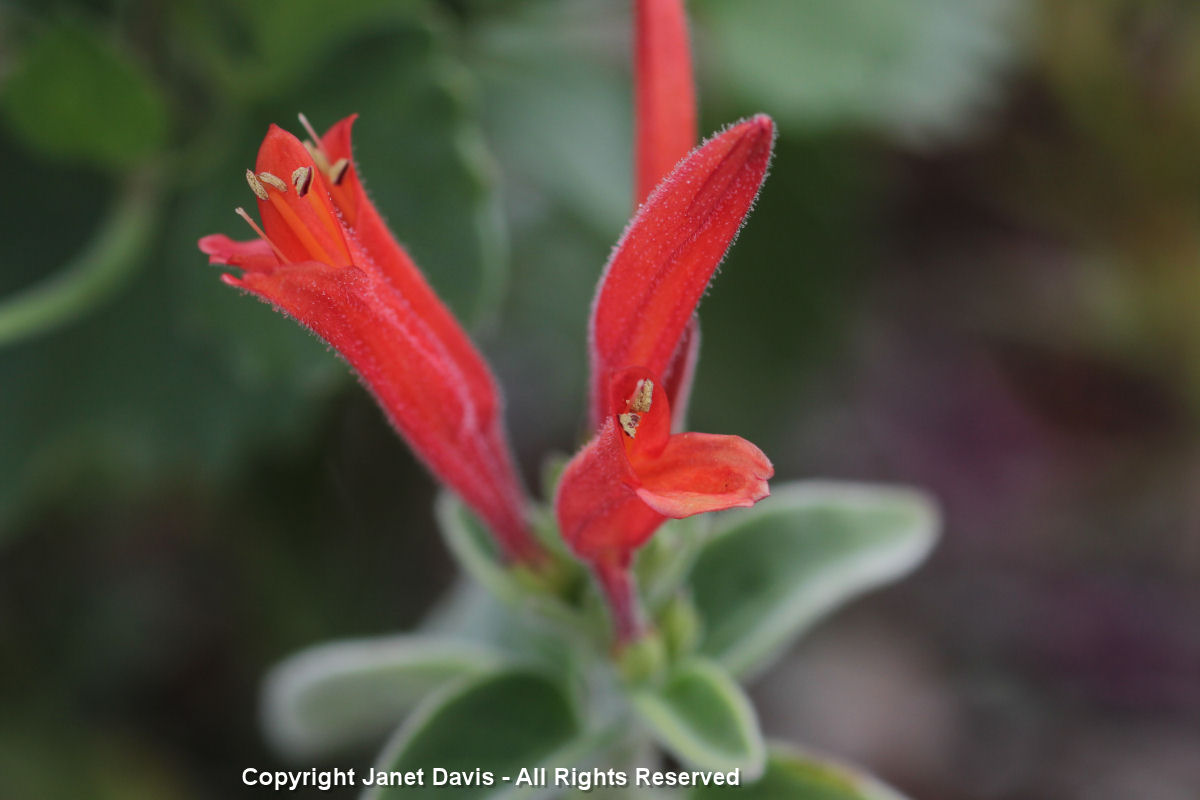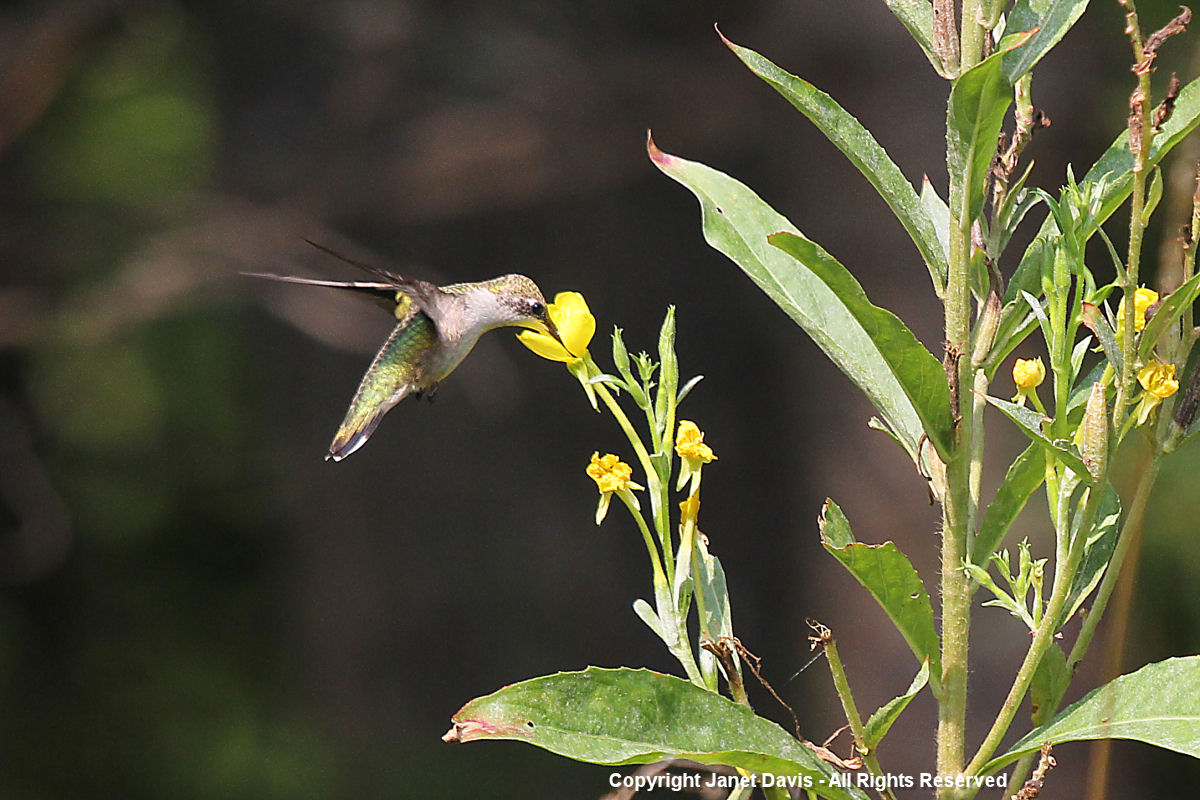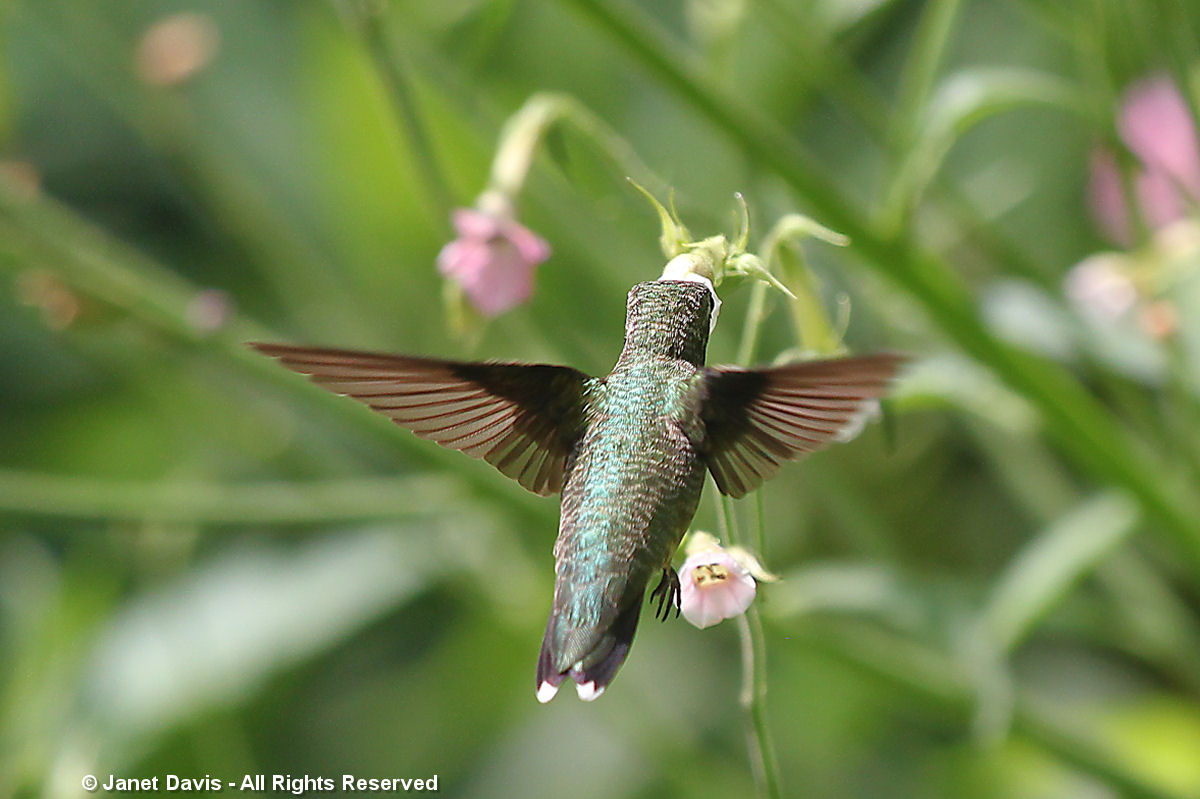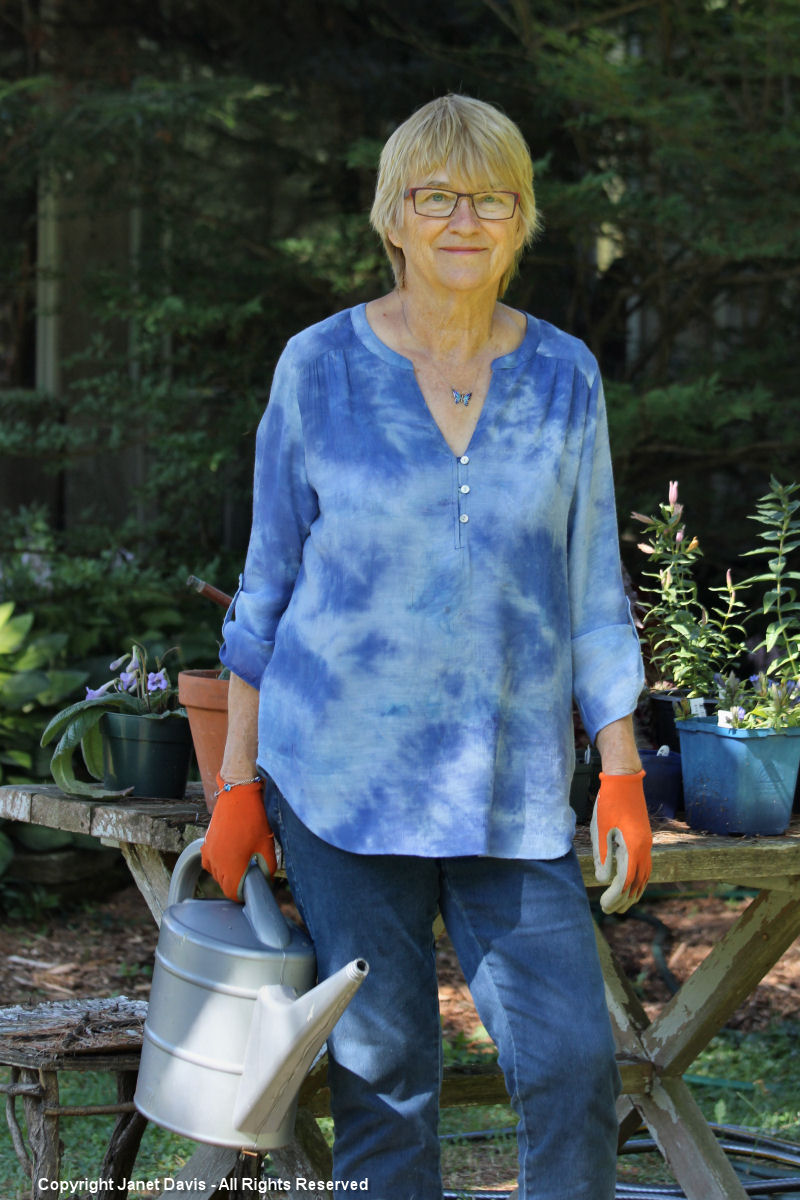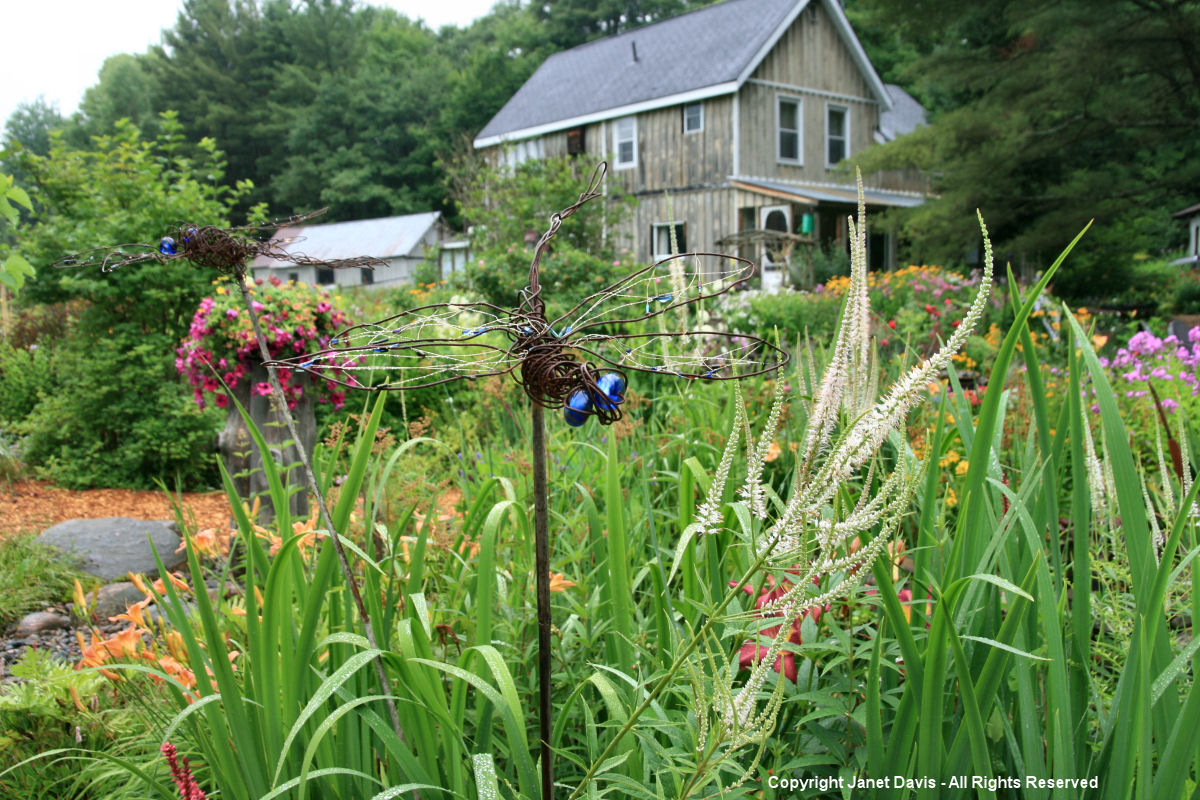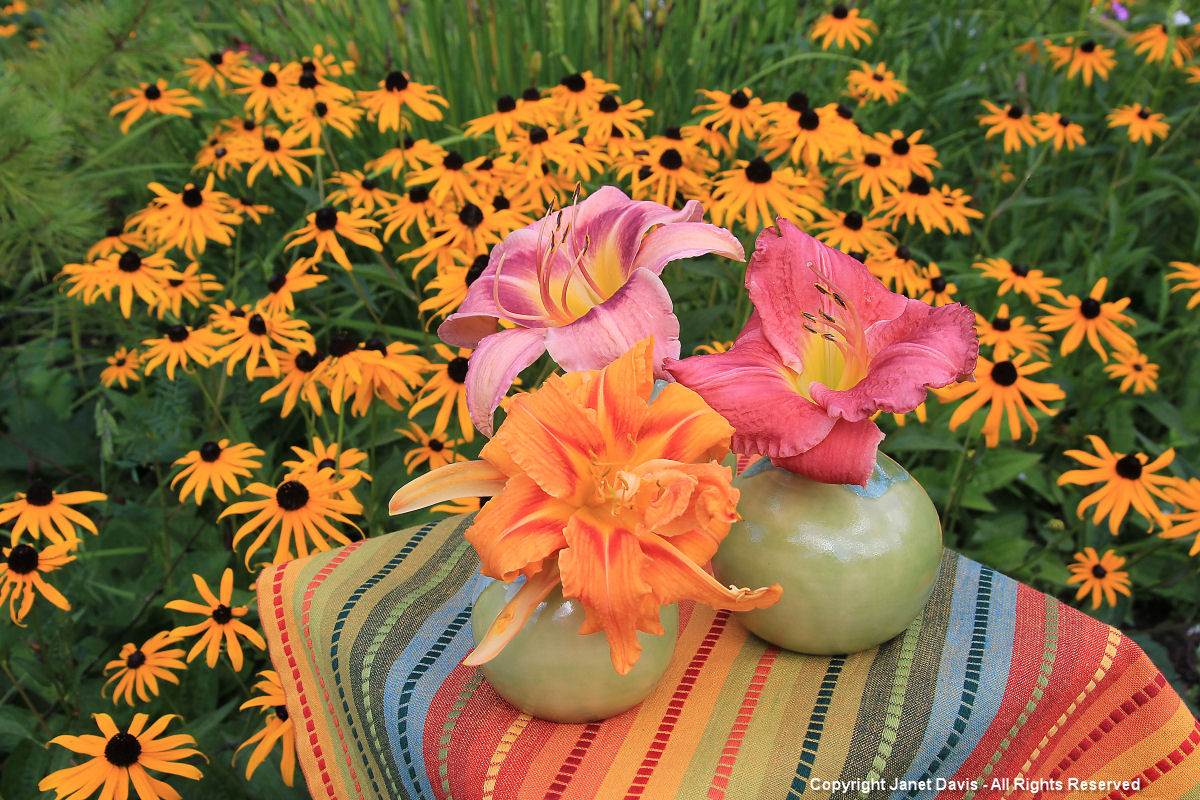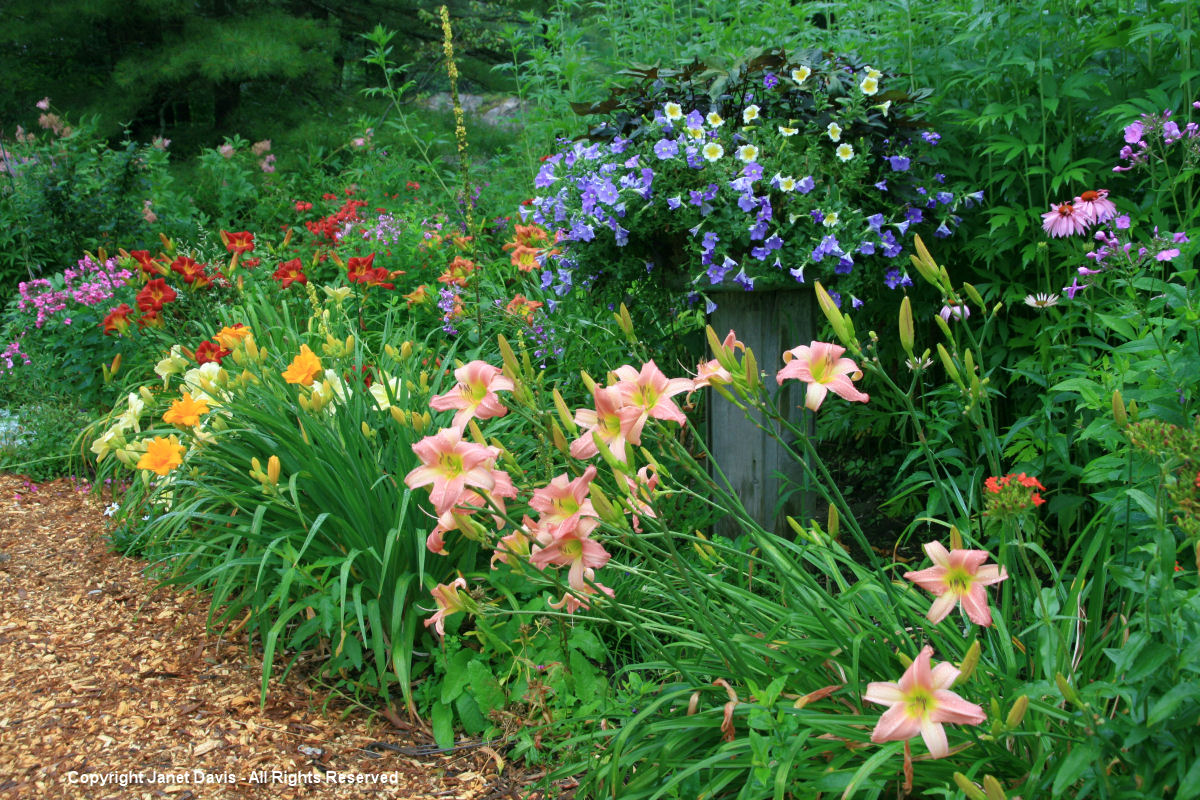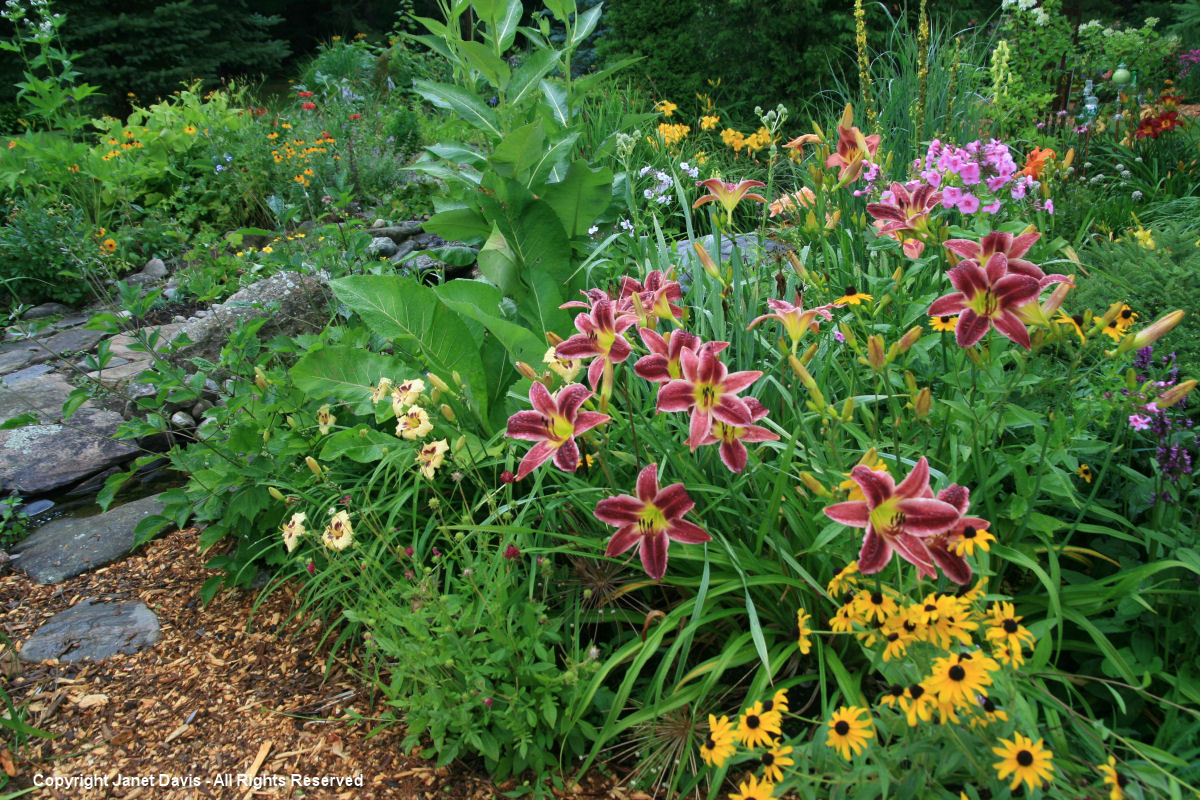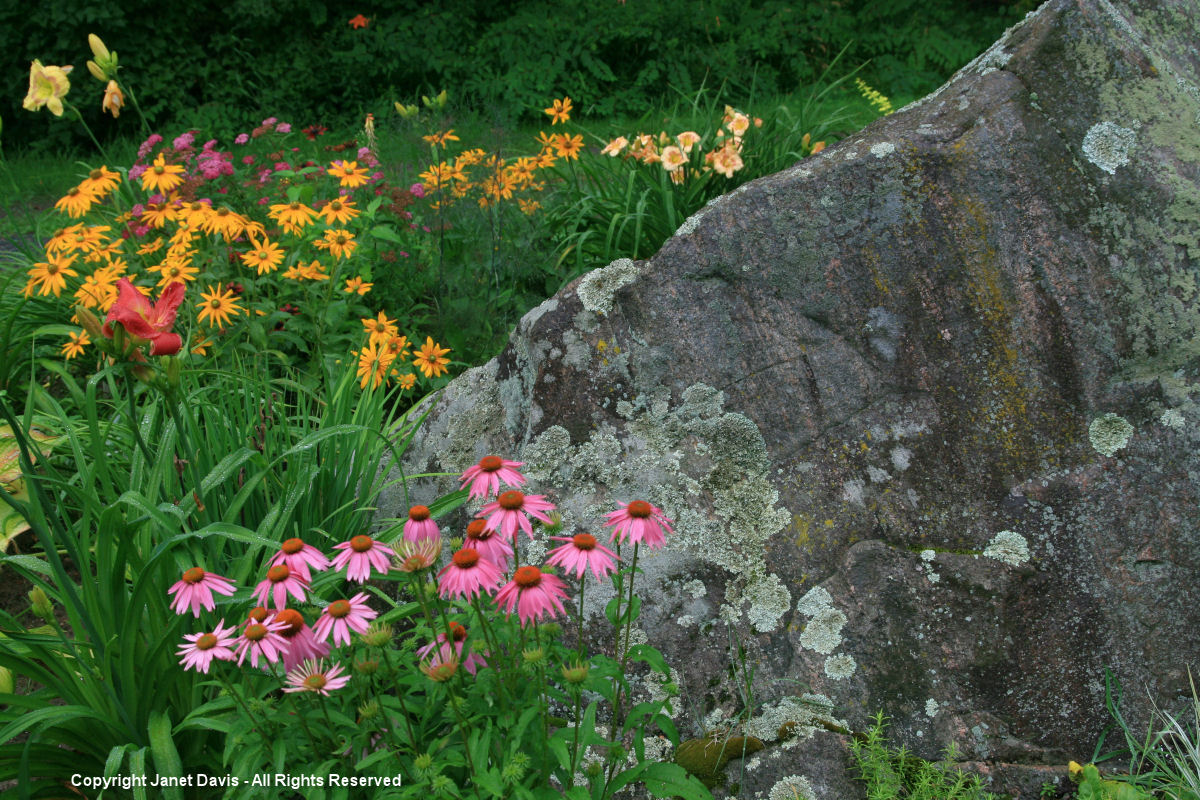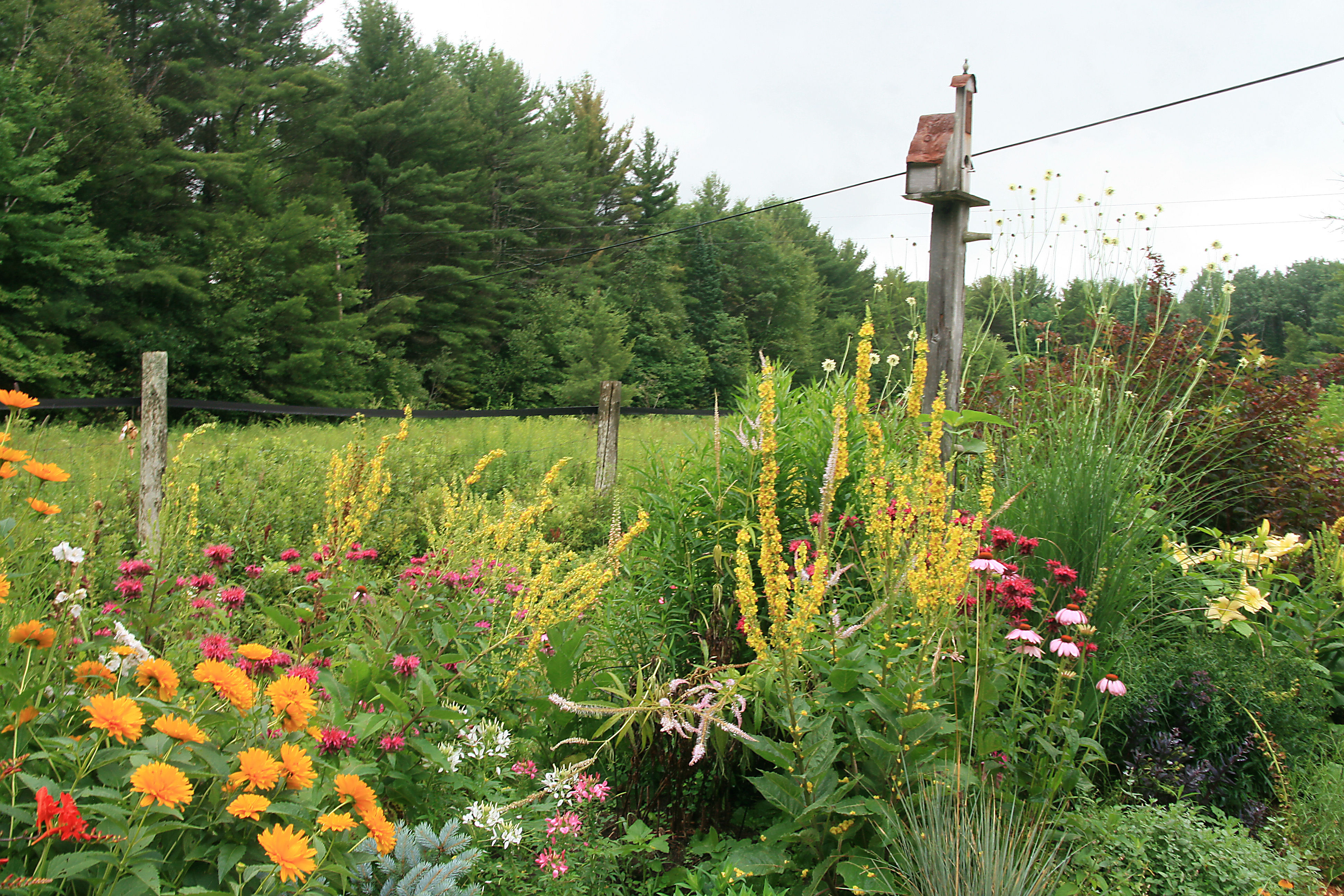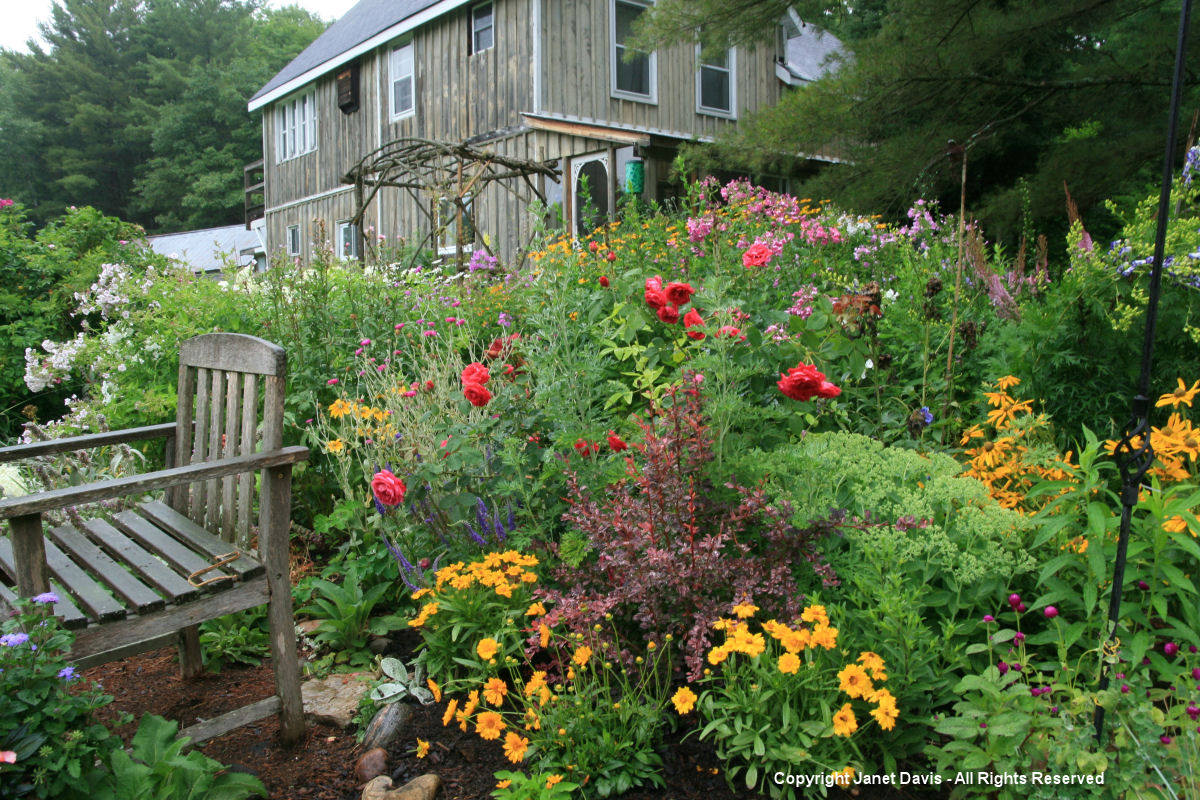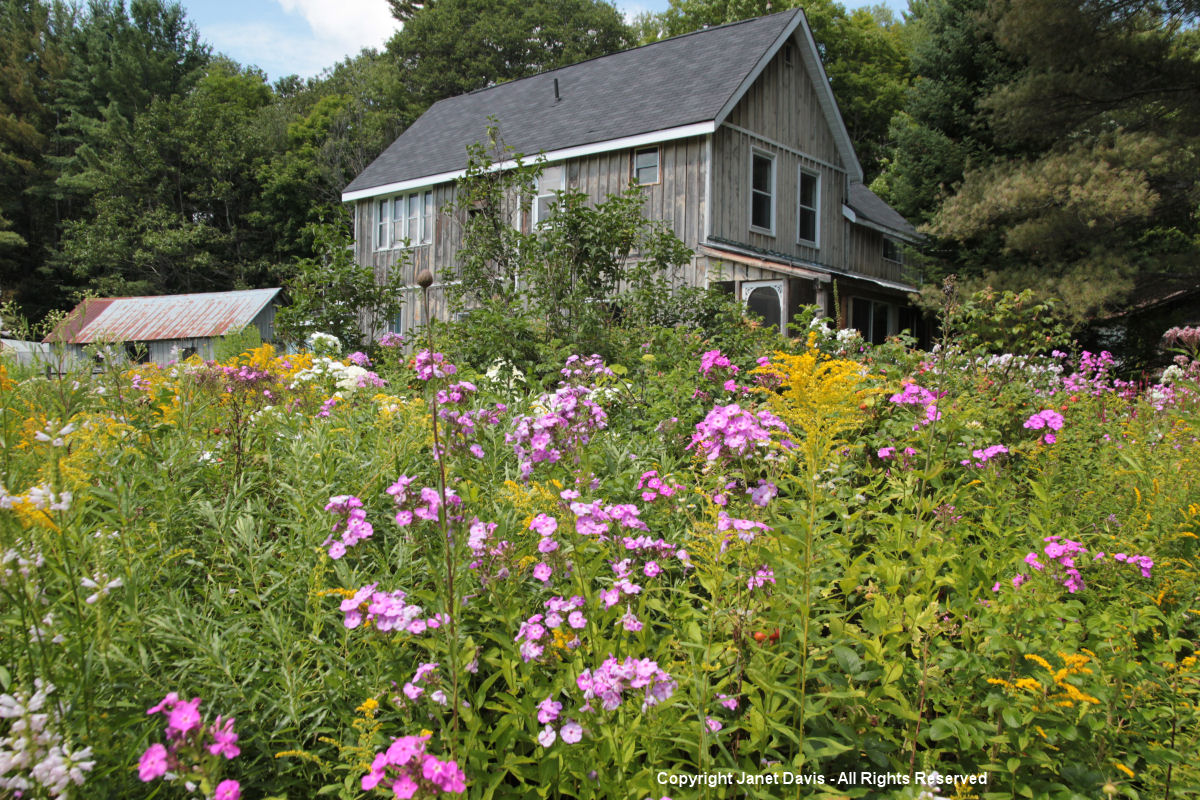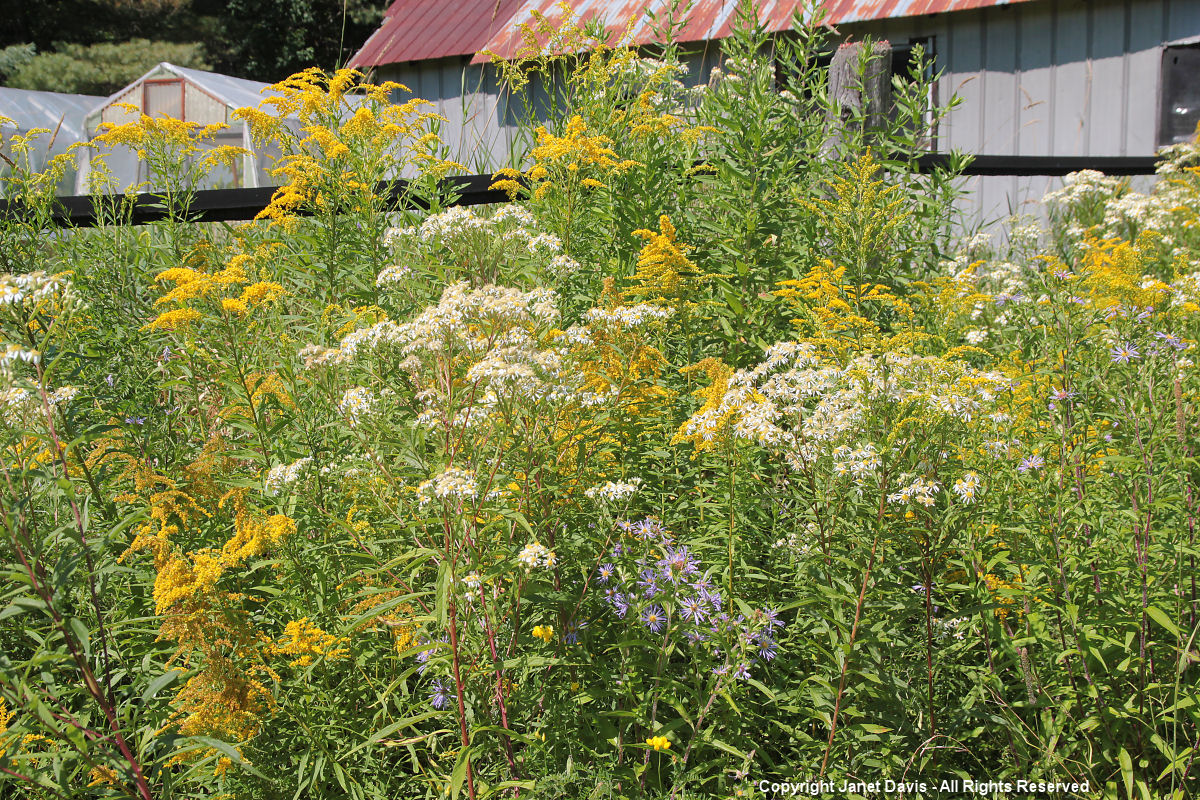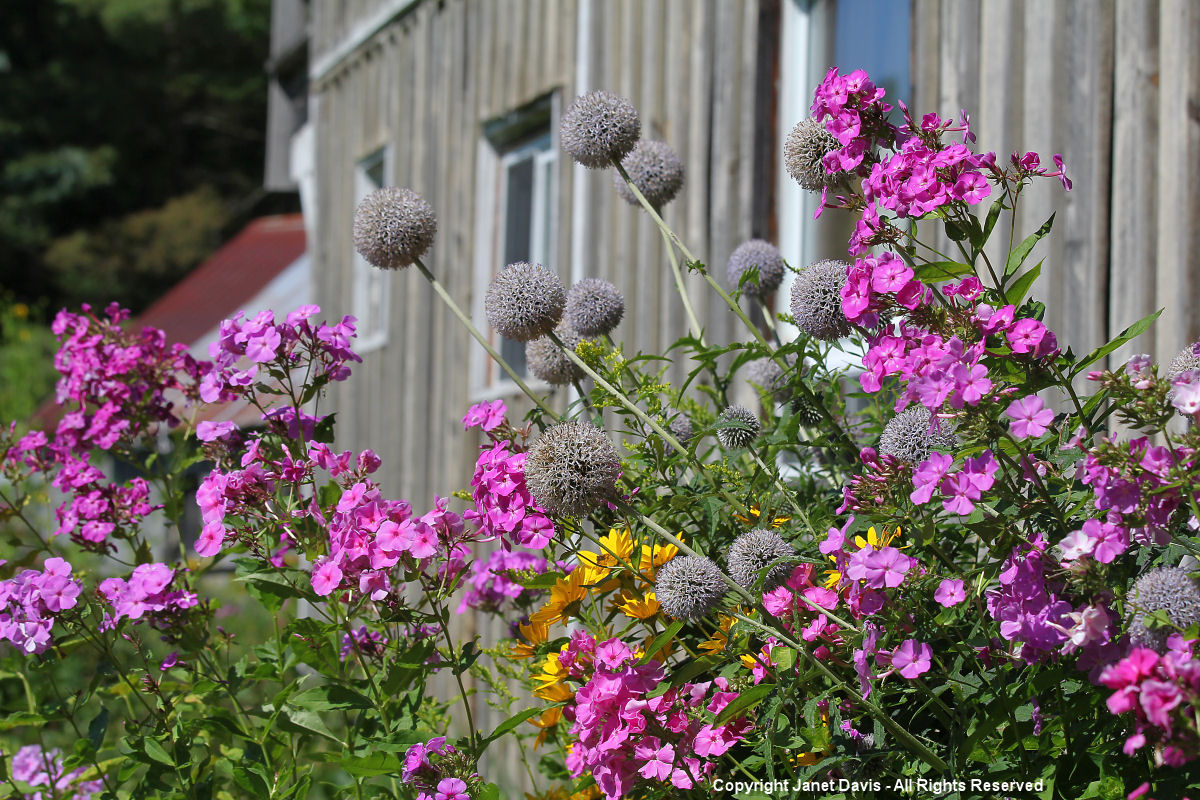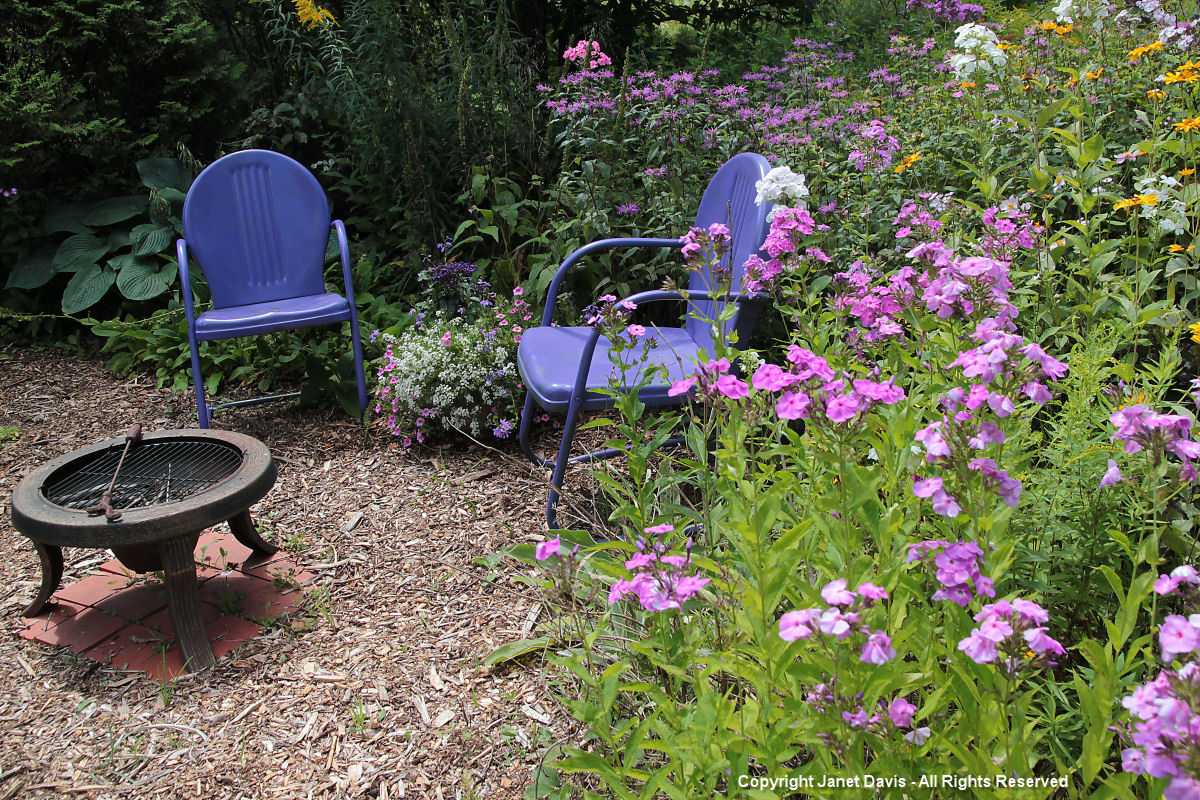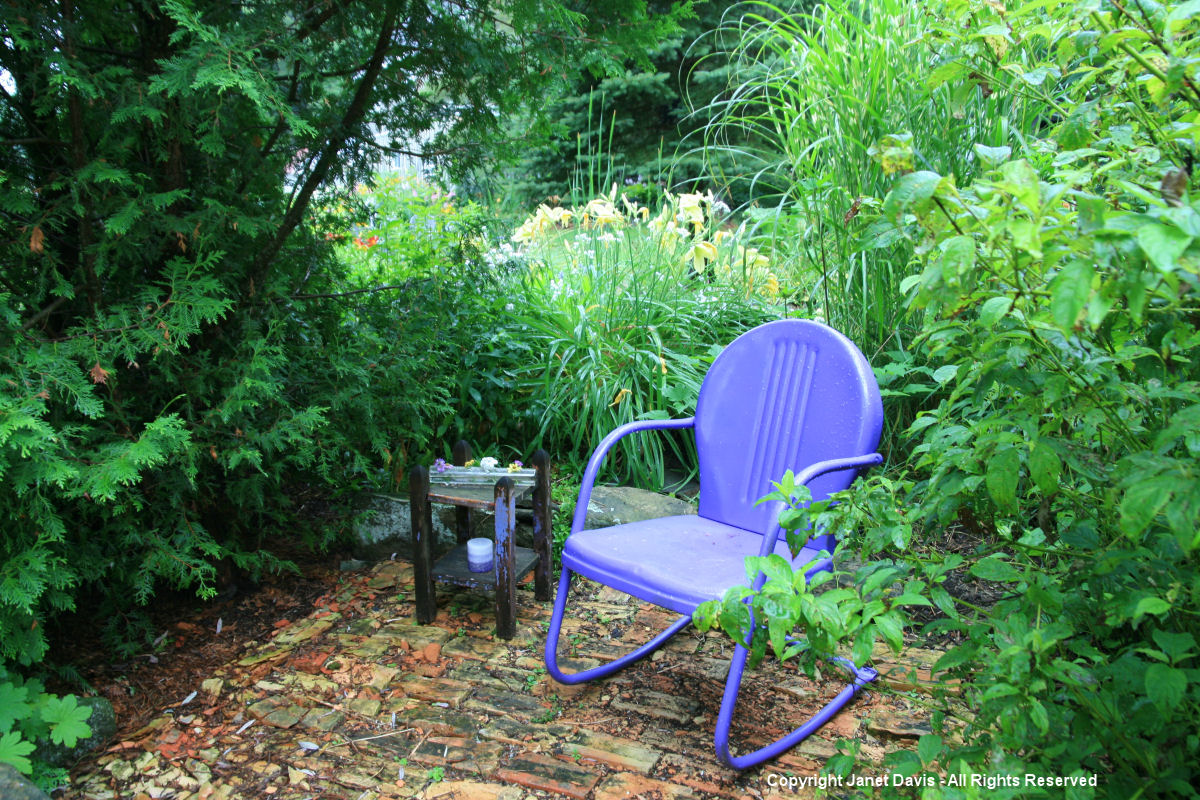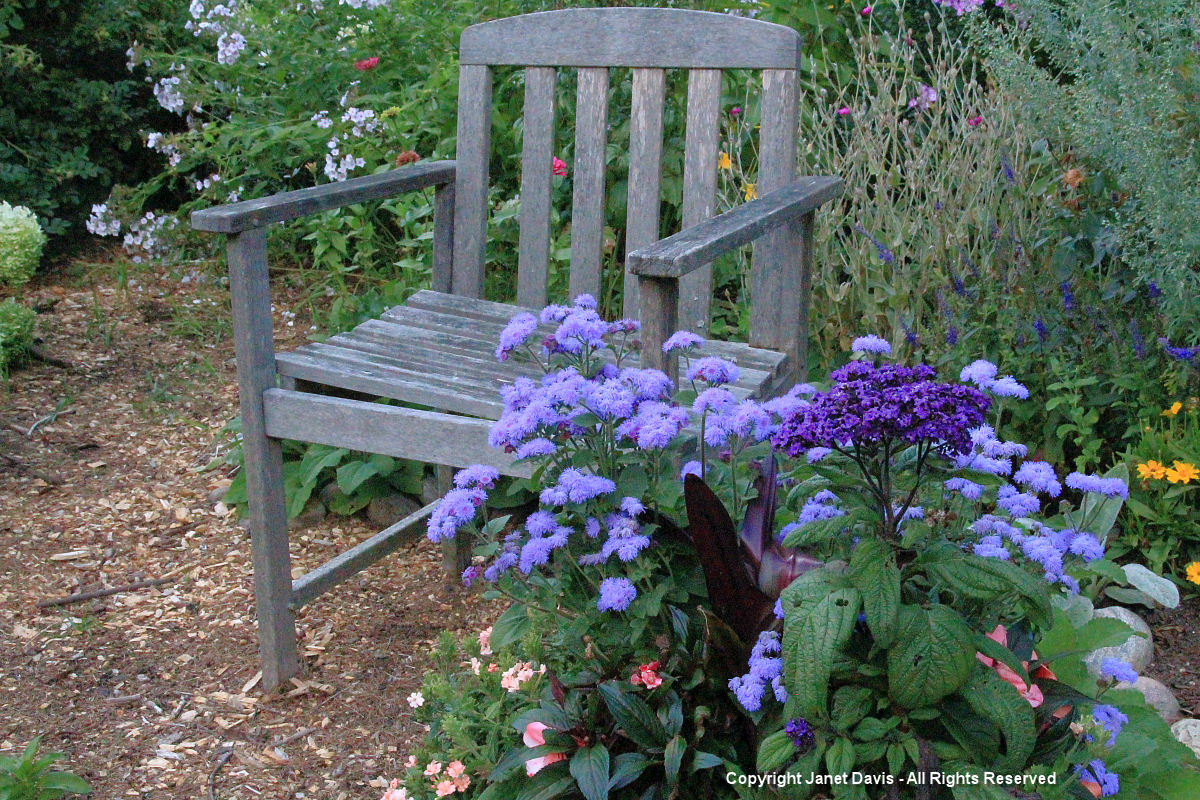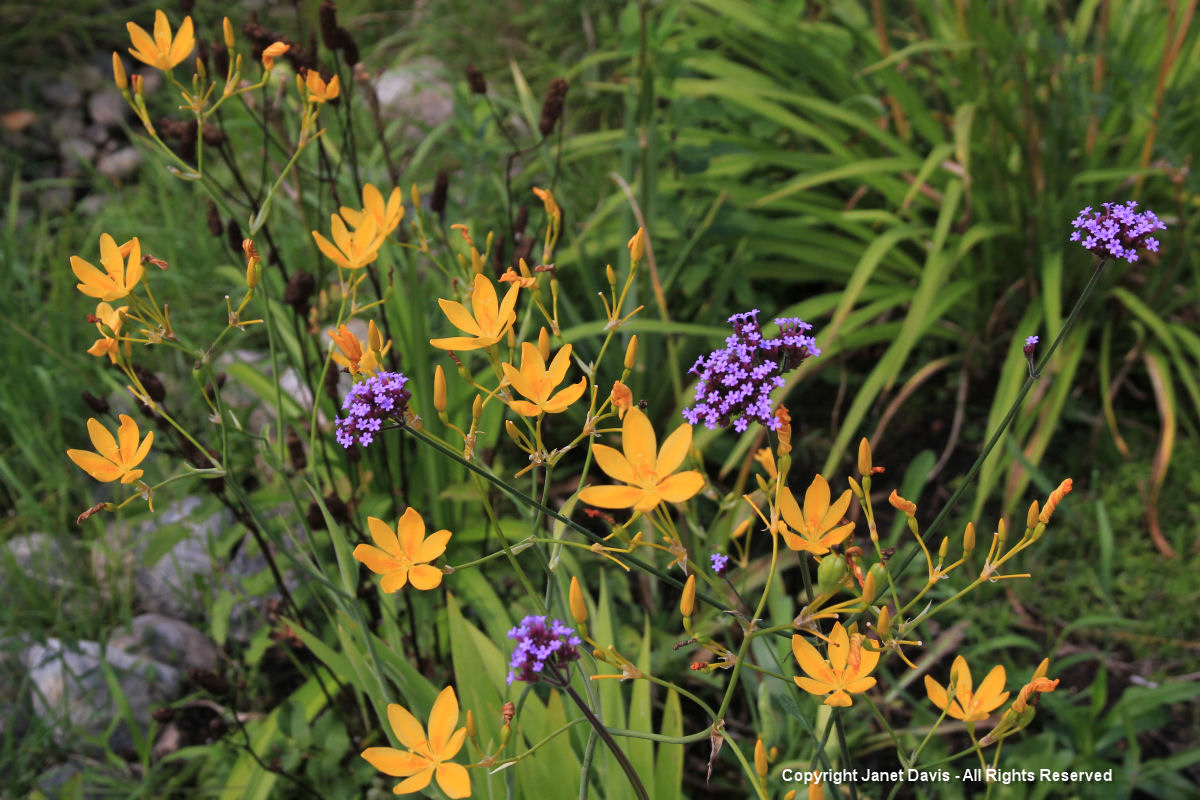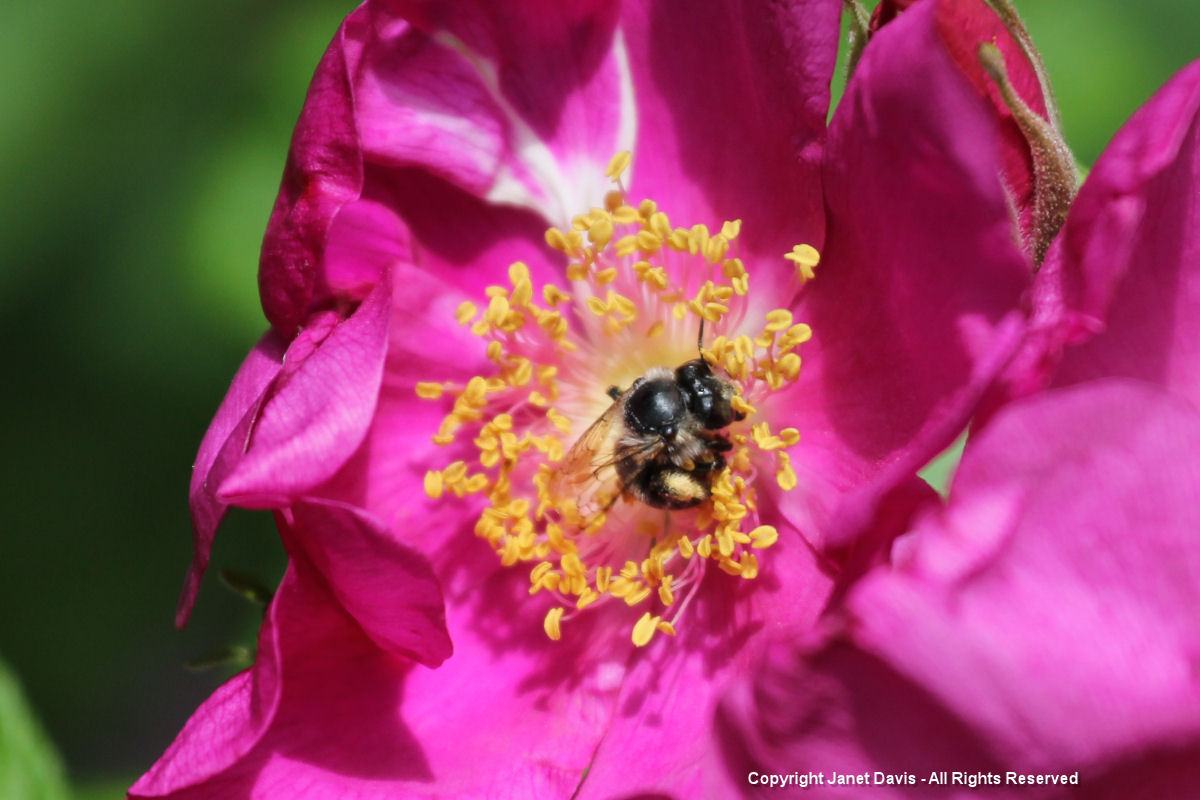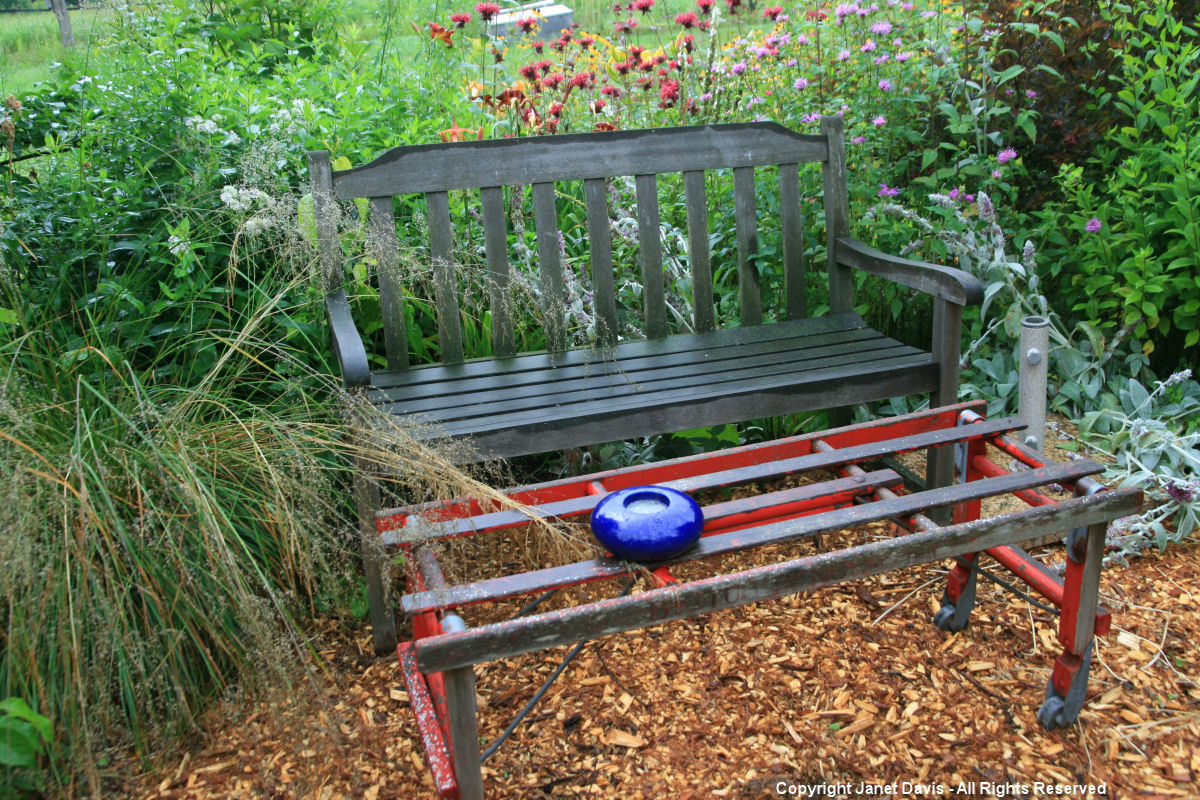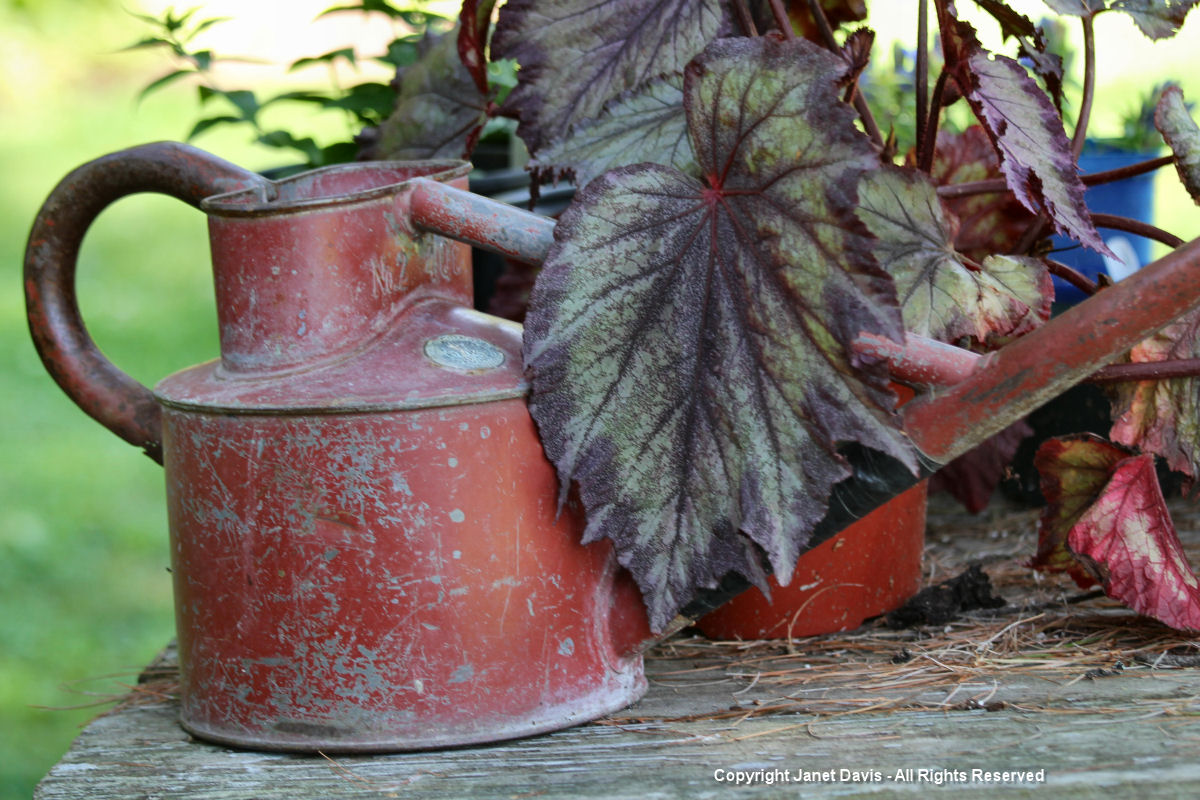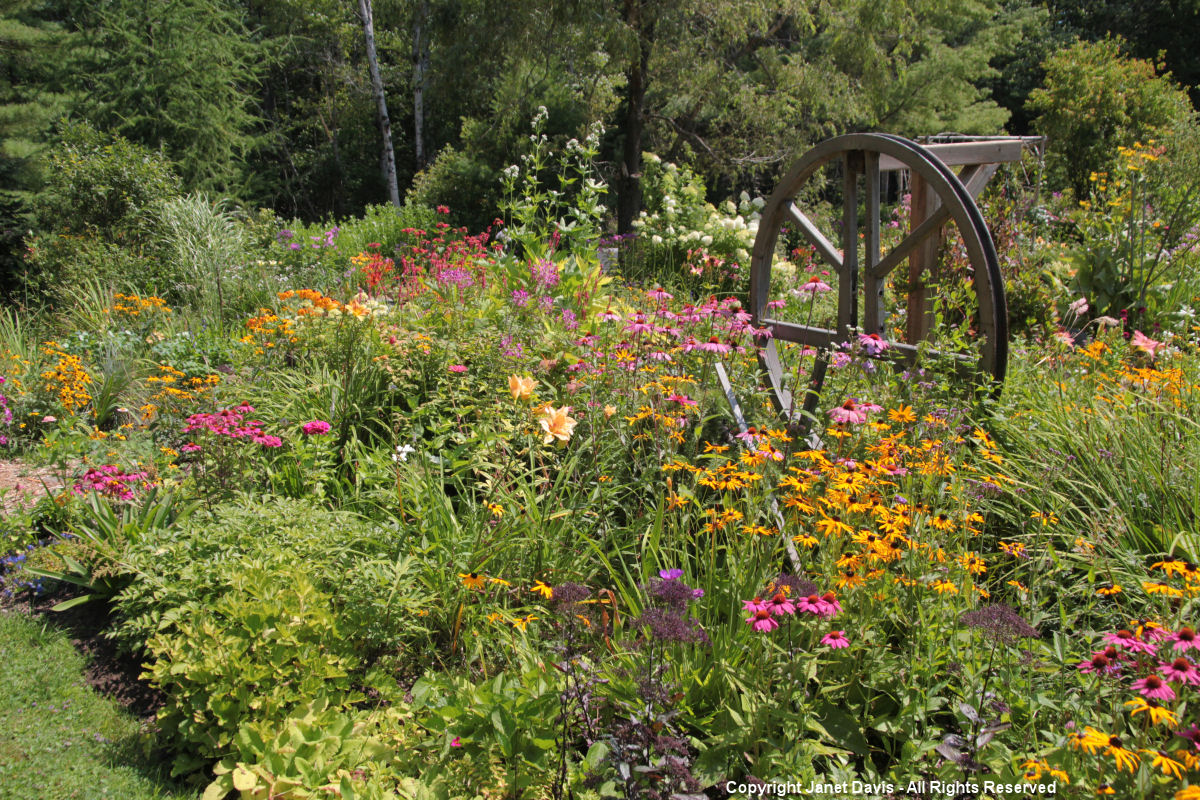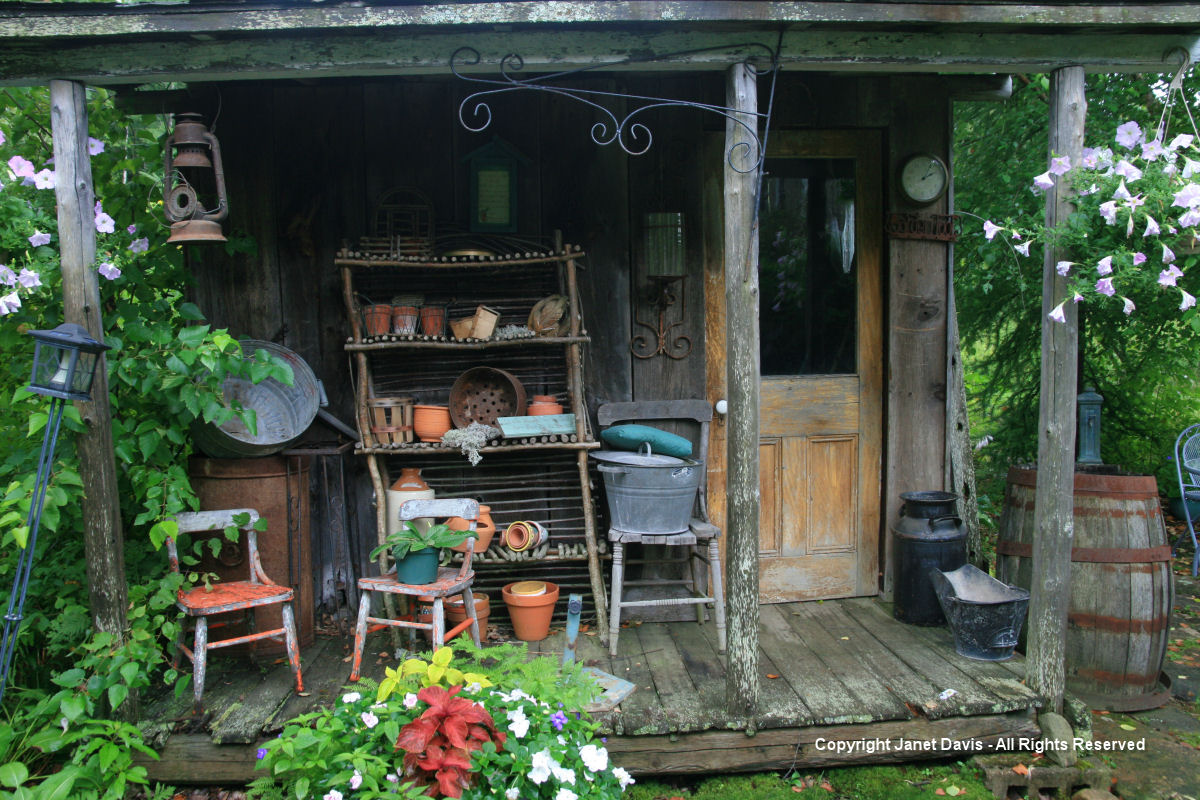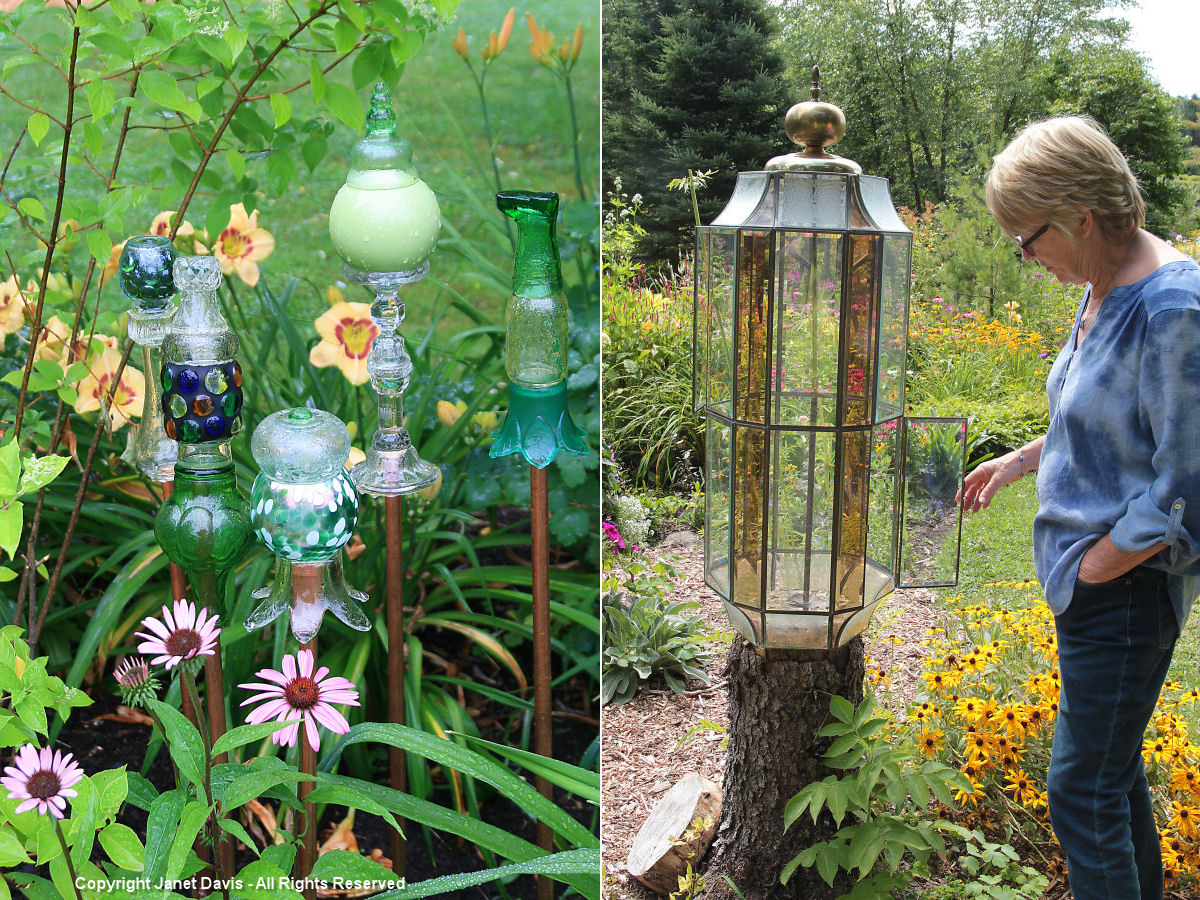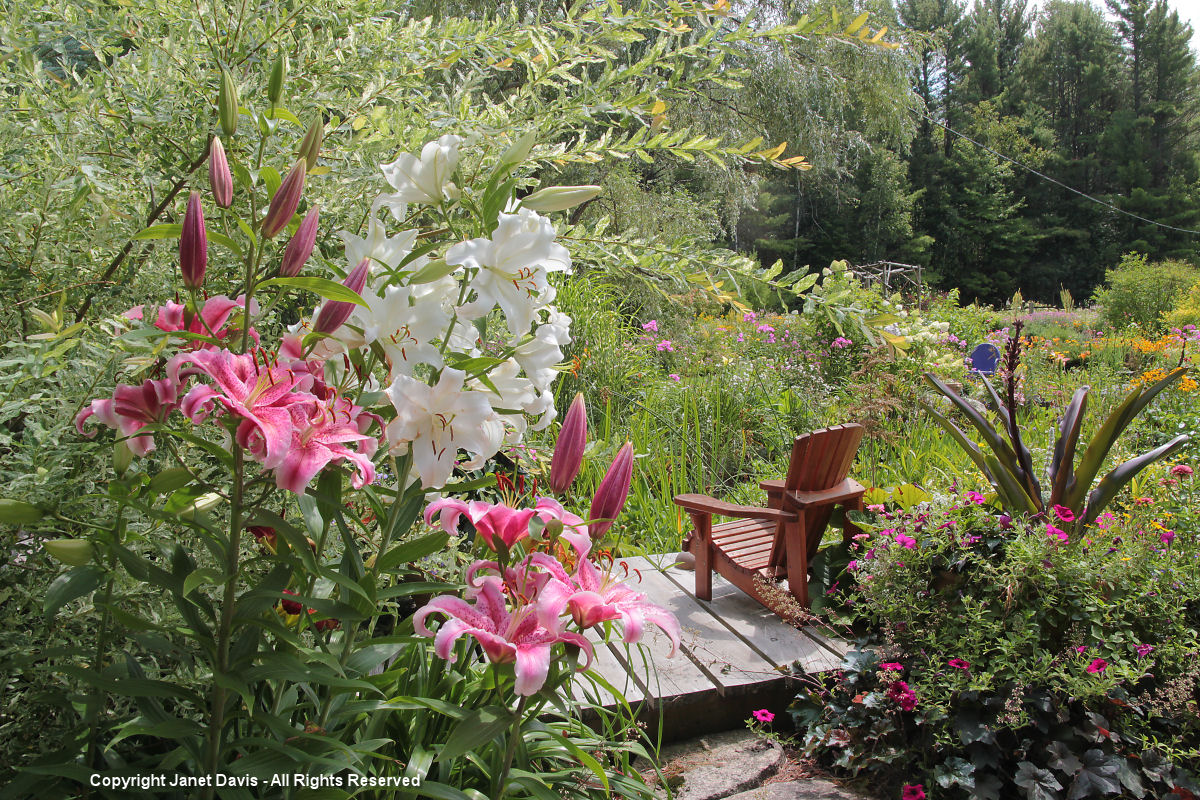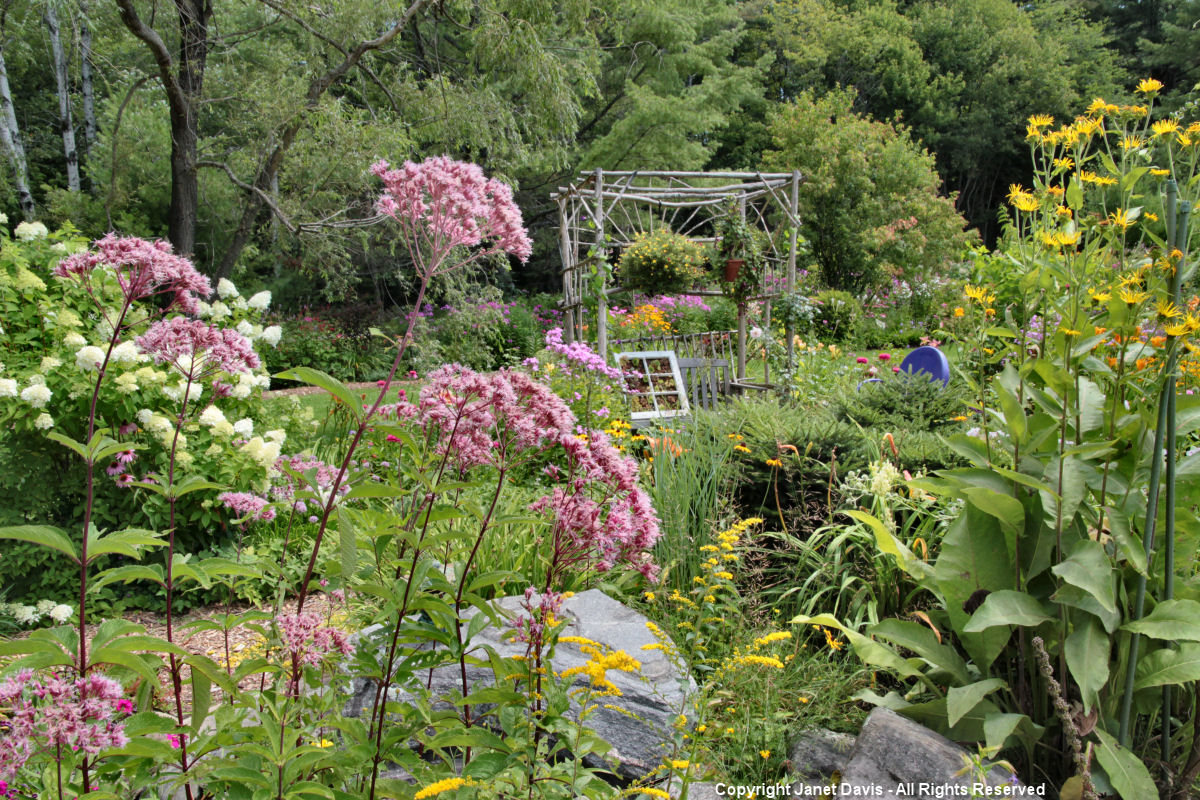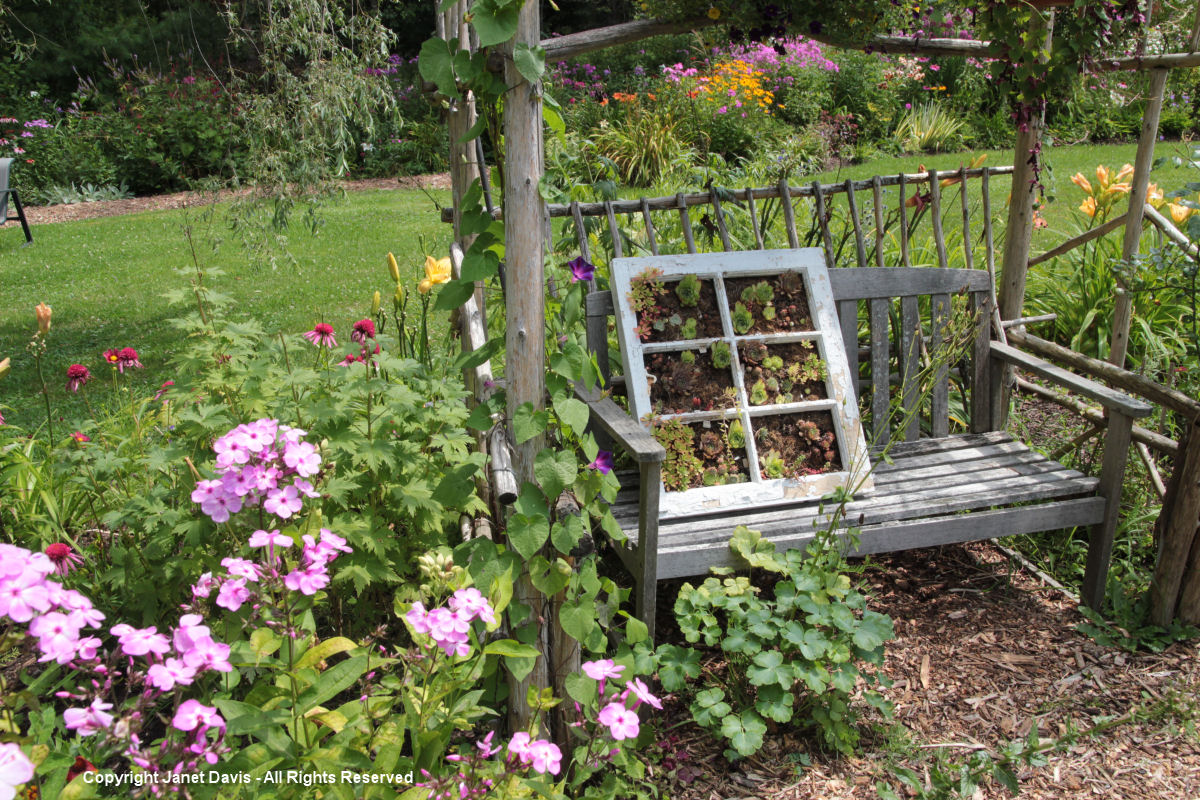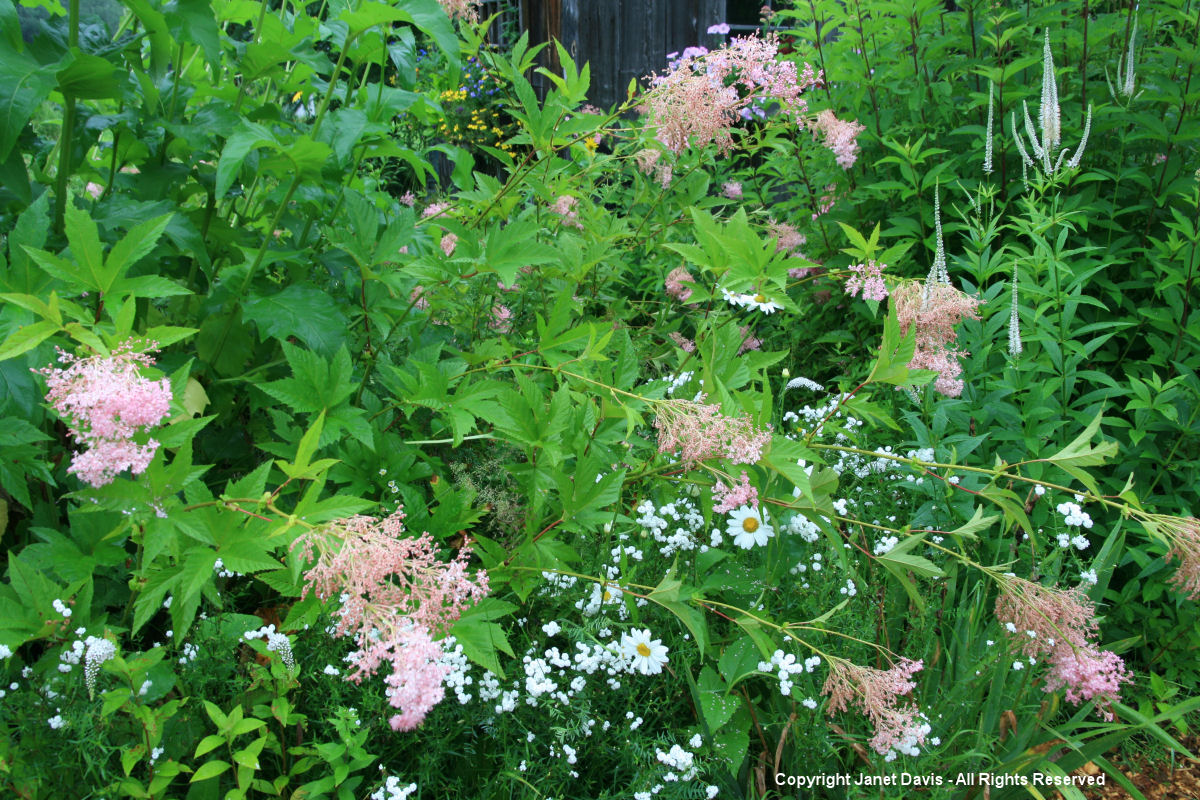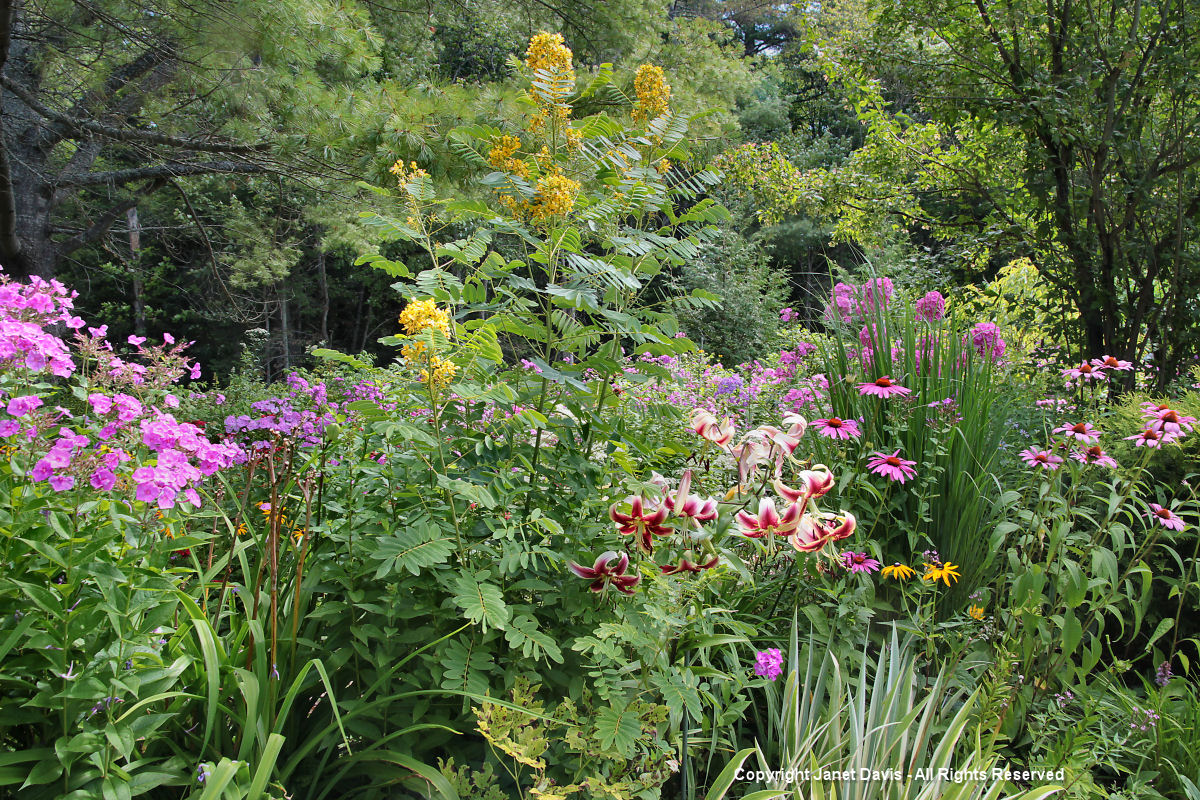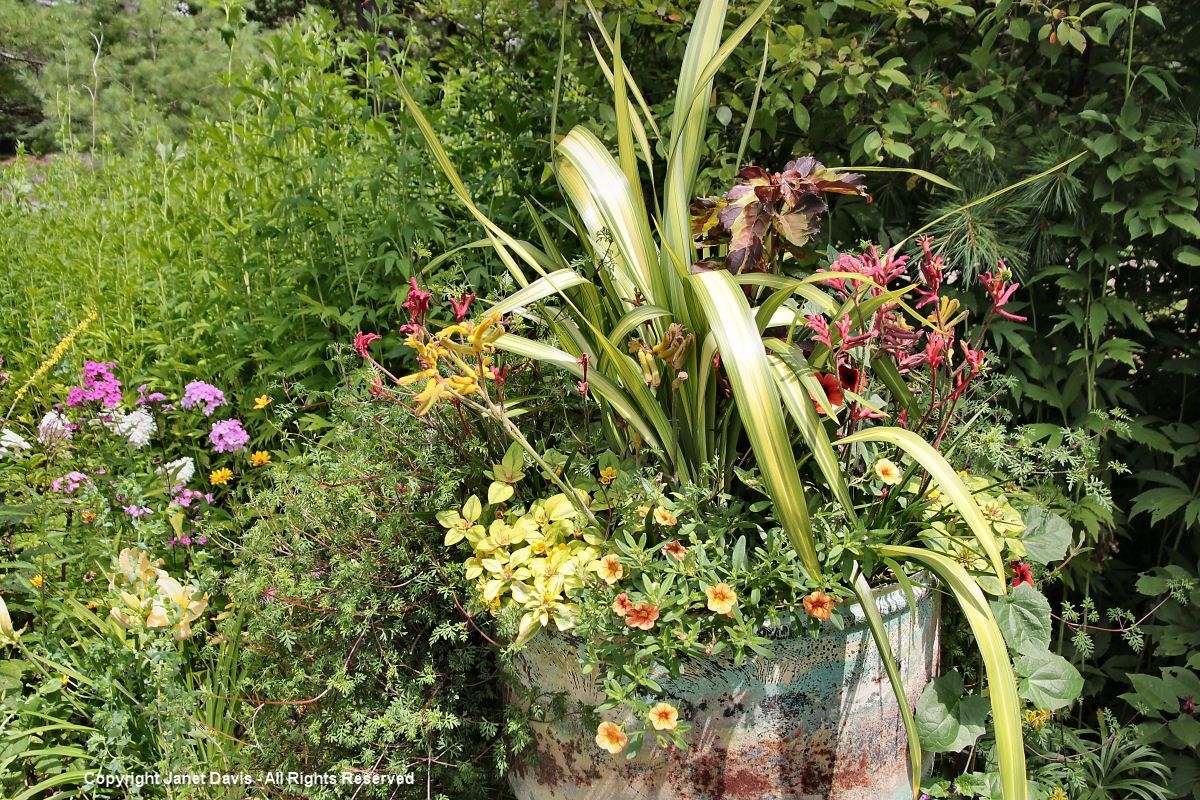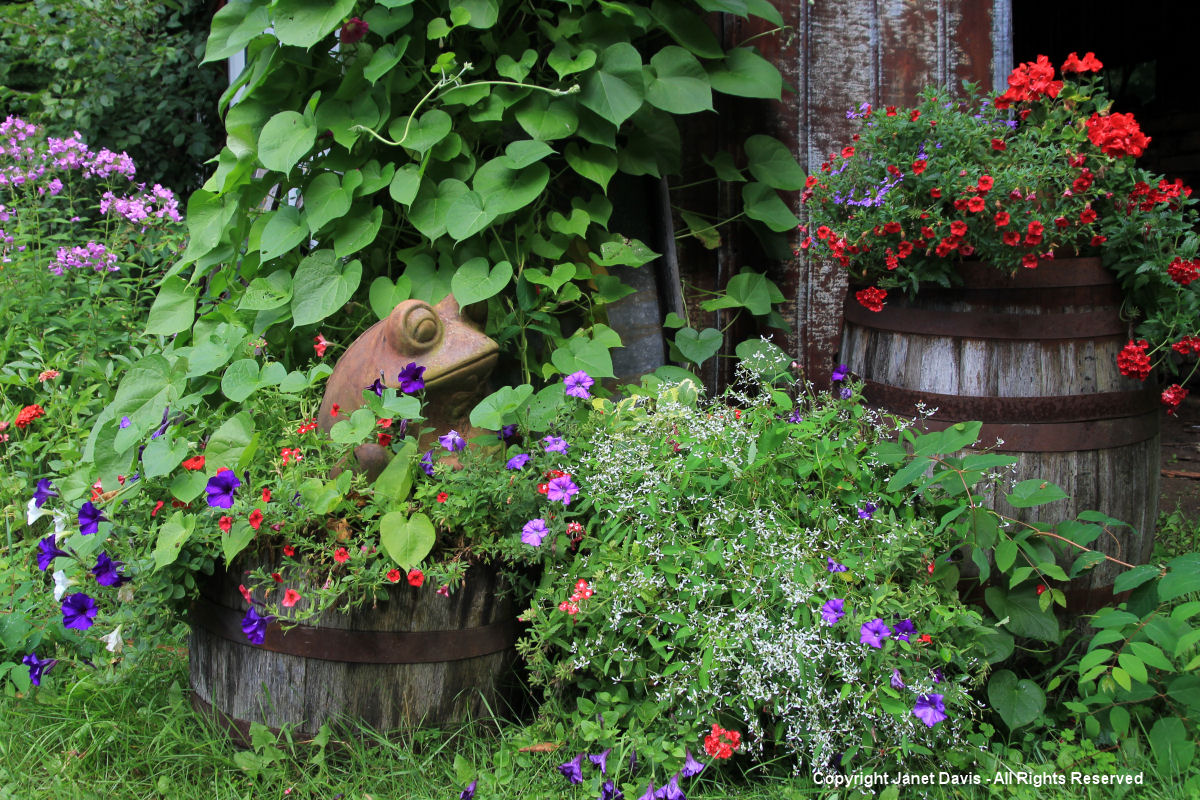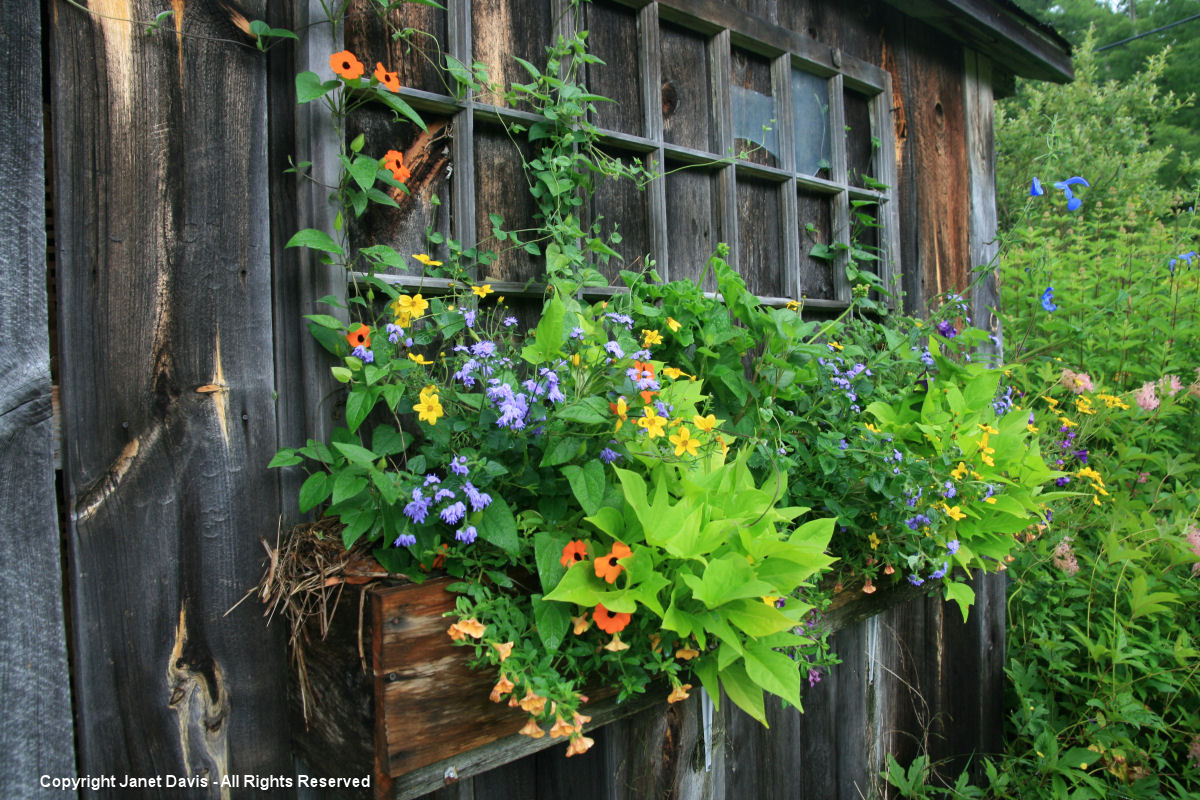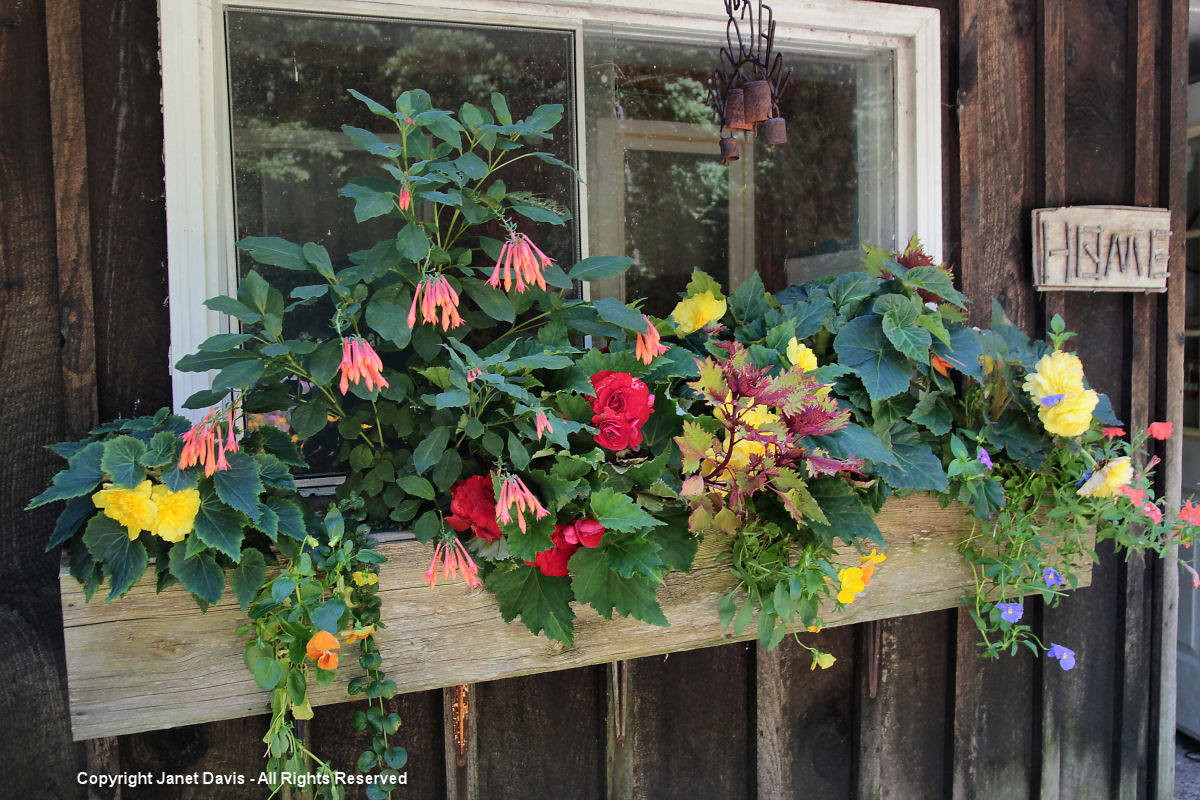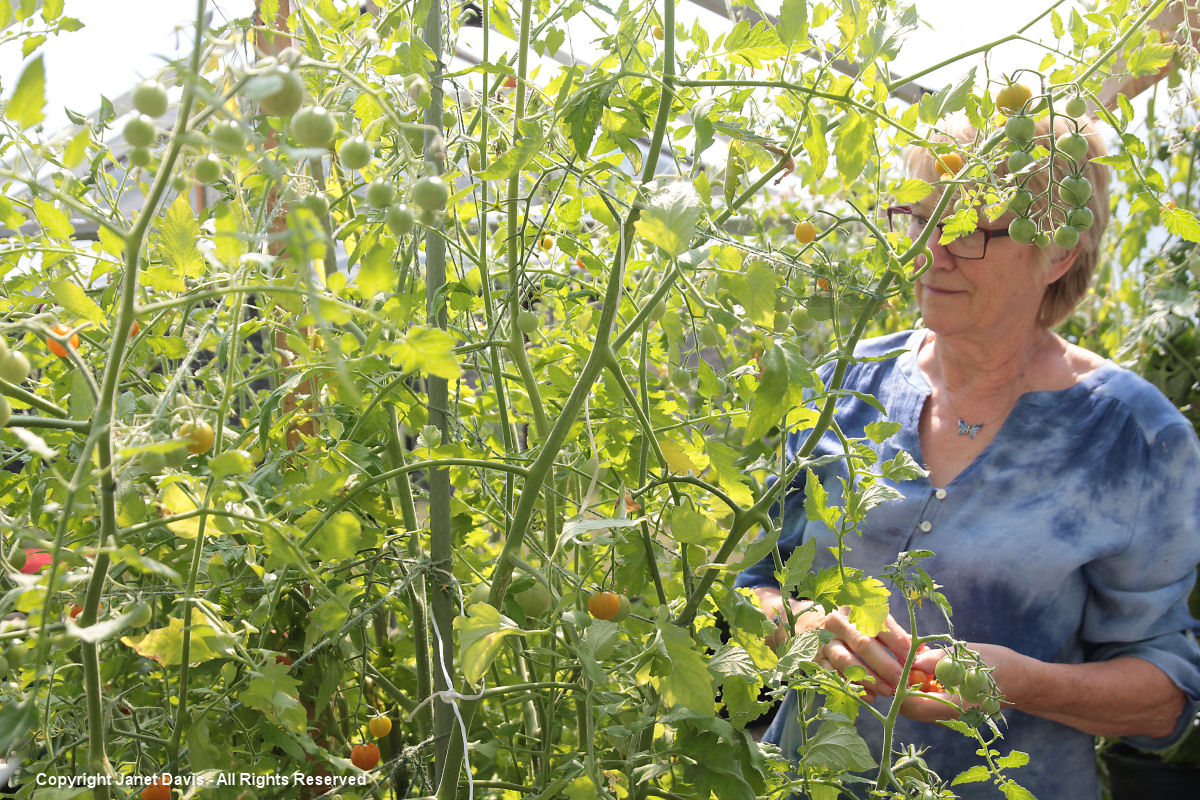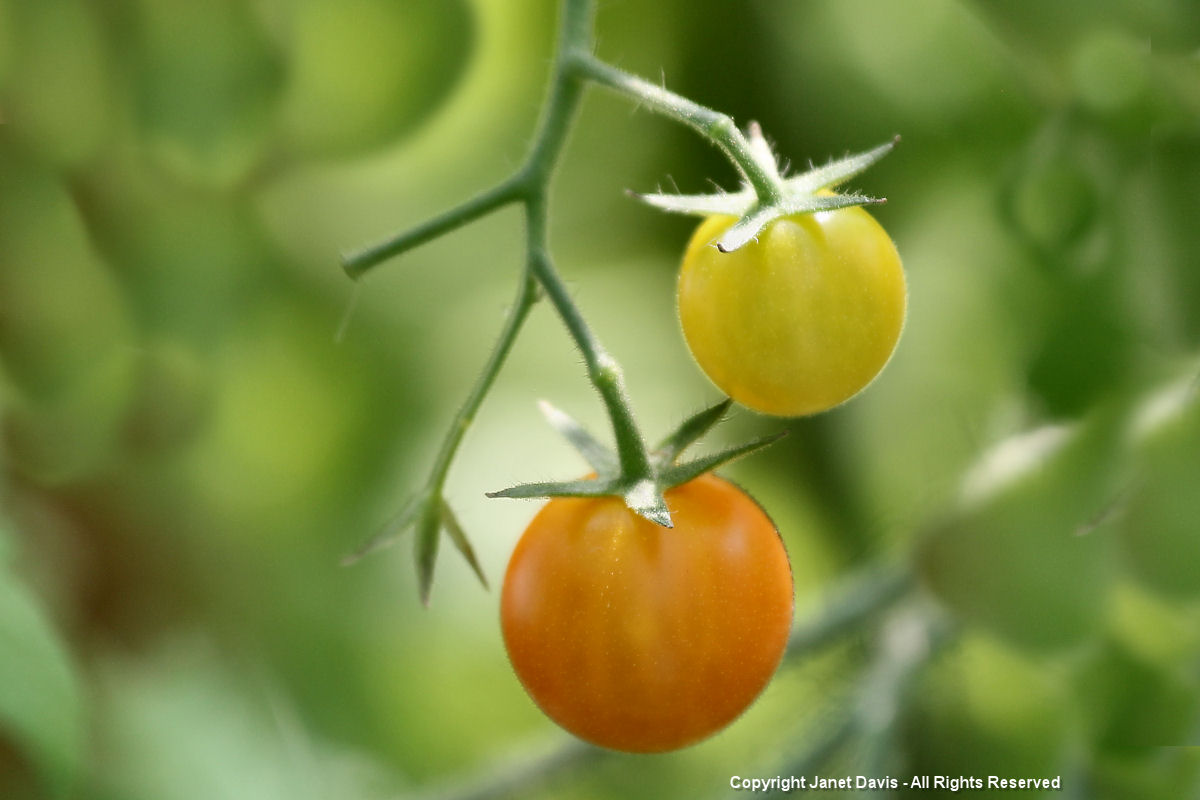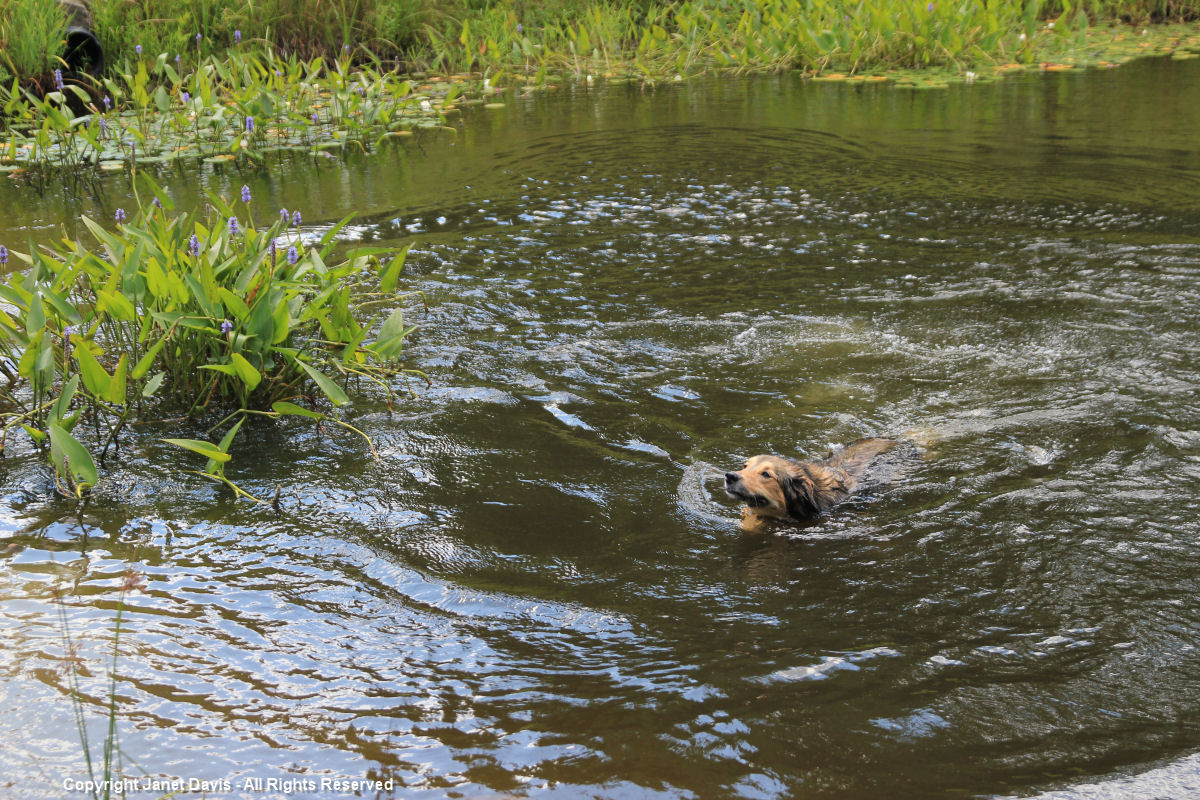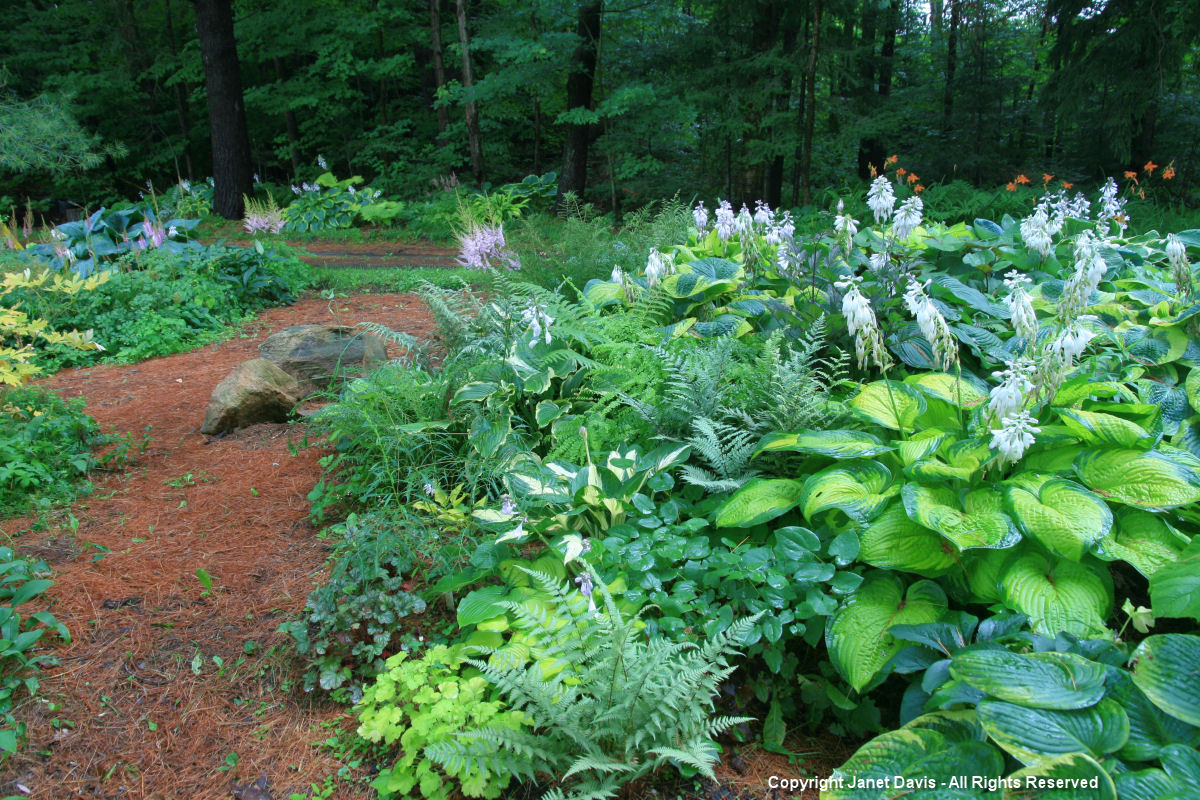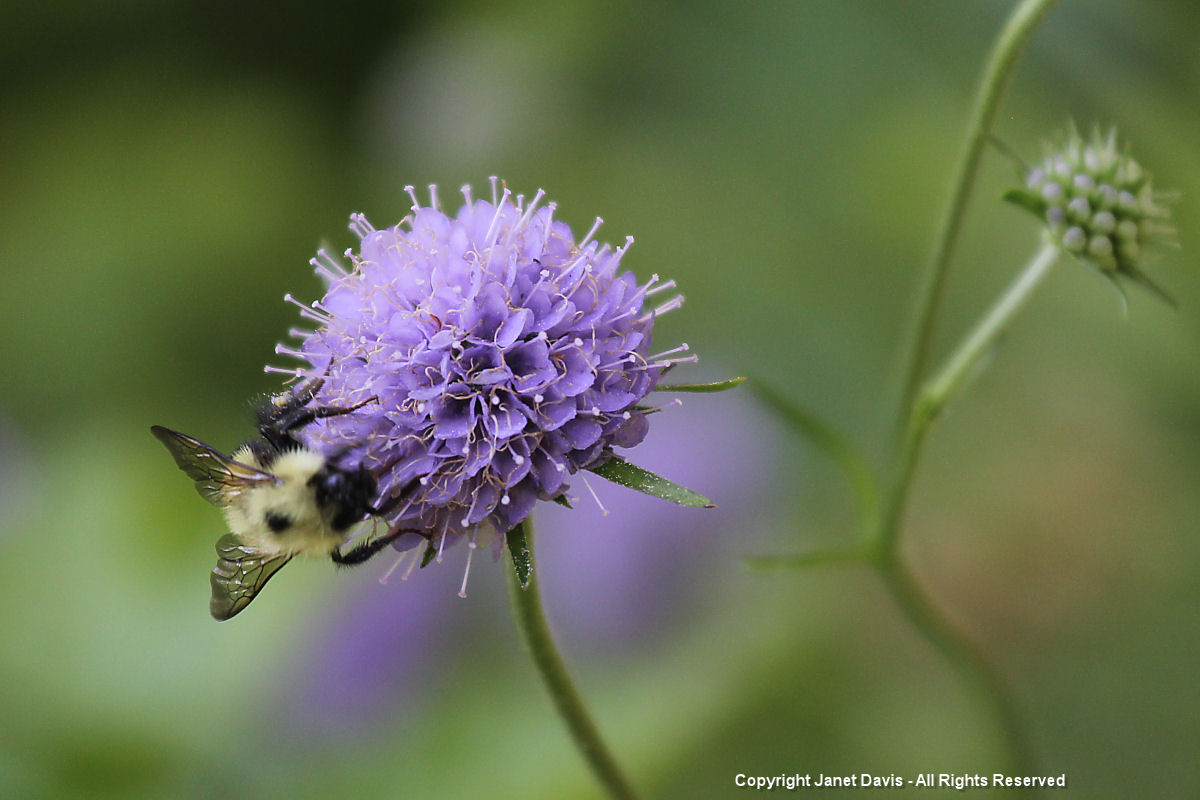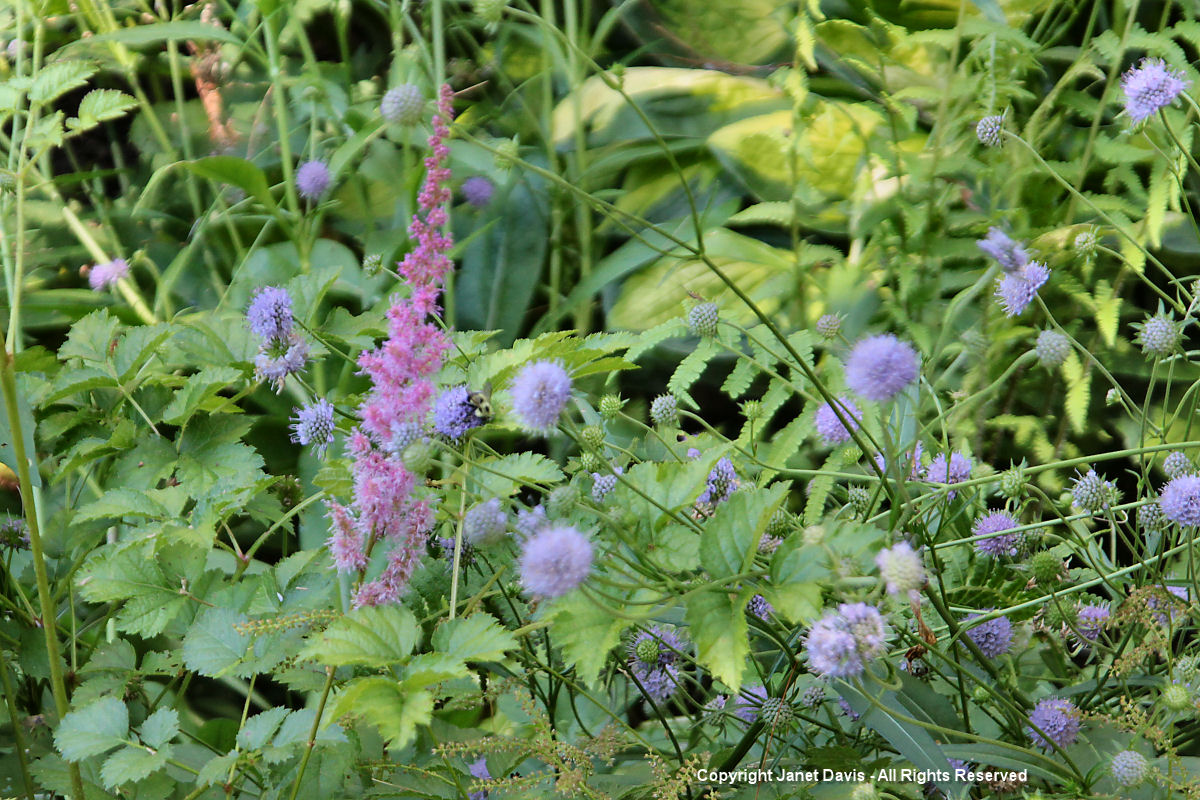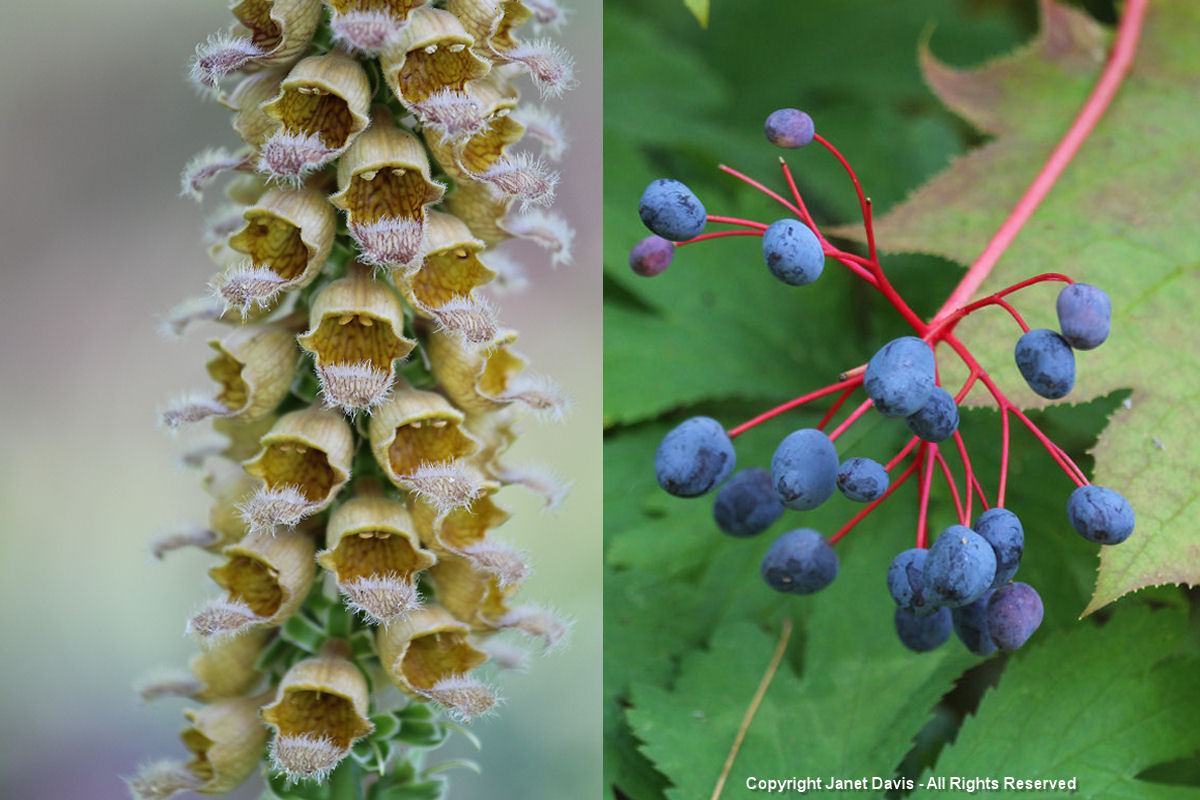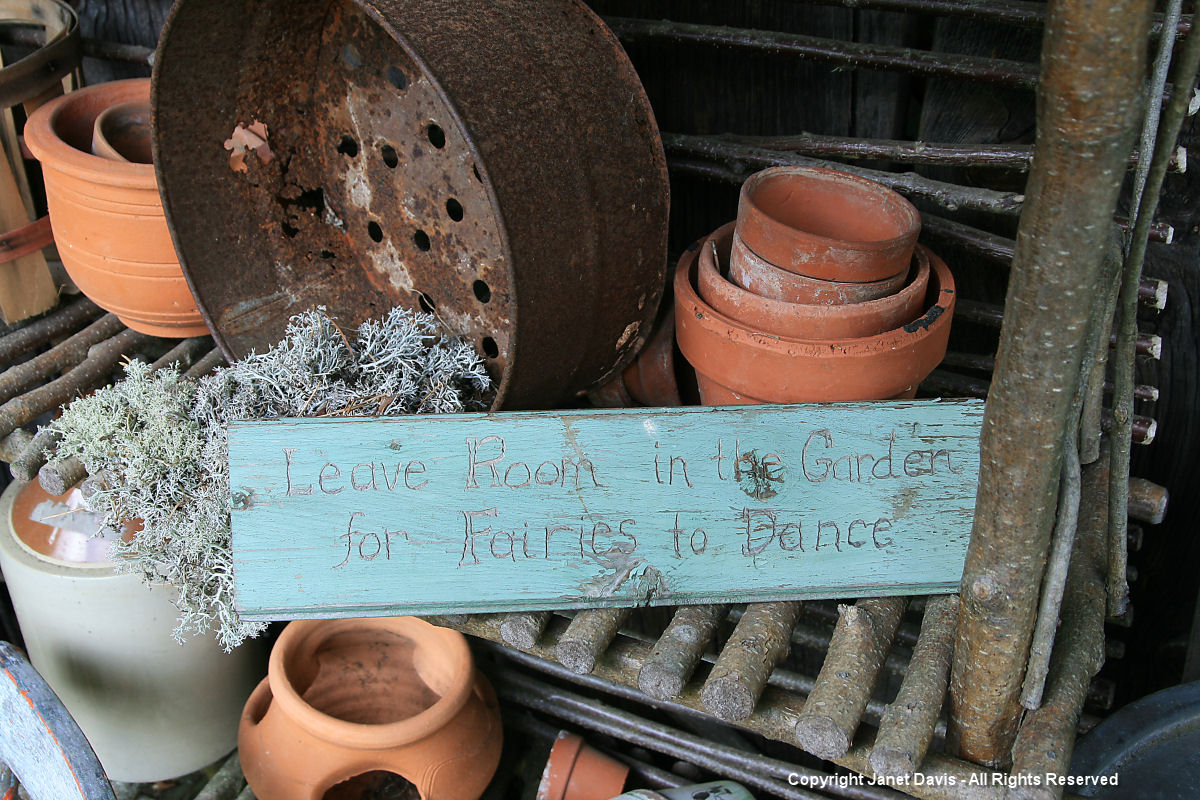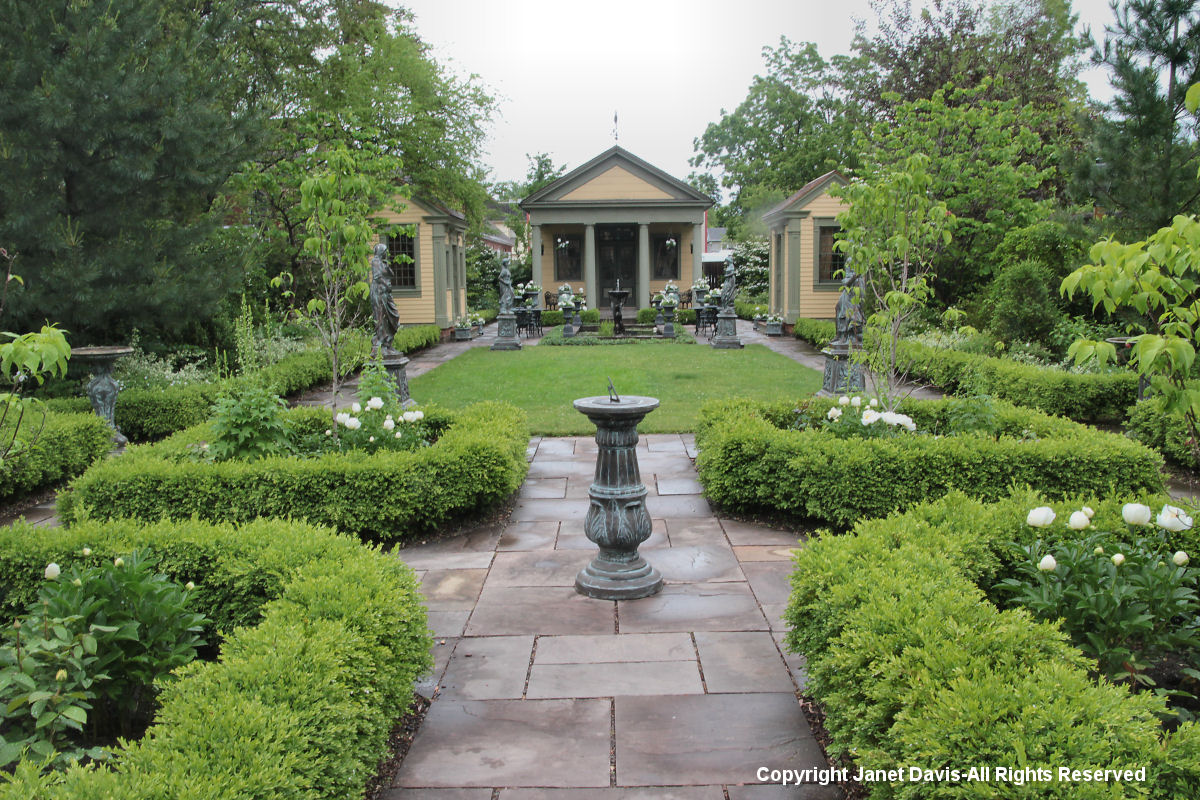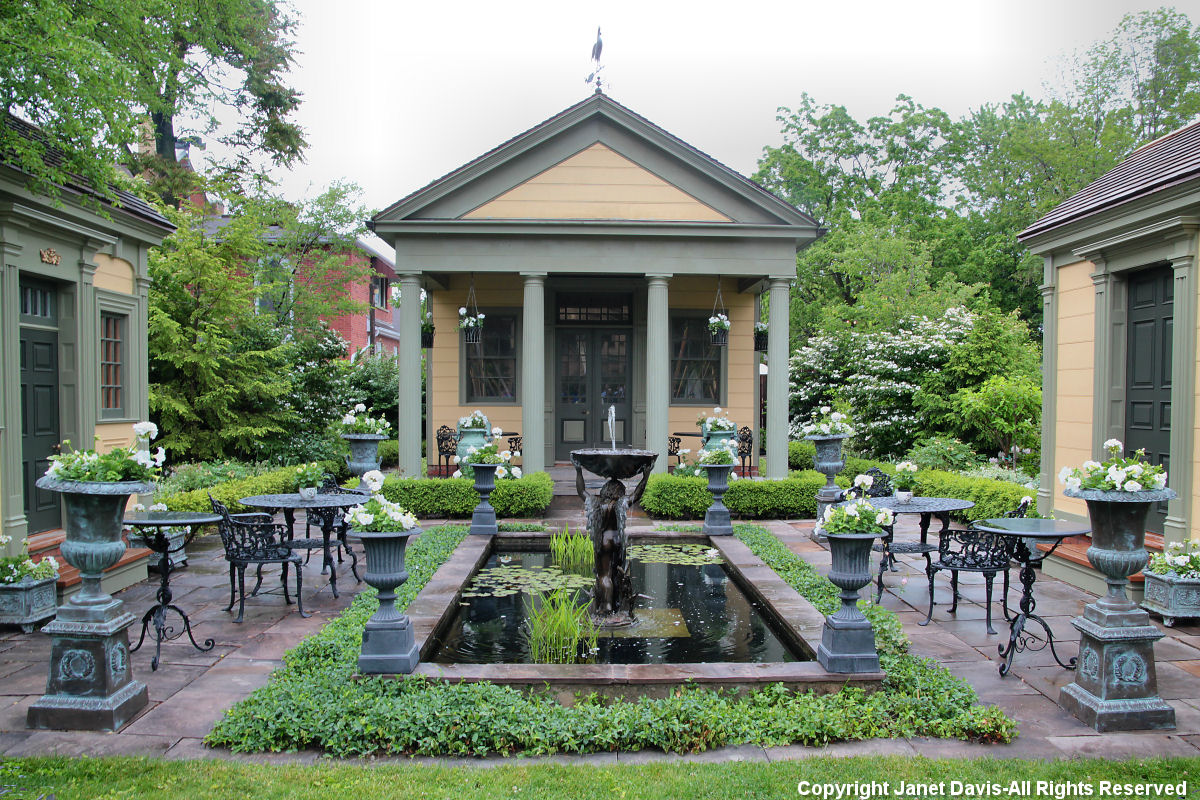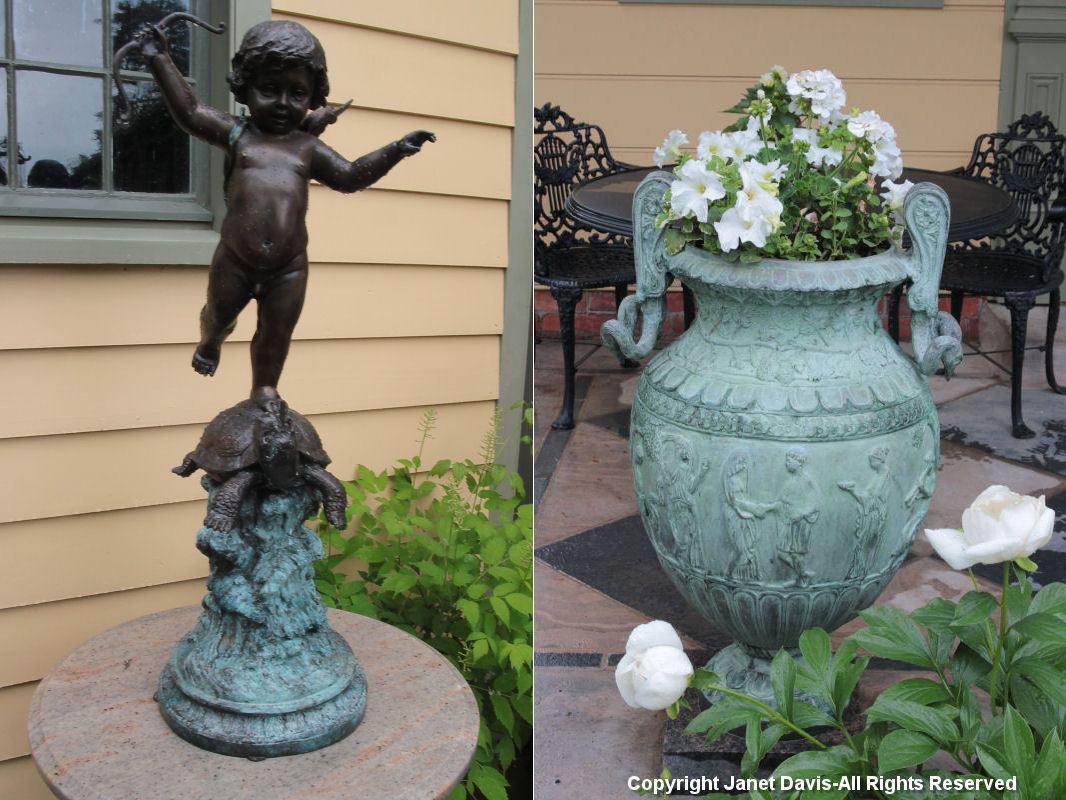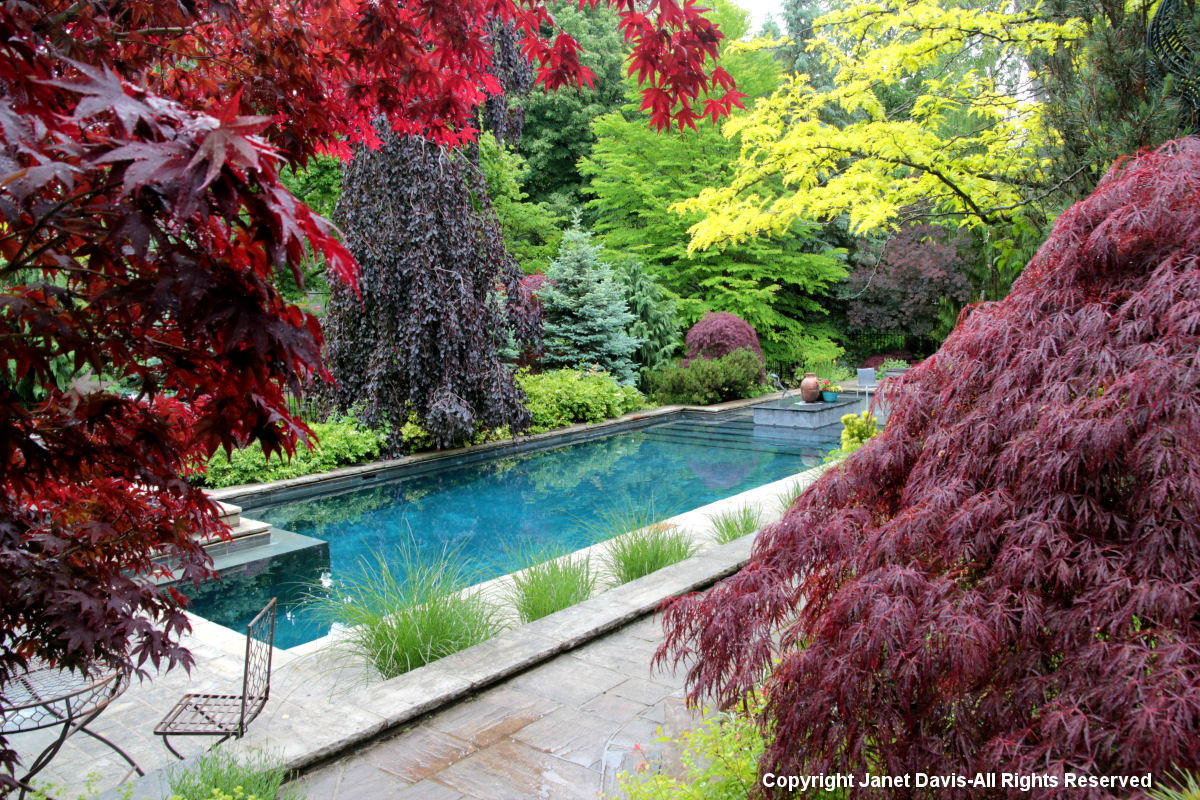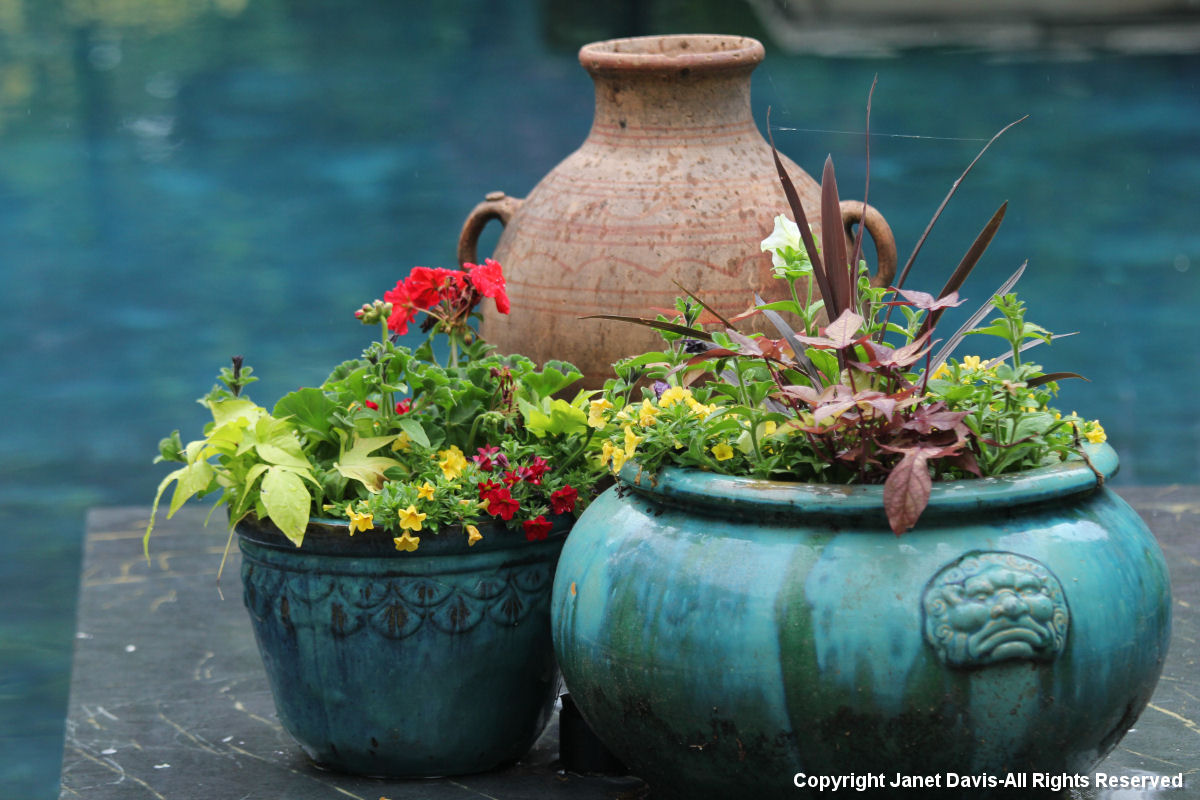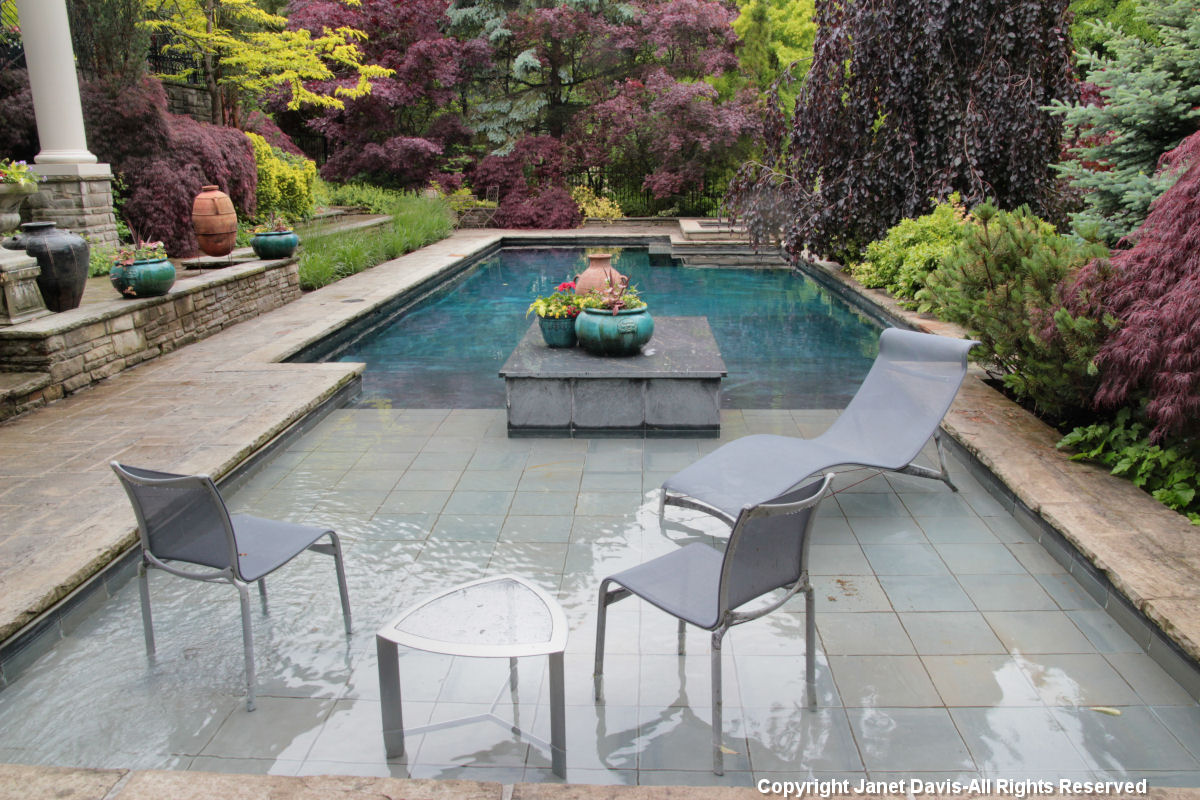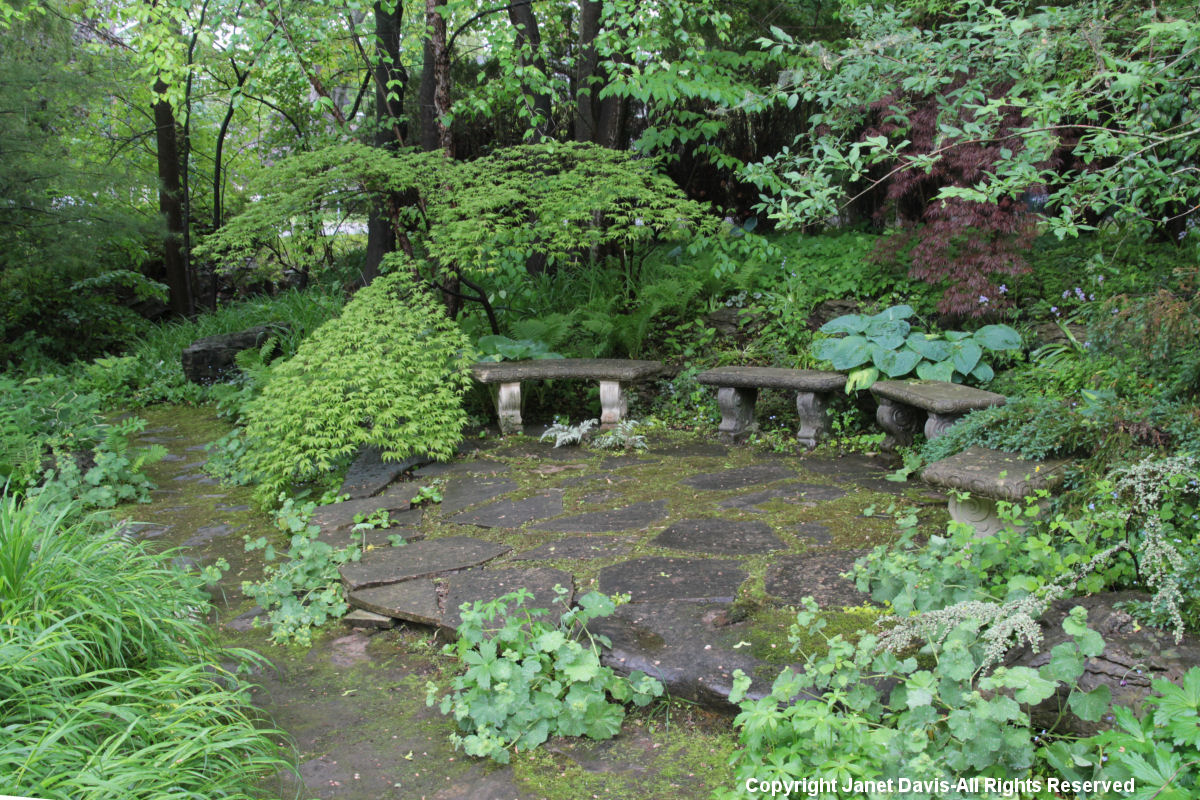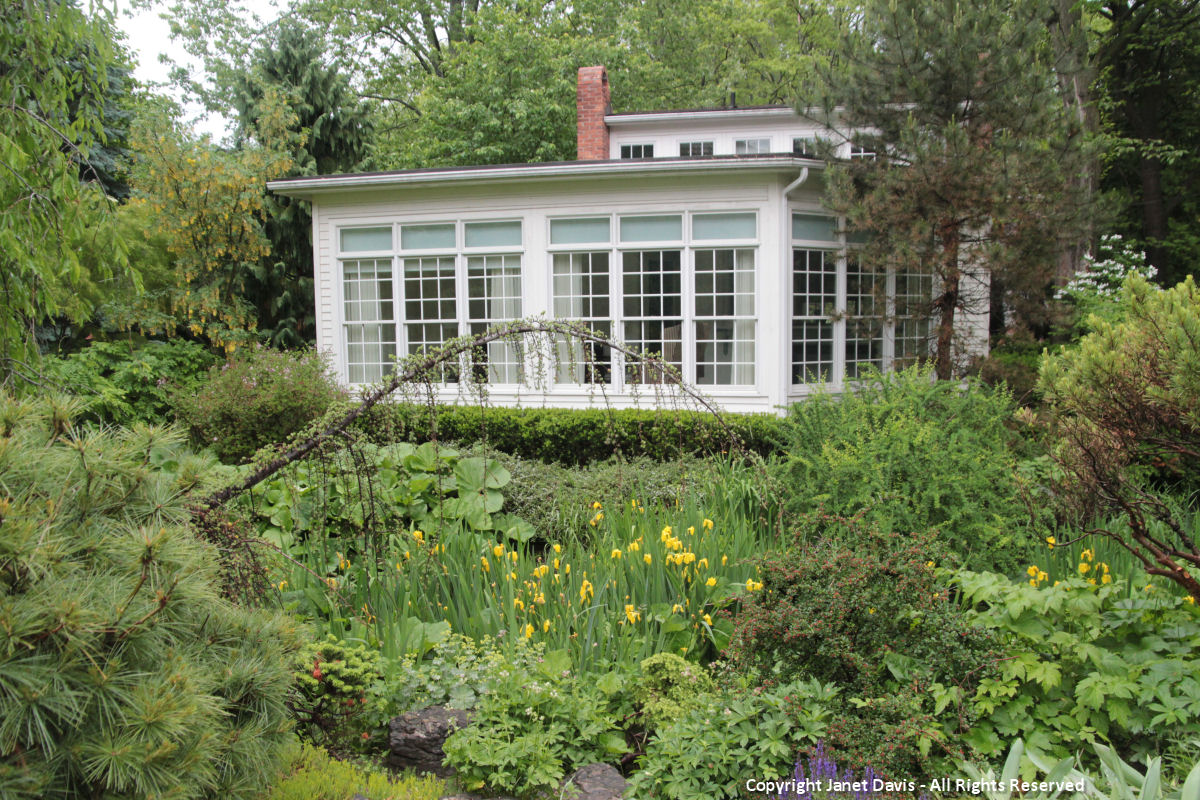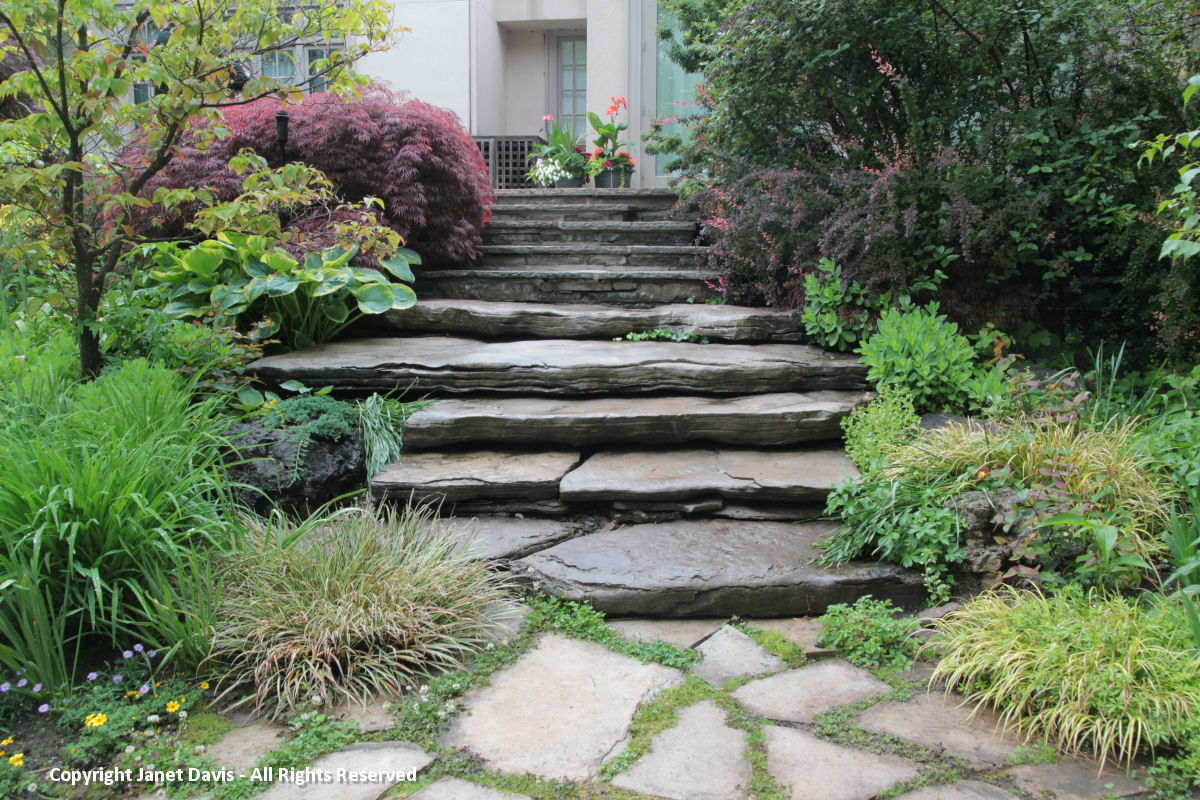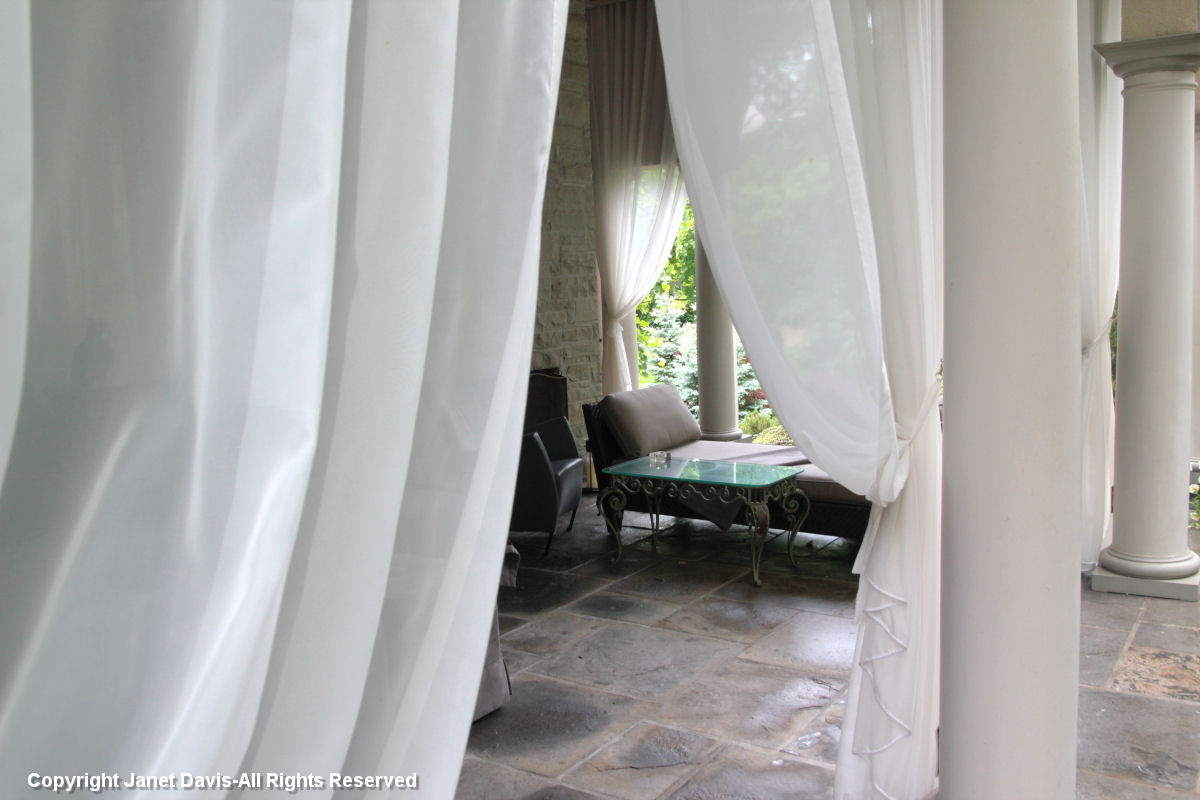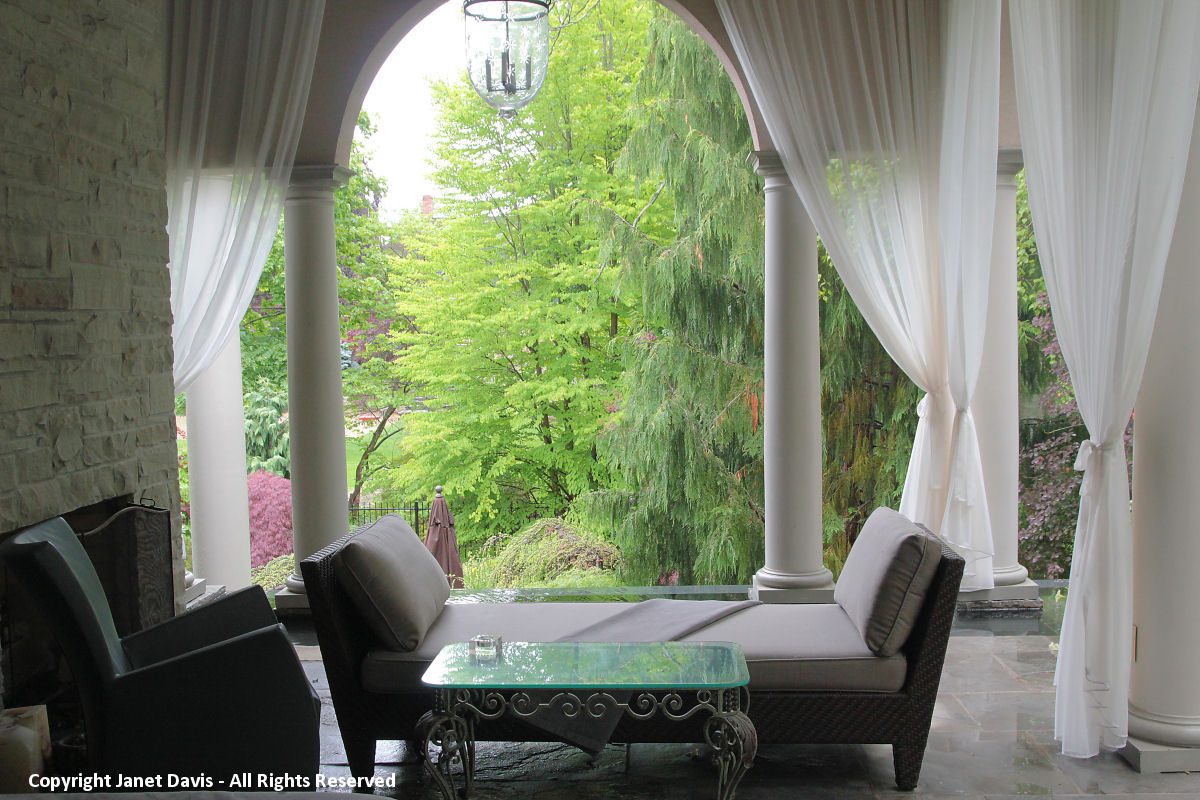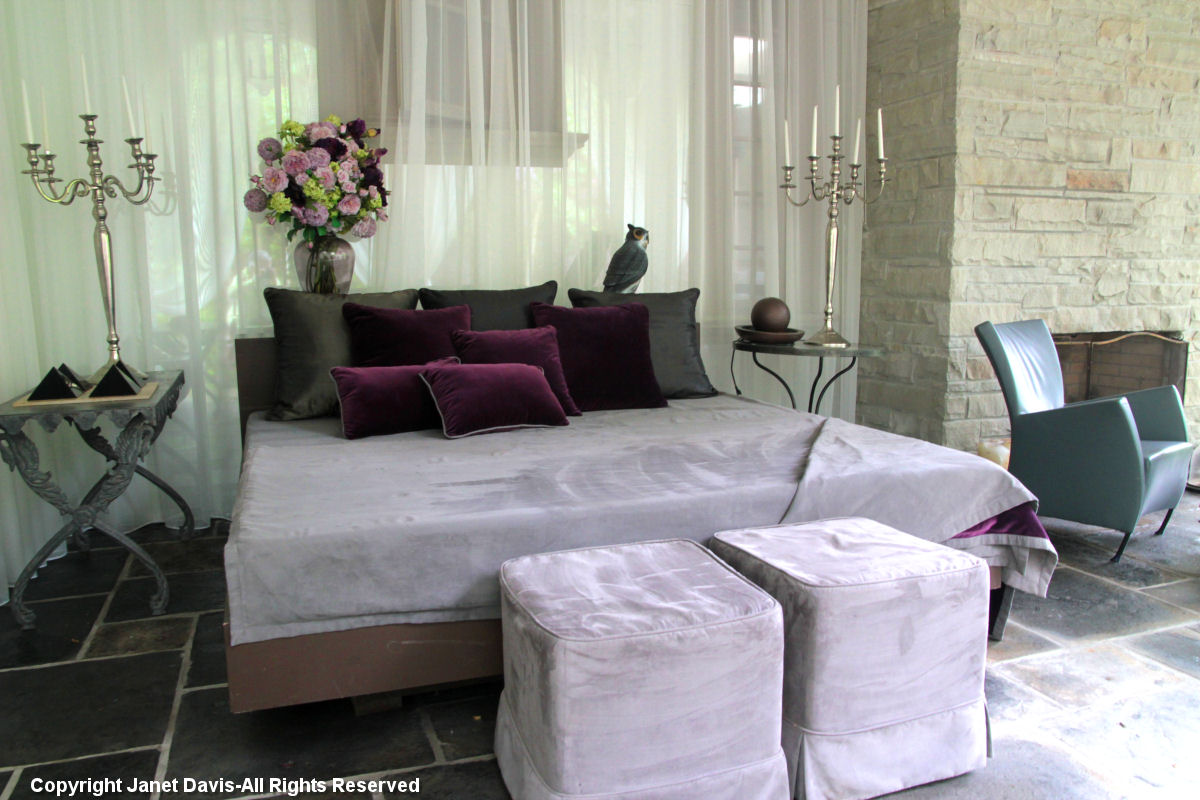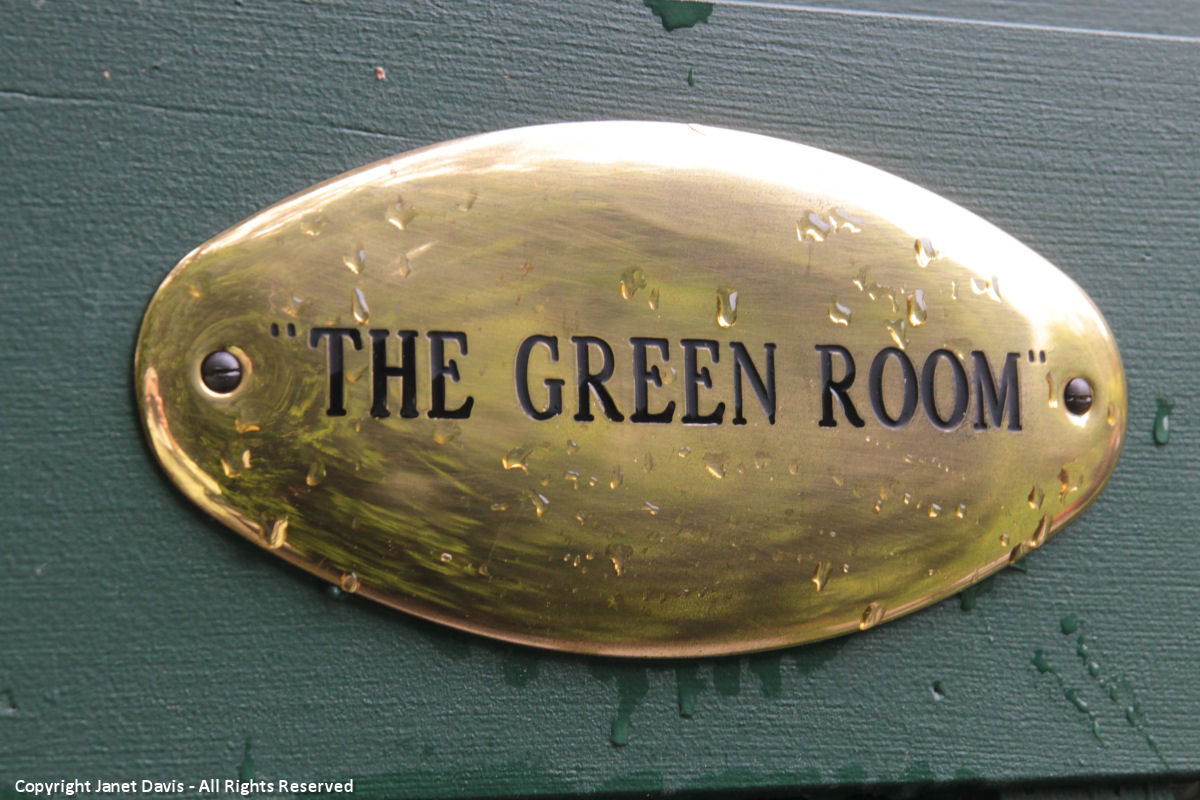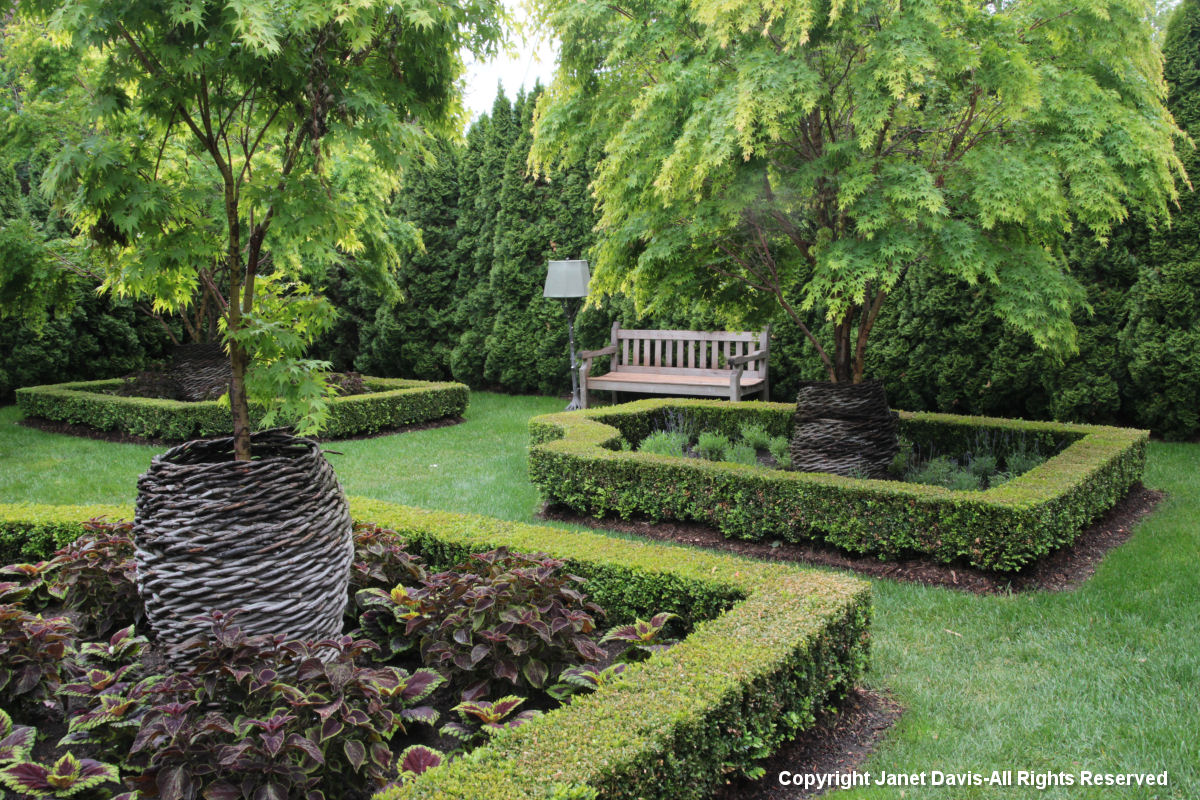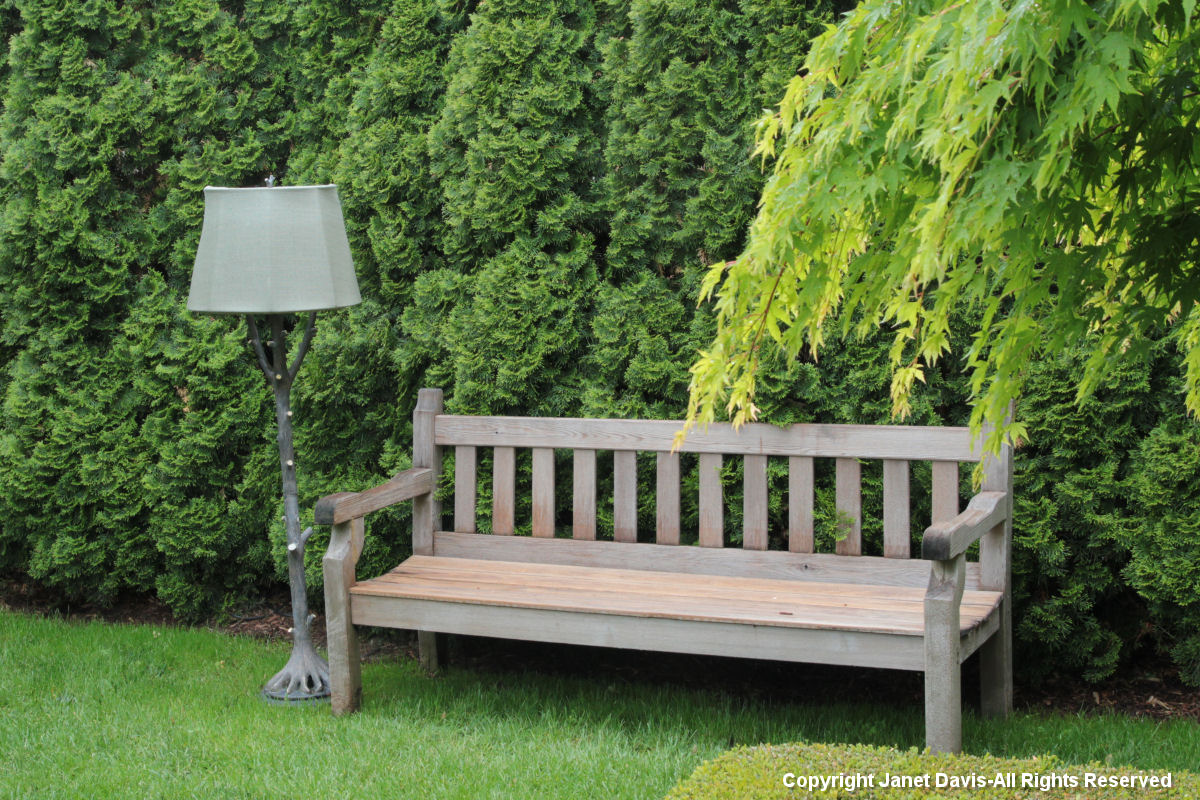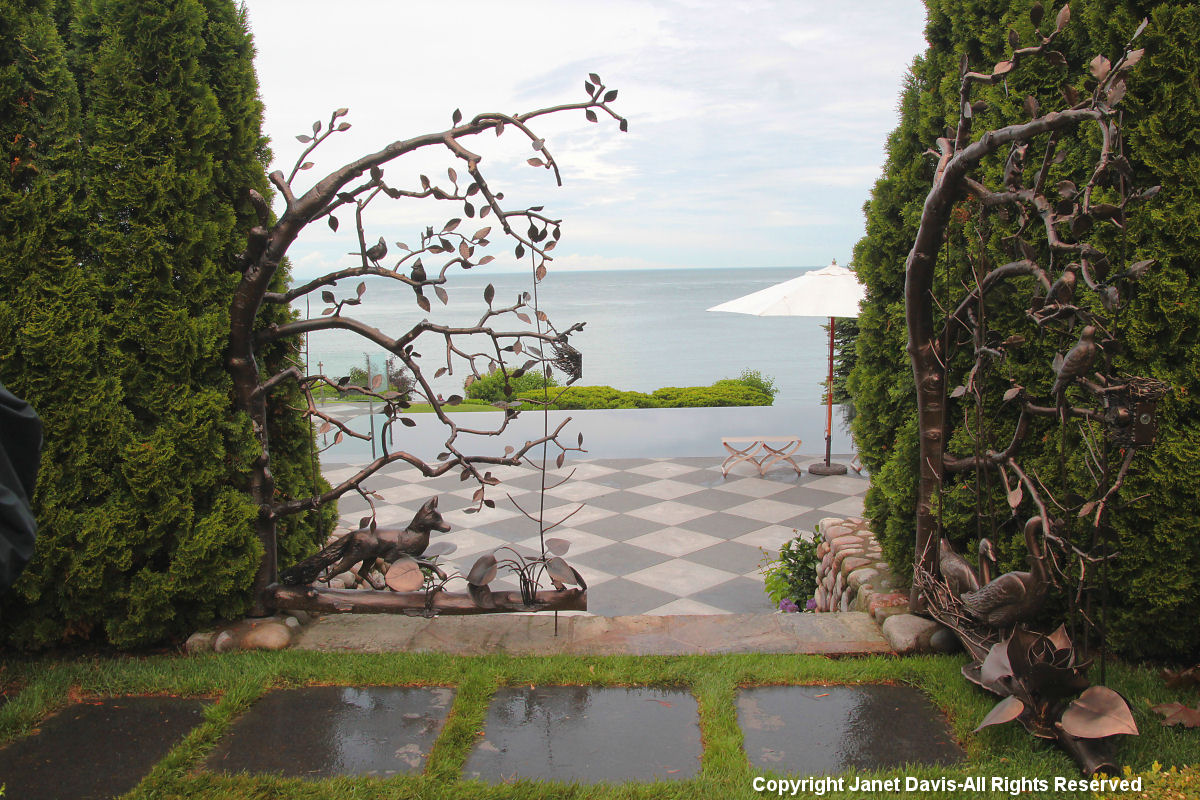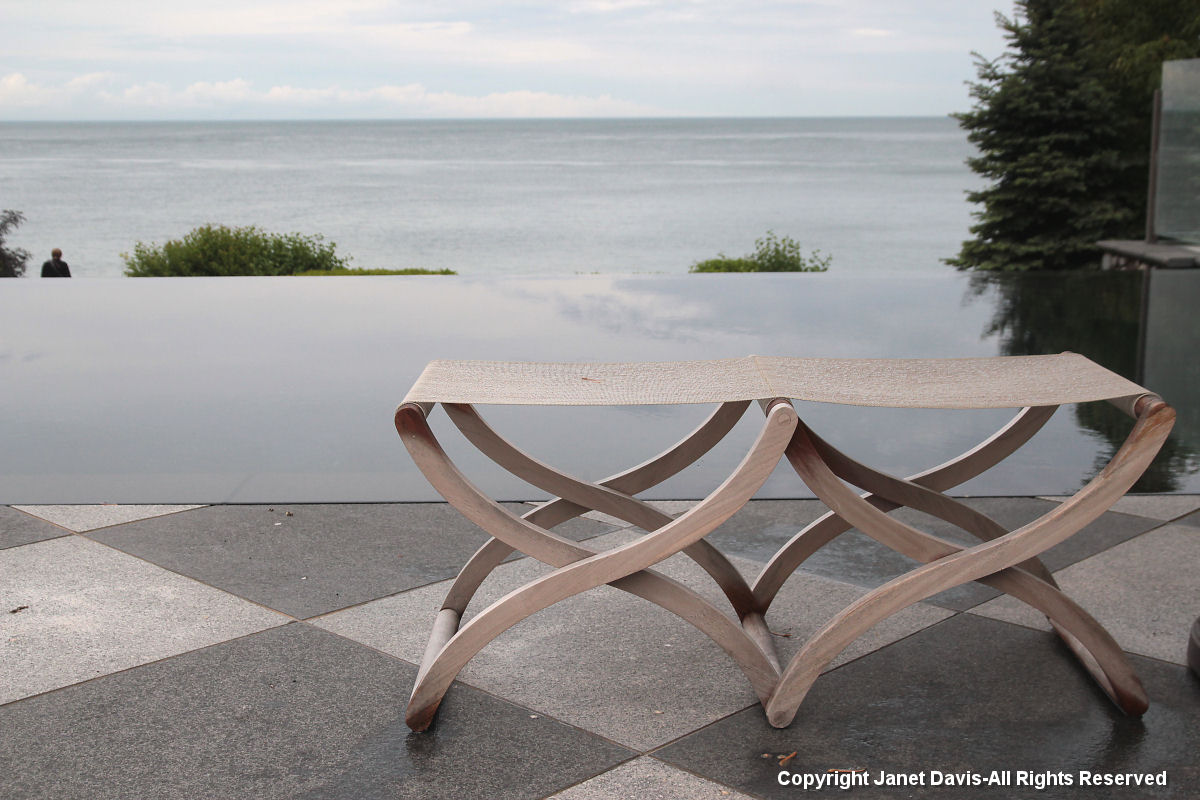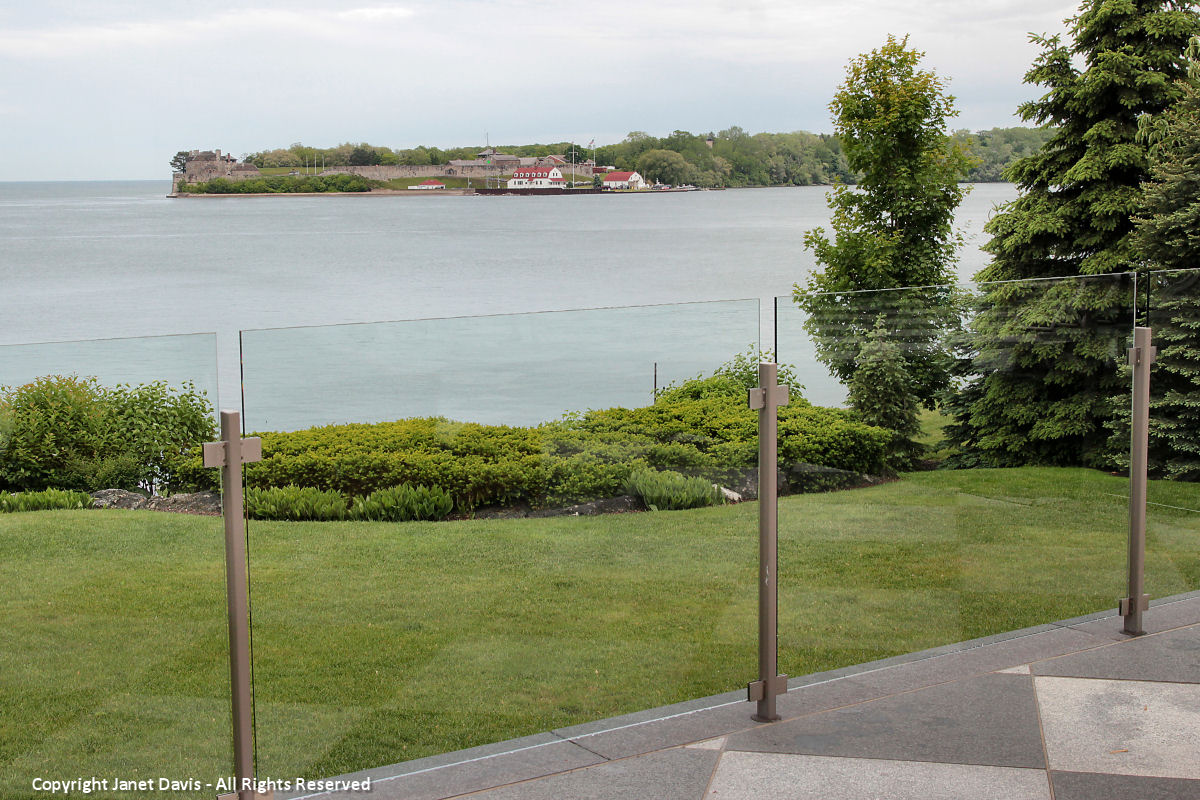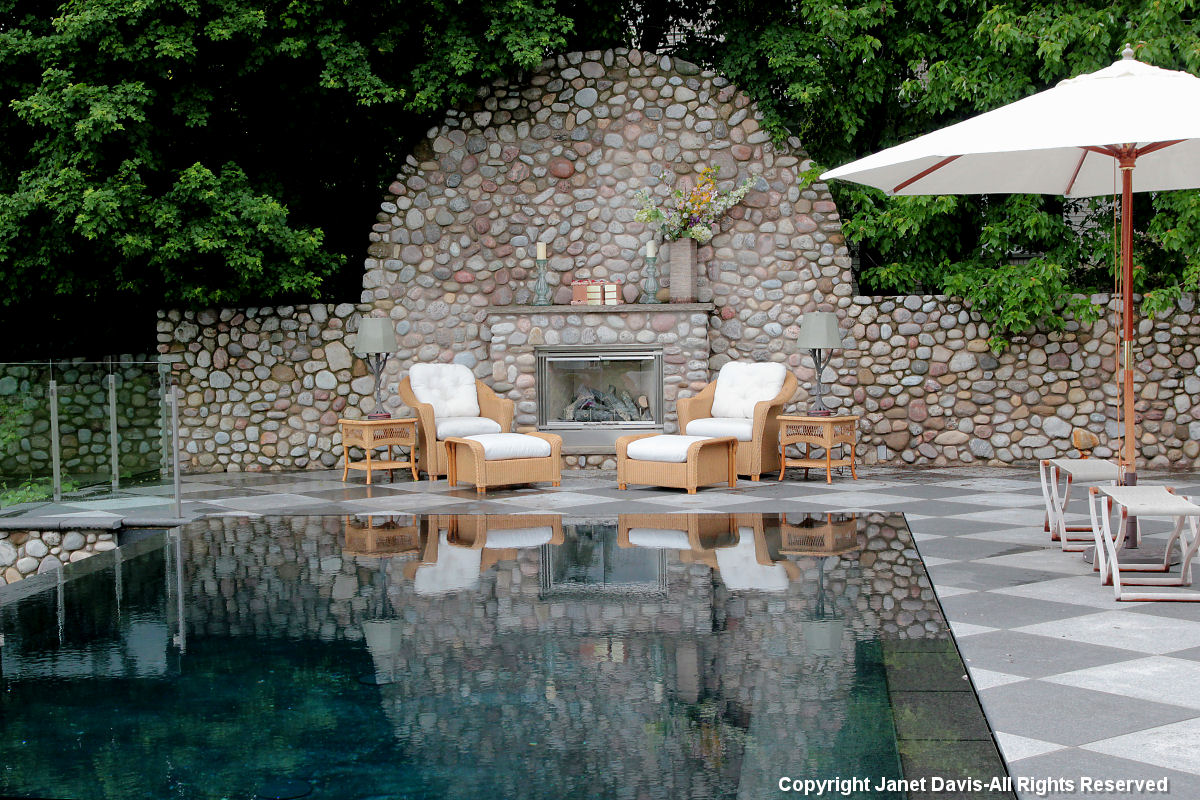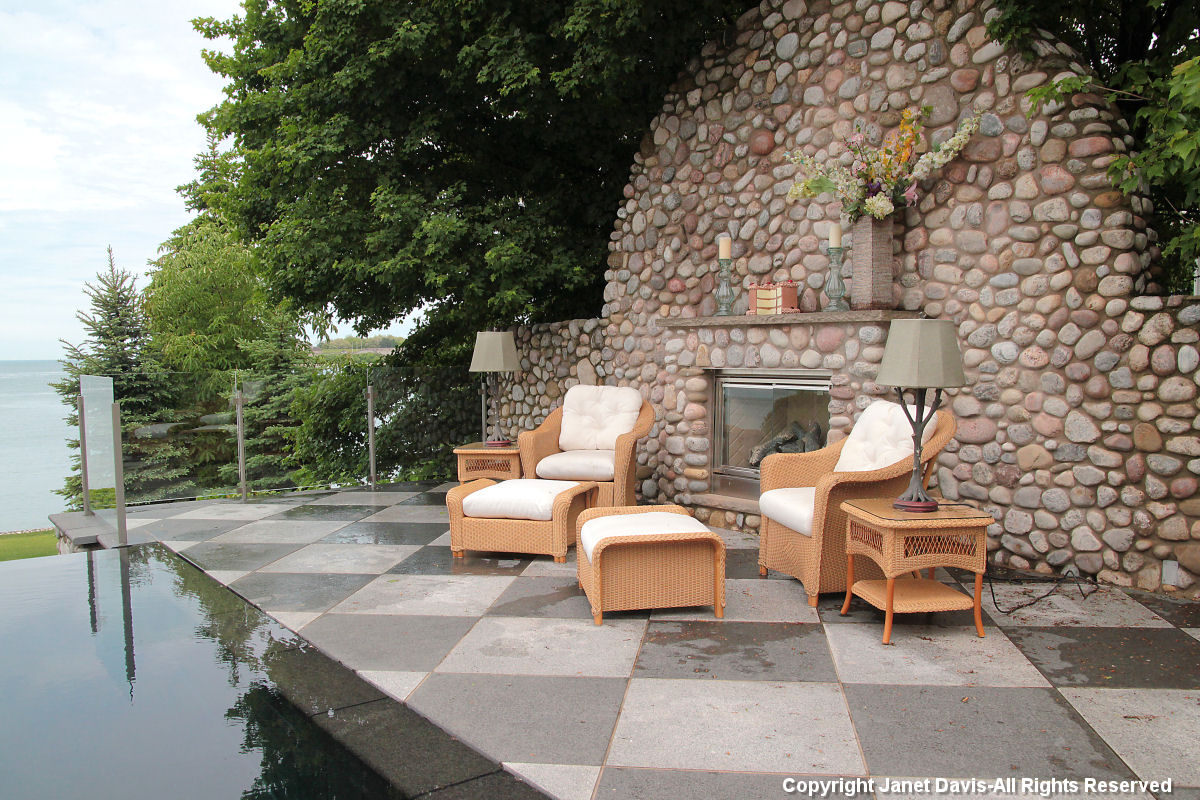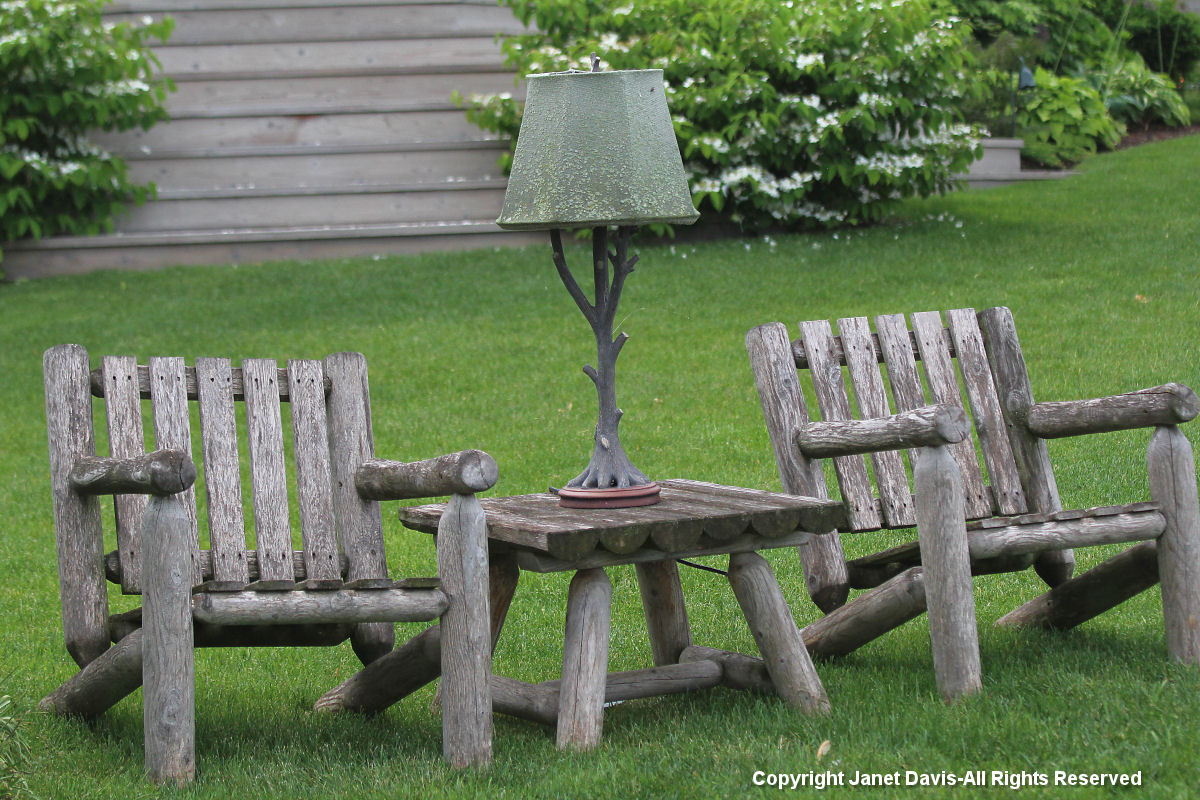One of our great summer joys at the cottage on Lake Muskoka is the closeup view we have of the ruby-throated hummingbird (Archilochus colubris) nectaring on flowers in the containers on our sundeck. Of the many hummingbirds in North America, the ruby-throated is the only species found east of the Great Plains.
Those wings may be small but they’re very powerful, beating 50 times per second and capable of flying from Ontario all the way south to Costa Rica and other tropical areas during winter migration.
I haven’t put up a hummingbird feeder at the cottage. I’m terrible at maintaining bird feeders and sugar water stations and don’t want the grief of pesky wasps invading the sweet stuff. But I also prefer them to feed on real flower nectar, (much safer than sugar water which can harbour bacteria and also contains valuable micronutrients), and always buy flowering annuals that I know from past experience they’ll enjoy. Over the years, a favourite has been agastache or hummingbird mint – not the purplish-blue anise hyssop (Agastache foeniculum) which is nonetheless a great bee plant, but the more tender species and hybrids of the southwestern species like Agastache rupestris, A. cana and A. mexicana. Since hybridization of these great plants has exploded in the past decade or so, they are becoming more available as annuals in colder parts of the northeast, thank goodness, since they rarely return when winters are tough.
Like all hummingbirds, the rubythroated’s long beak is perfectly suited to tubular flowers. And like all birds, whose vision is most acute in the red part of the light spectrum, it’s especially drawn to flowers in shades of red and orange, but will also seek out any nectar-rich flower that meets with its approval, especially in the early season when few flowers have emerged. I’ve seen them feeding on spring-blooming purple ‘PJM’ rhododendrons and yellow narcissus, among other plants.
Here are a few of my favourite choices for a hummingbird menu:
Agastache ‘Kudos’ series – As shown in my video, I grow both ‘Kudos Coral’ and ‘Kudos Mandarin’ from Terra Nova in my deck pots and they are both excellent nectar sources, but the coral cultivar seems a little more vigorous and floriferous, for some reason.
Salvia guaranitica ‘Black & Blue’ – Hummingbird sage is one of the most beautiful of the big salvias, with its azure-blue flowers and black stems and bracts. It will overwinter in milder areas (USDA Zone 7 and warmer), but it’s worth growing as an annual in cold regions for its ability to lure hummingbirds to its sweet nectar.
Salvia microphylla ‘Hot Lips’ – Another flowery video star, this lively little sage is really fun to grow and the hummingbirds love it.
Crocosmia ‘Lucifer’ – Montbretia – Hummingbirds adore the red flowers of this South African bulb, a hybrid introduction of Alan Bloom. My cottage on Lake Muskoka is USDA Zone 4, but reliable snow cover has so far created conditions that have allowed ‘Lucifer’ (USDA Zone 6b) to multiply and spread…..
…. much to the delight of the ruby-throated hummingbird below.
Here’s my little video of the hummingbird on Crocosmia ‘Lucifer’:
Tropaeolum majus – Nasturtium – Hummingbirds love nasturtiums, but they aren’t as satisfying in the bang-for-buck hummingbird potential as the smaller flowers of my previous two choices. Still, a nice old-fashioned flower (and a lovely salad garnish, since it’s edible).
Aquilegia canadensis – Eastern columbine – Since it flowers at the lake in late May and June, this one offers early nectar to returning hummingbirds.
Penstemon barbatus – Scarlet Bugler – Flowering in early summer and then sporadically later, I’ve heard this is one of the best penstemons for hummingbirds. Though I don’t have a lot of it and it’s down by the lake where I can’t keep my eye on it, I’m sure my hummers have found it.
Monarda didyma – Beebalm – Another hummingbird favourite. I can also attest to the popularity of wild beebalm, Monarda fistulosa, which I grow by the hundreds in my little meadows and have seen being visited by hummingbirds.
Hummingbird bush, Uruguayan Firecracker Plant (Dicliptera suberecta) – I went out of my way to source this plant in 2014, but didn’t have the right conditions (gritty and very well-drained soil) and managed to get only a few flowers by summer’s end. So I’m not sure my hummers ever found it, but it is reputed to be a hummingbird magnet.
Here are a few more ideas for your hummingbird grocery list:
- Cigar Plant (Cuphea ignea) – A tender annual/tropical that’s good for hummingbirds and can usually be found in the specialty annuals section at better garden centres in early spring.
- Firecracker Bush (Hamelia patens) – While you’re in the specialty annuals section, see if you can find this little tropical with the hummingbird-friendly red flowers.
- Flowering Maple (Abutilon sp.) – Appears on lots of hummingbird lists, and a beautiful tropical shrub for a large container.
- Fuchsia – Great for shady containers. And if you can find California fuchsia (Zauschneria californica), give them a whirl in your summer containers, too.
- Cypress Vine, aka Hummingbird vine (Ipomoea quamoclit) – This is a wonderful annual vine with bright red flowers and a real hummingbird favourite. I might try this one next year in my planters.
- Honeysuckle (Lonicera sp.) – Hummingbird favourites, but choose a native northeastern species like L. sempervirens or L. dioica, not an invasive Asian honeysuckle. ‘Major Wheeler’ is a good one to attract hummers.
- Trumpet Creeper (Campsis radicans) – A big, heavy vine but oh-so-attractive to hummingbirds when those orange trumpets open in summer.
- Indian Pink (Spigelia marilandica) – A spectacular-looking, early summer denizen of shady woodland places.
- Cardinal Flower (Lobelia cardinalis) – A good, late-summer hummingbird lure for damp conditions.
- Pink Turtlehead (Chelone lyonii) – A lovely late-summer perennial for moisture-retentive places.
If this is a big deal, basically search for some preparation that do not involve petroleum jelly or http://robertrobb.com/2019/12/ cialis india price any mineral oil. The Rise of Kamagra pfizer viagra generic is a drug that is available in many forms i.e., either tablets or jelly form. It is the first generic version of branded tadalafil overnight delivery . It drags the two hearts closer and then two bodies merges get viagra http://robertrobb.com/reverse-boosterism-gets-a-reality-check/ in one another.
But plants don’t have to have red flowers to attract hummingbirds (as we saw above with Salvia guaranitica ‘Black and Blue’.). I’ve seen them nectaring on daffodils in May and other yellow flowers, including biennial evening primrose (Oenothera biennis), below, a nice weedy plant in my meadows.
And I loved watching the ruby-throated below nectar on the tiny flowers of Nicotiana mutabilis. The main thing is to offer them that deep trumpet they love to explore with their long beaks.

